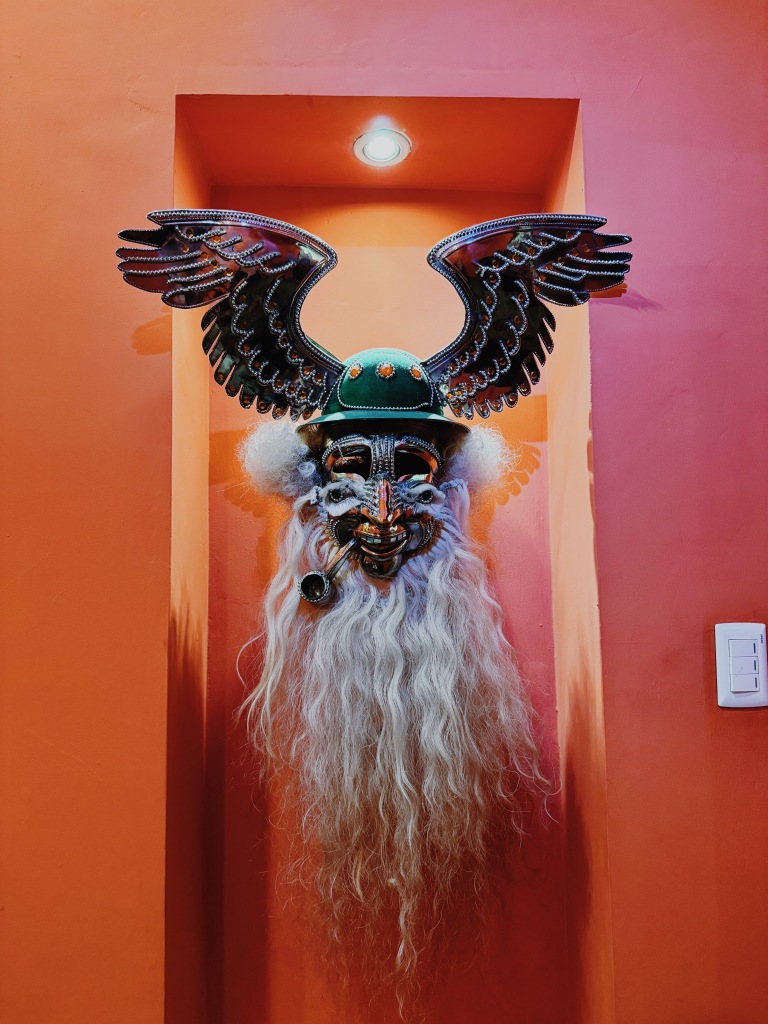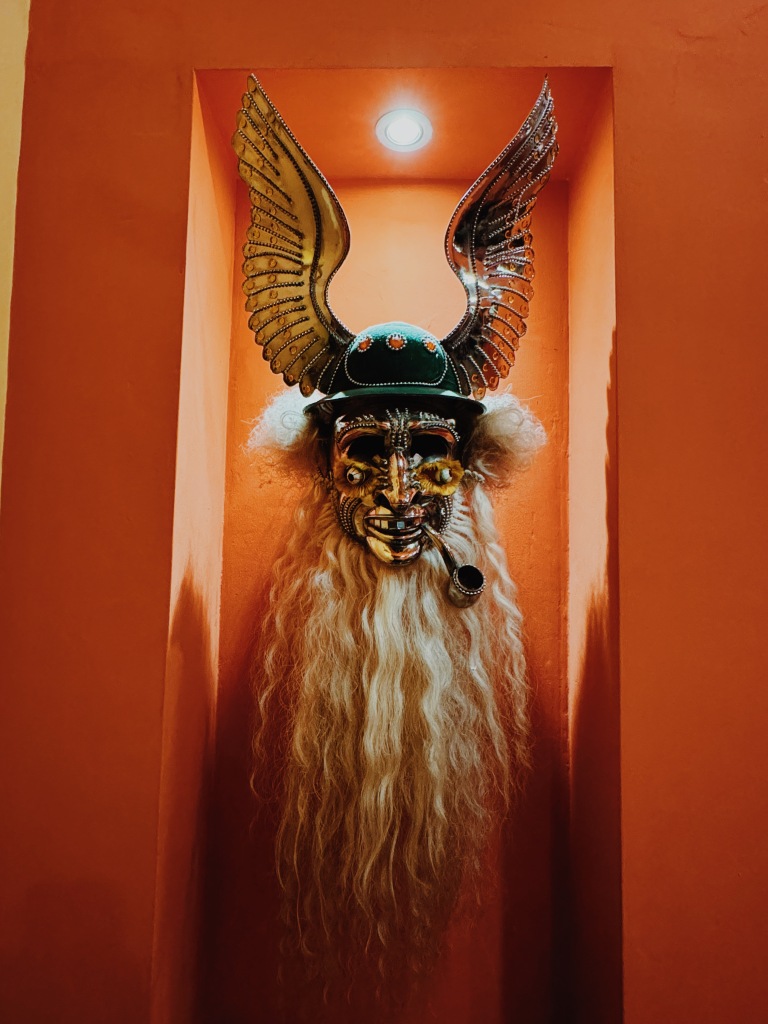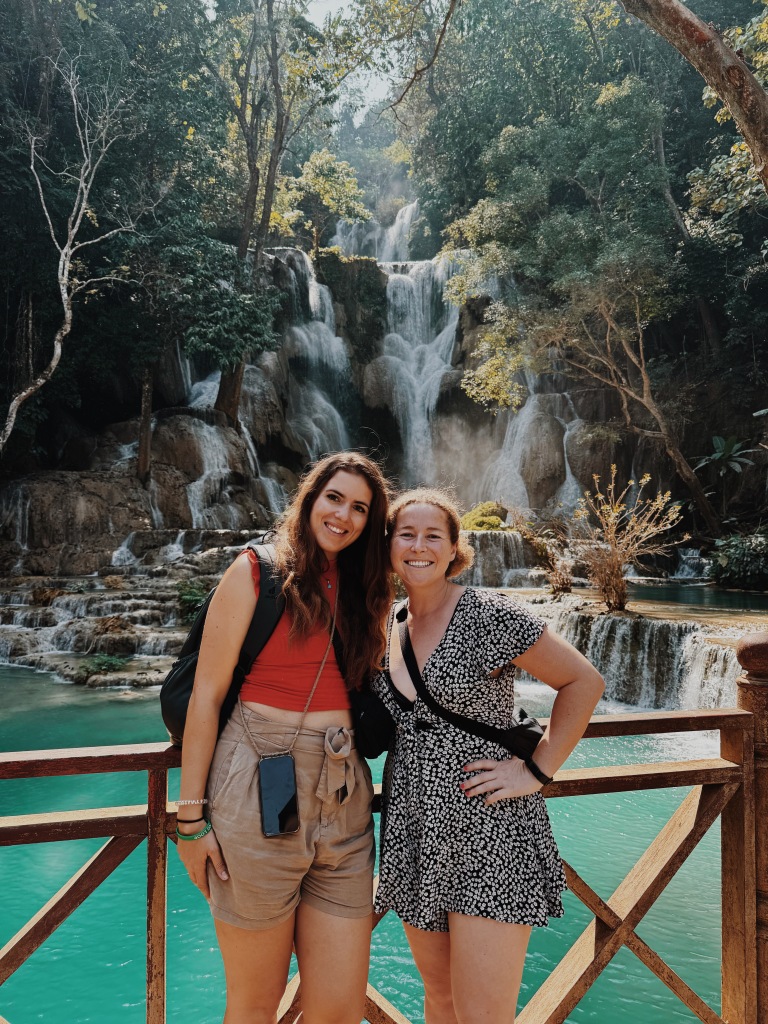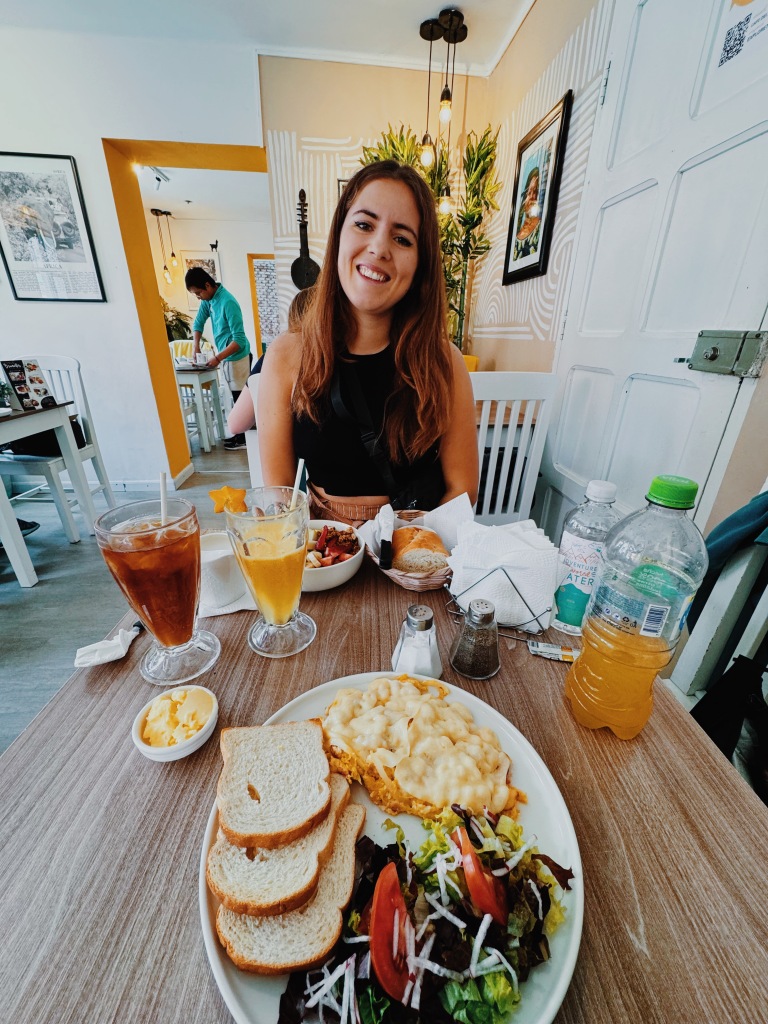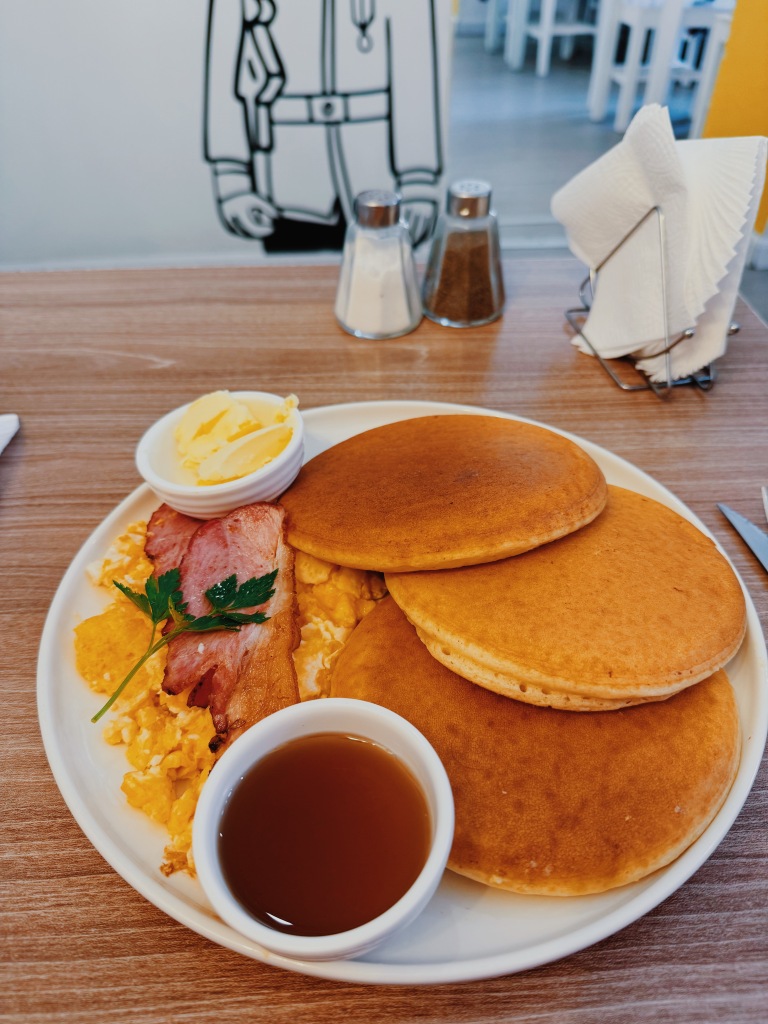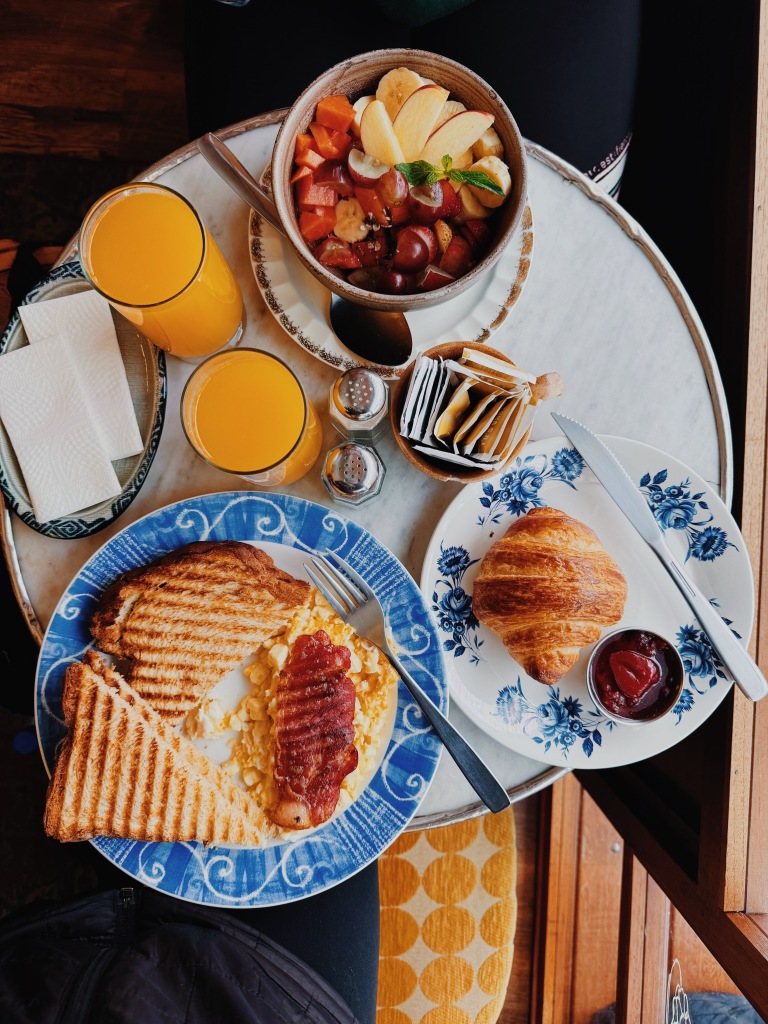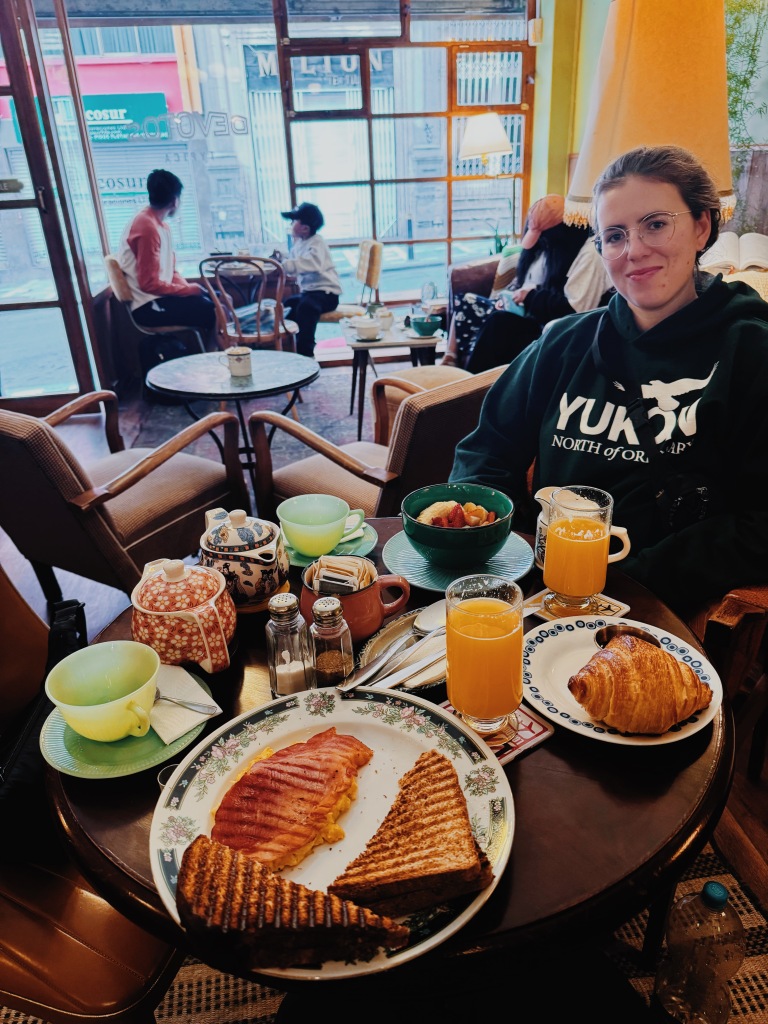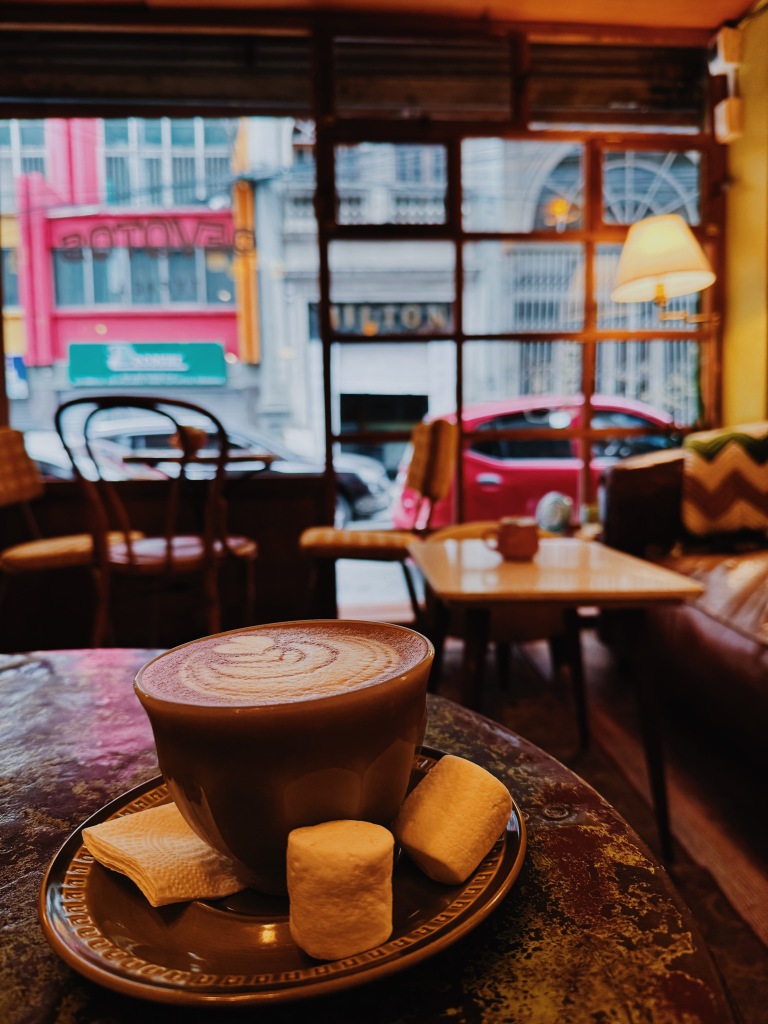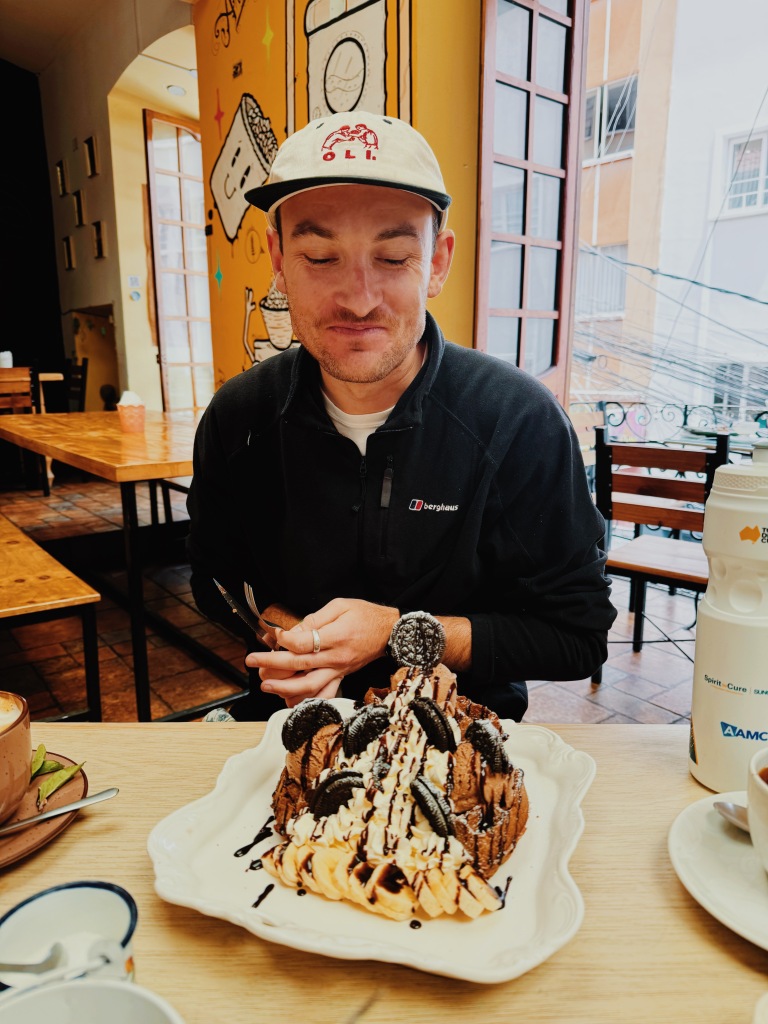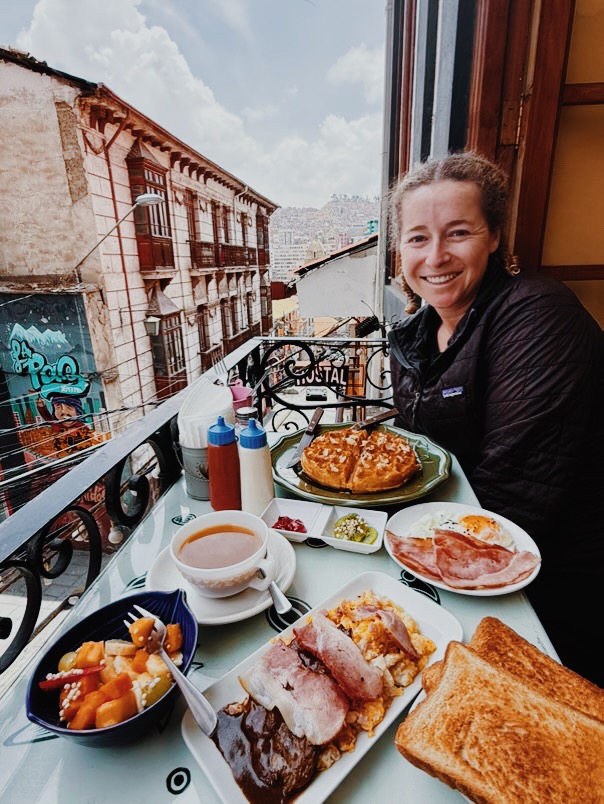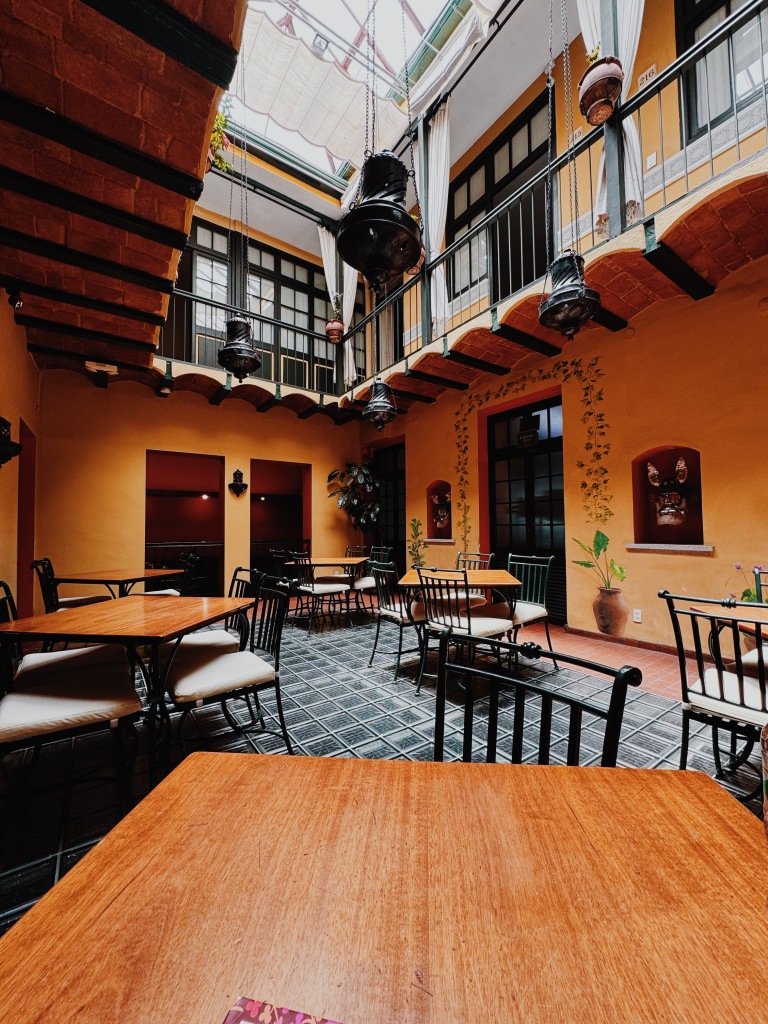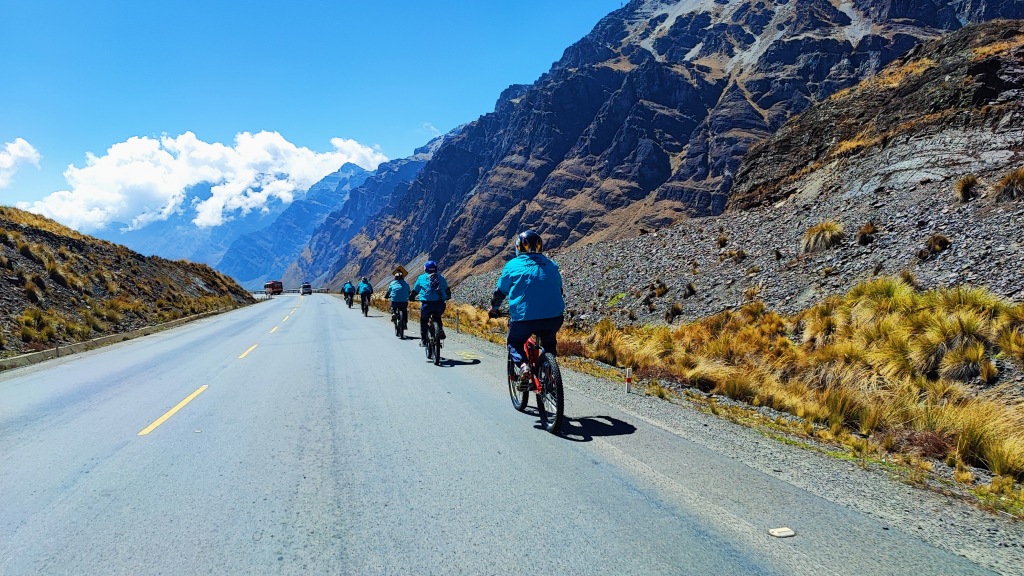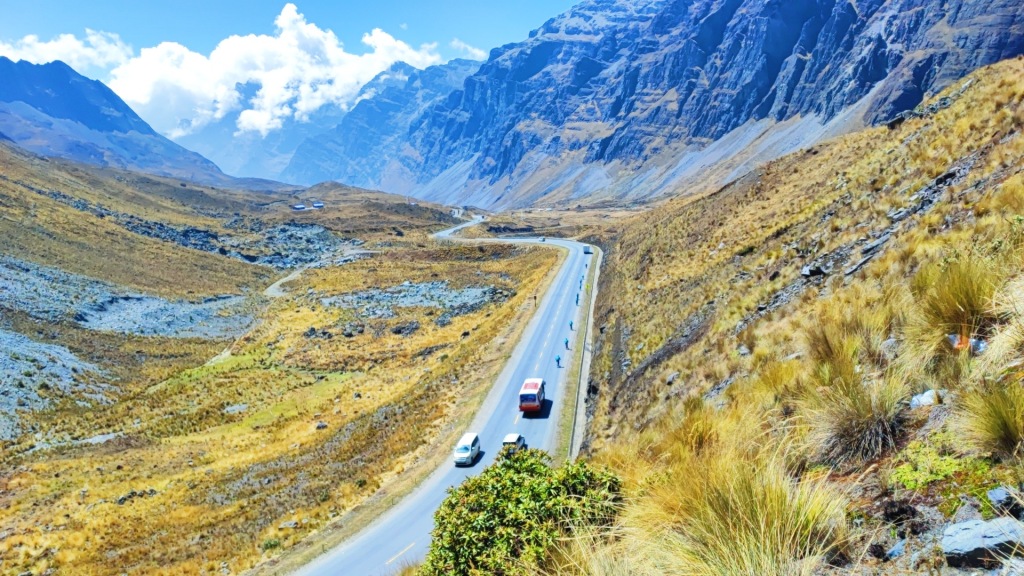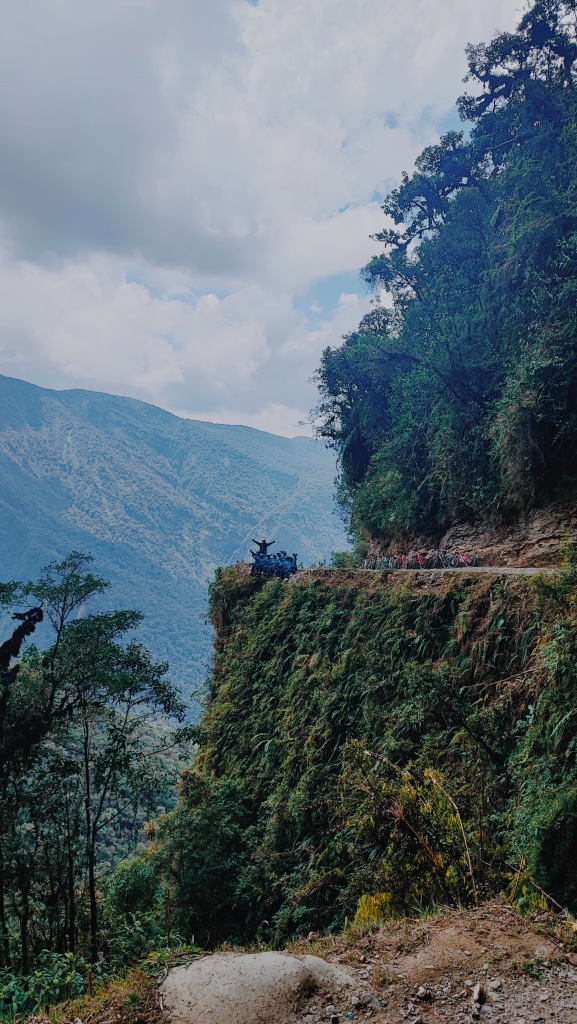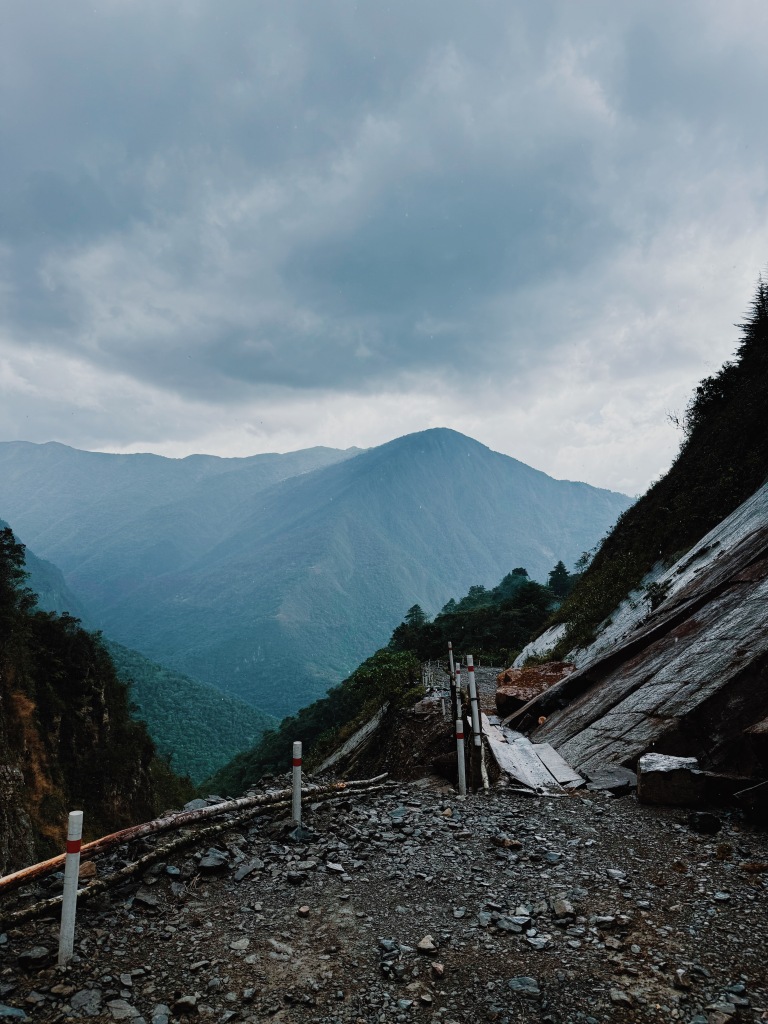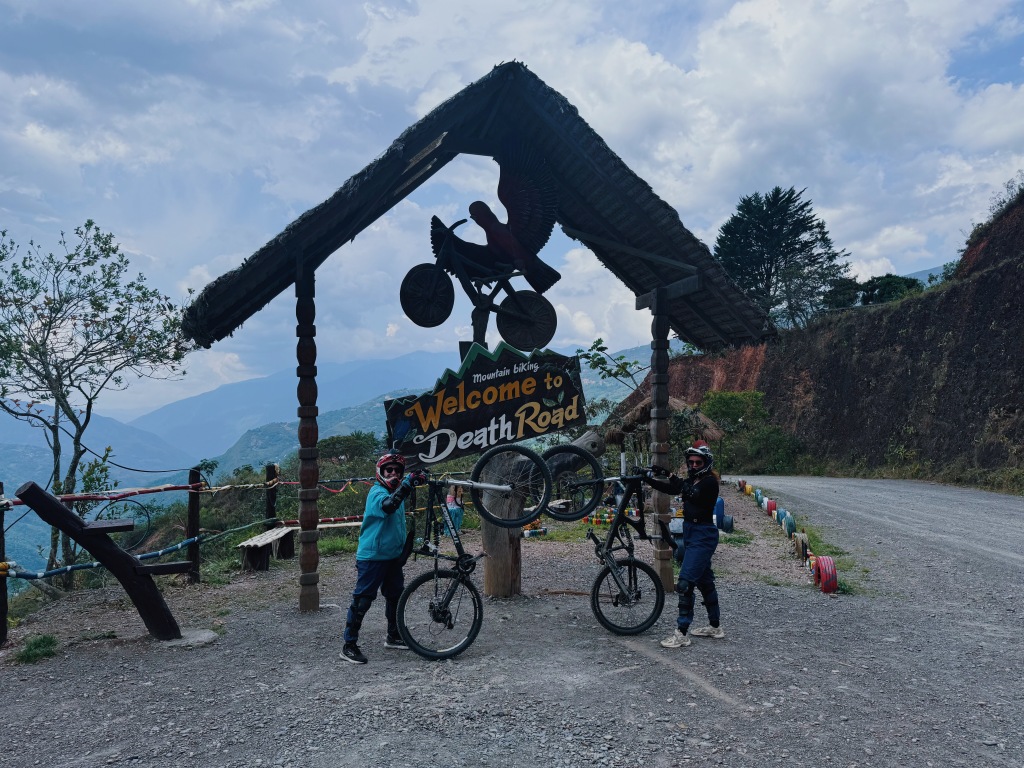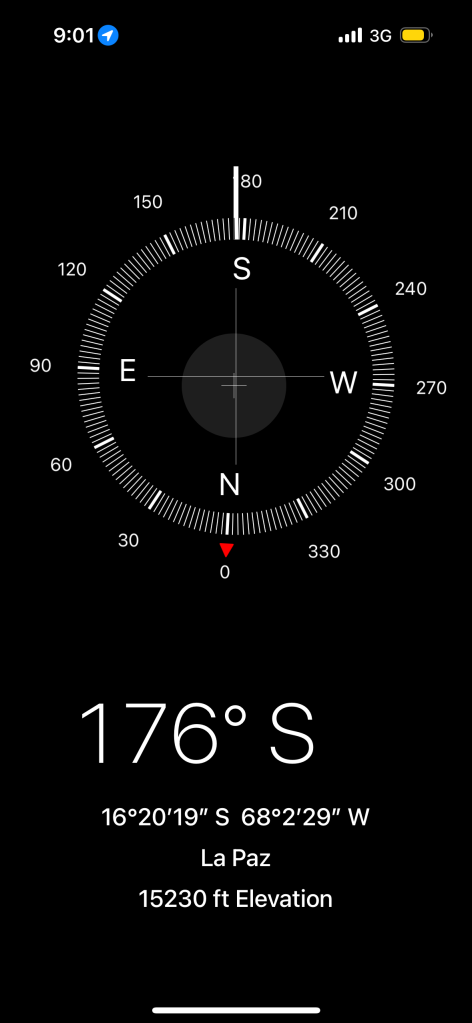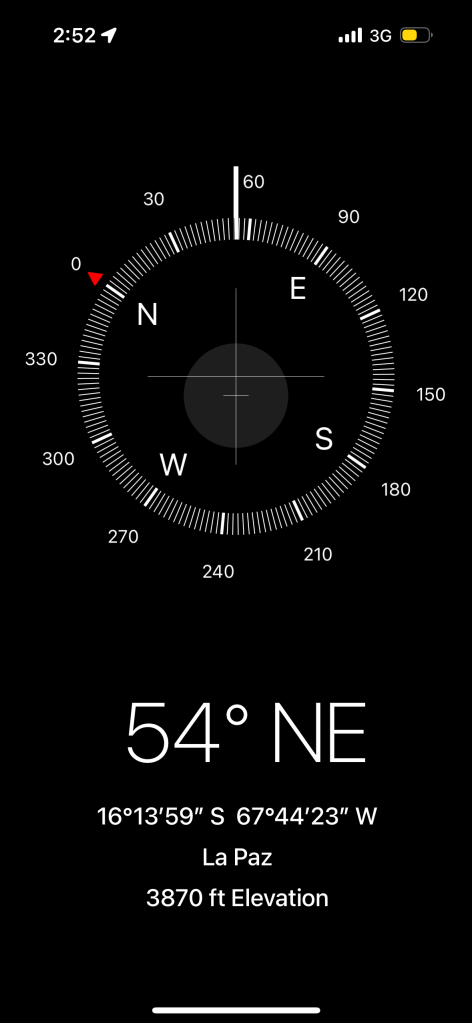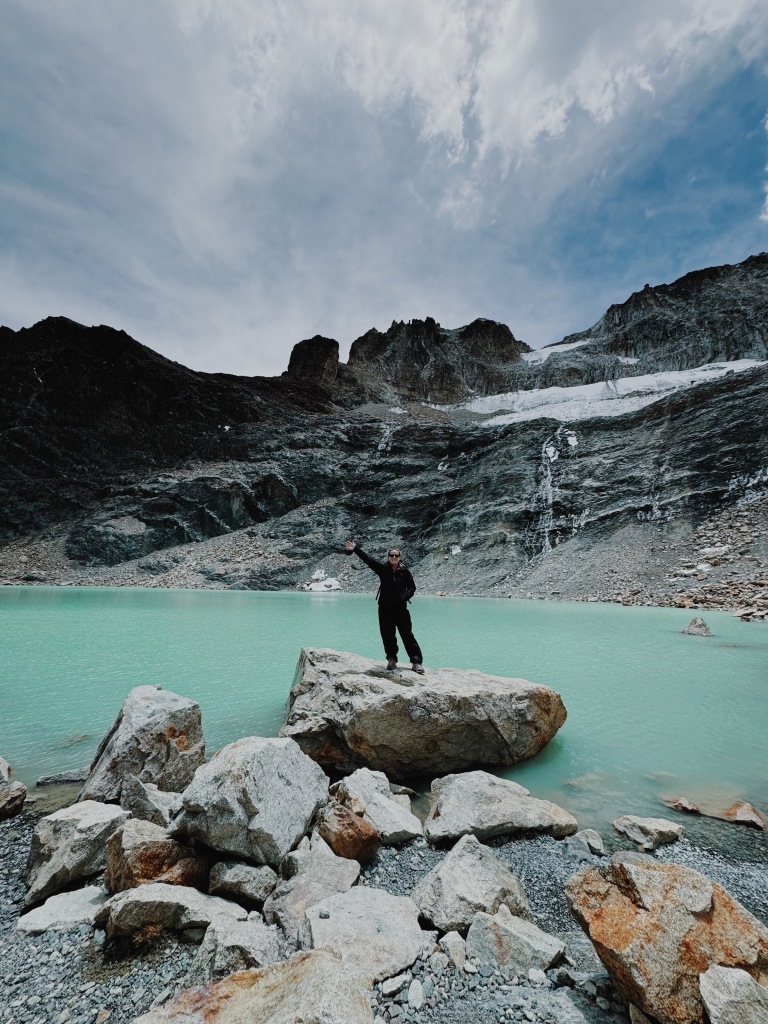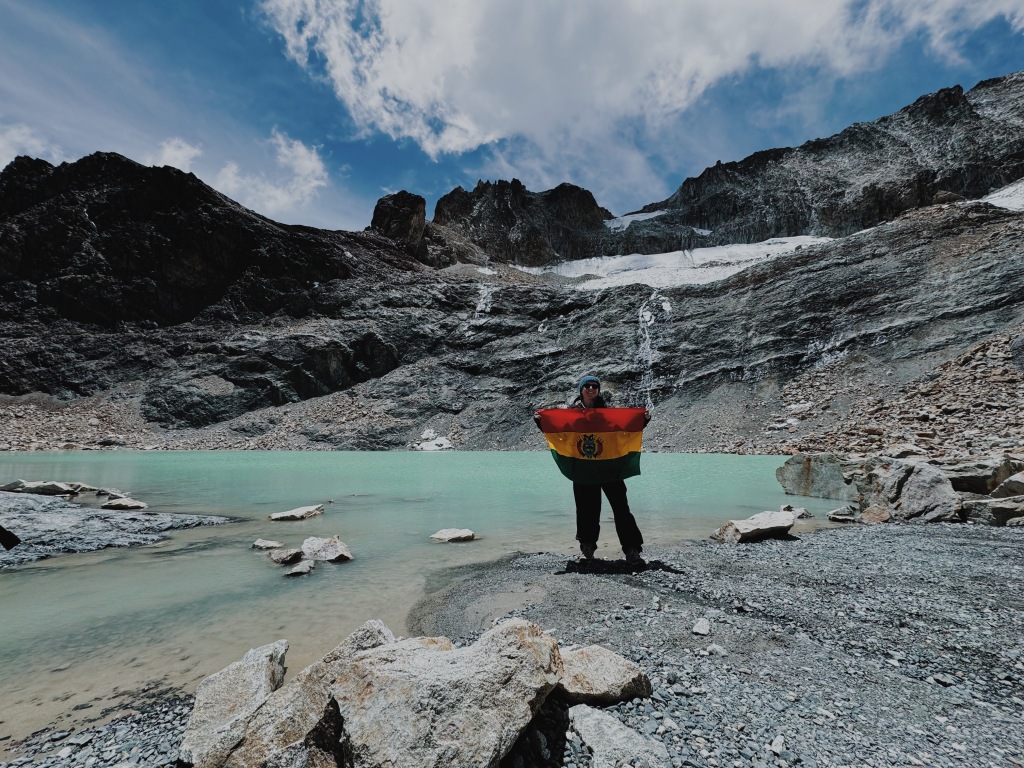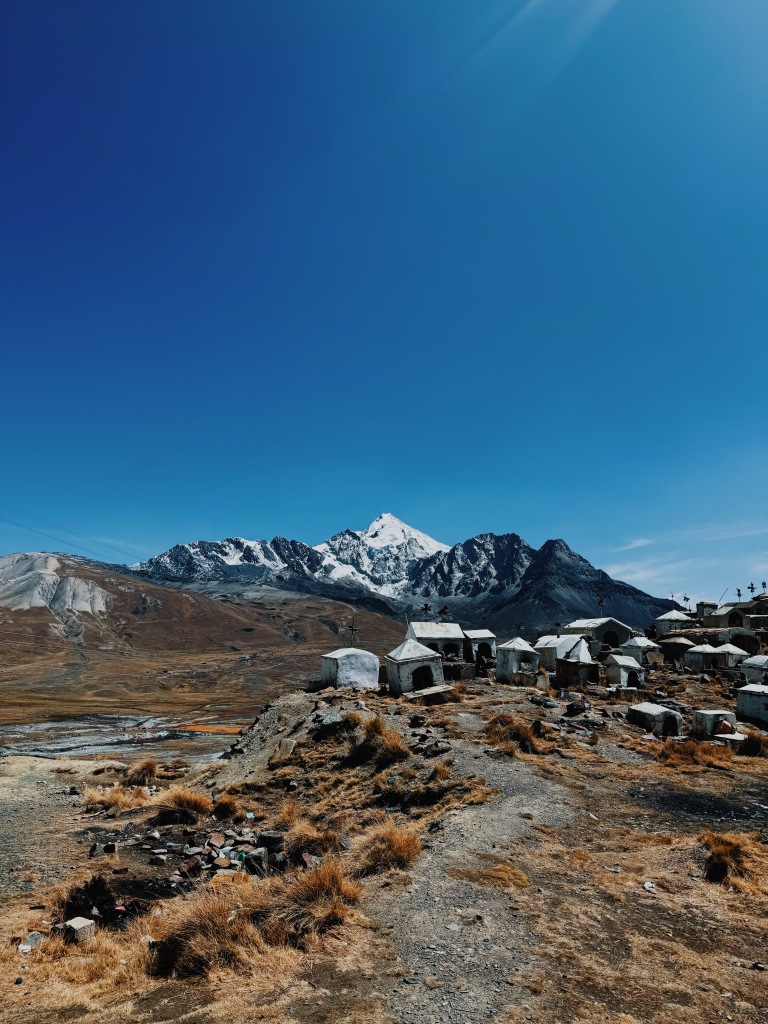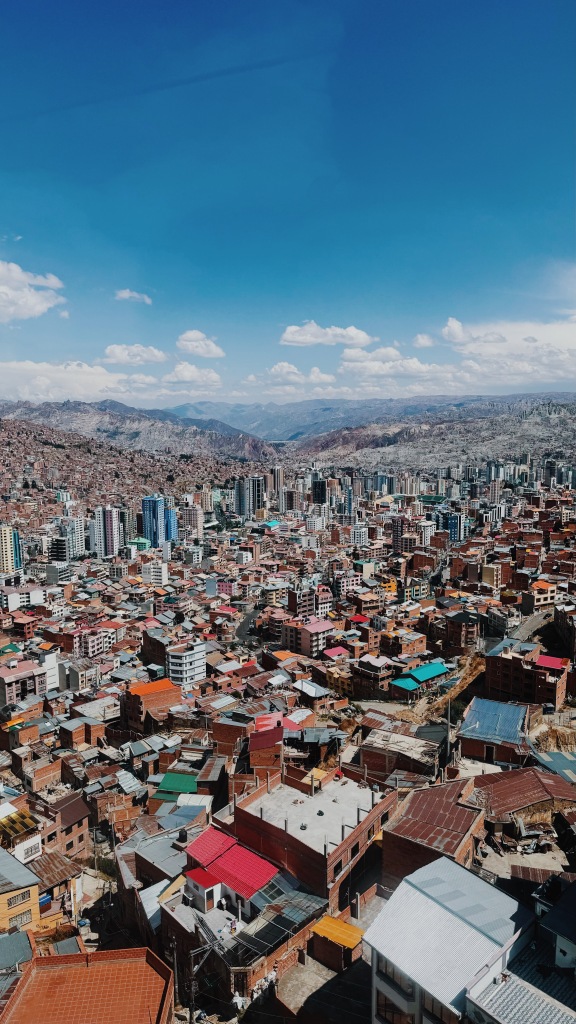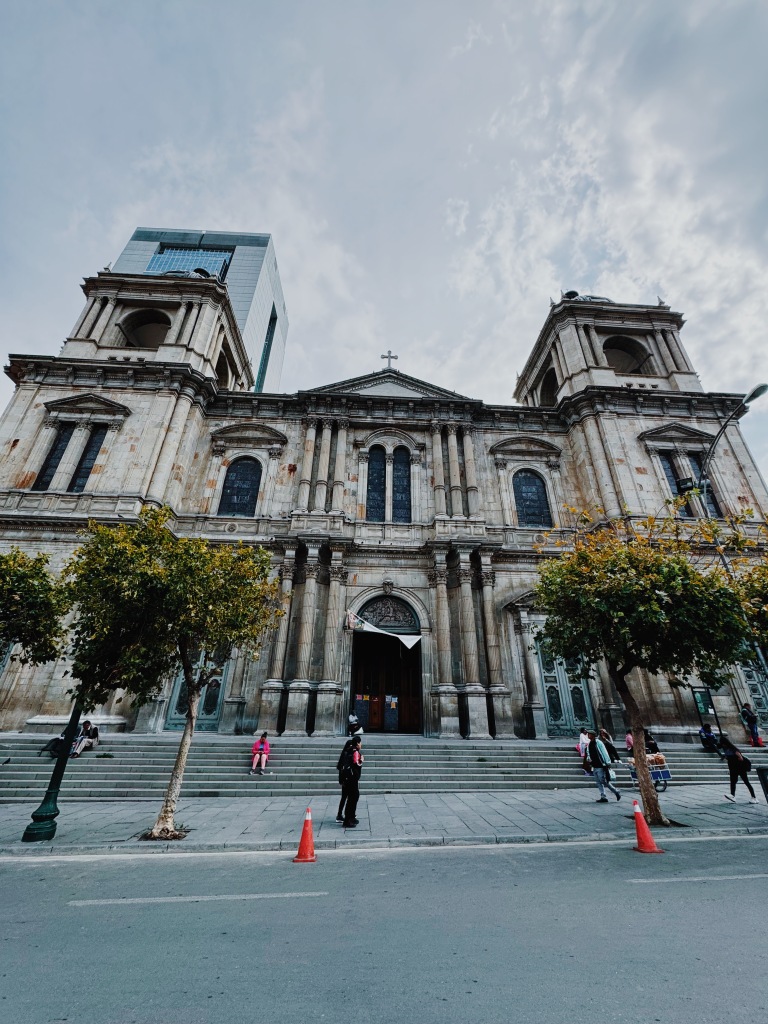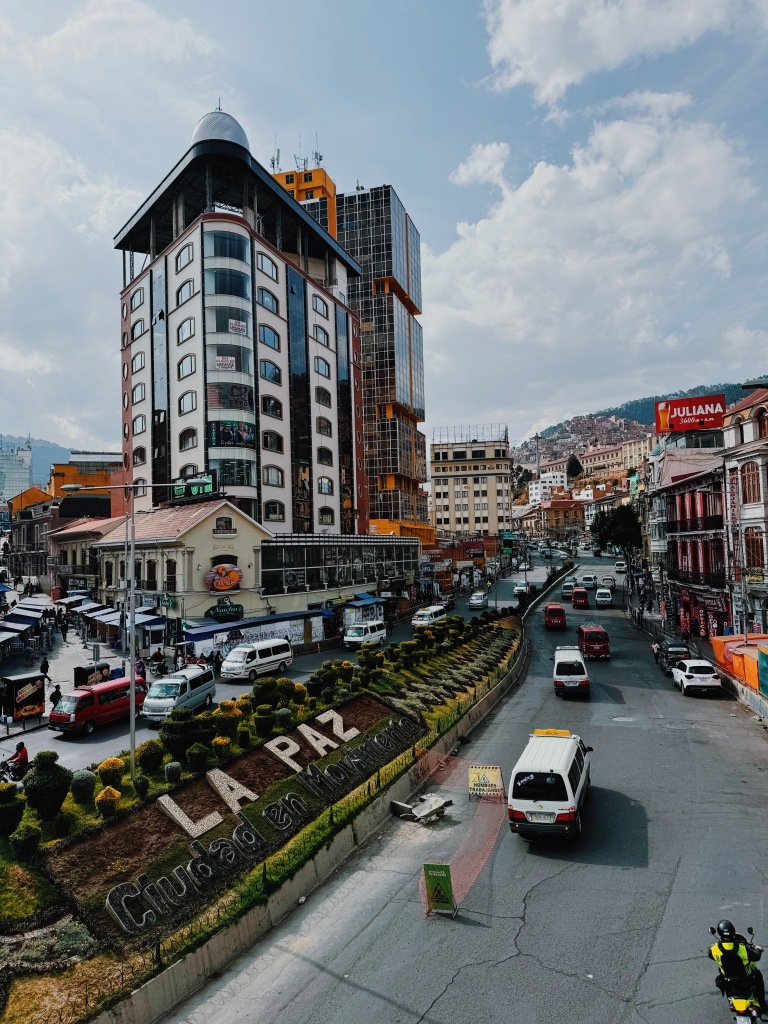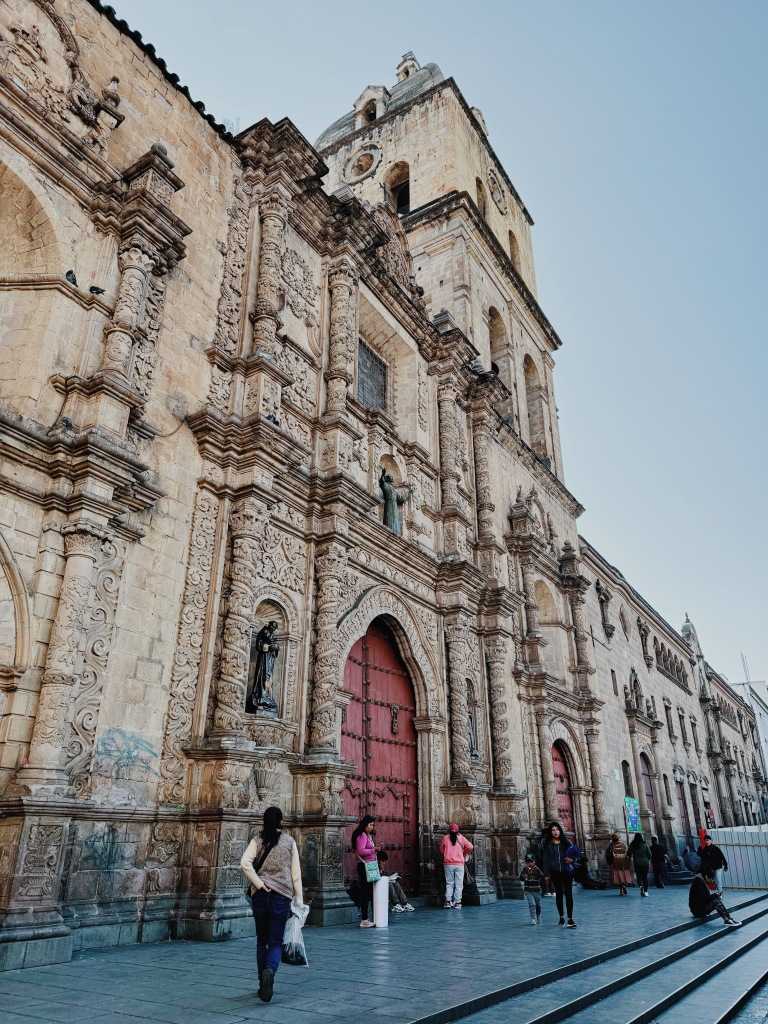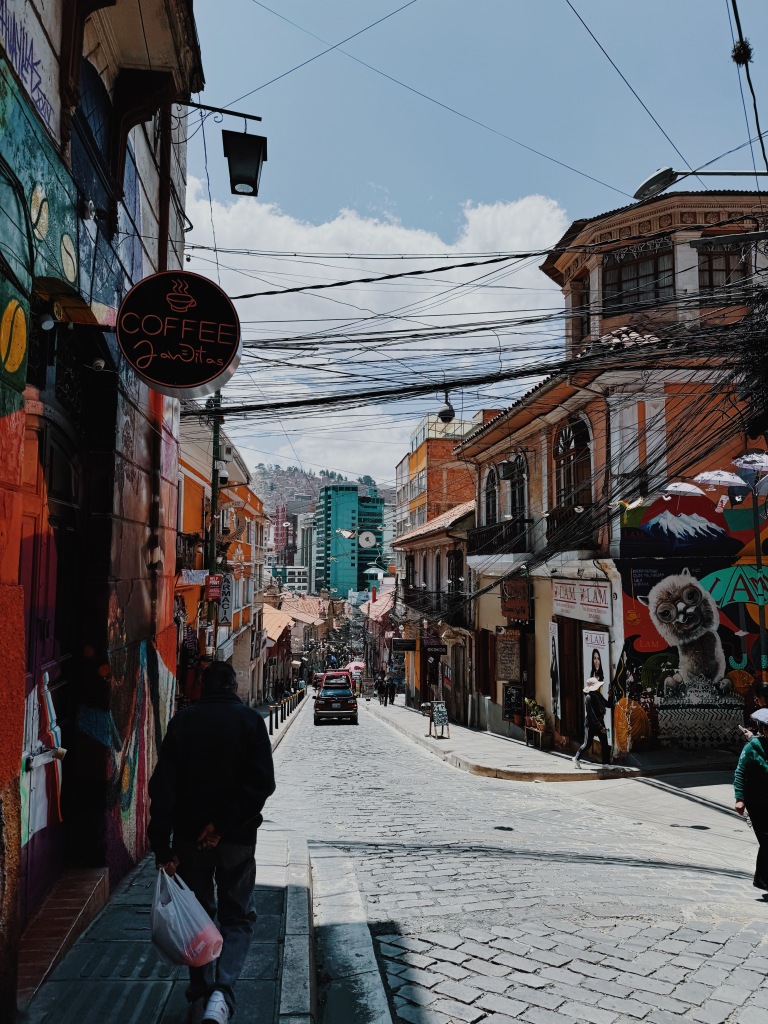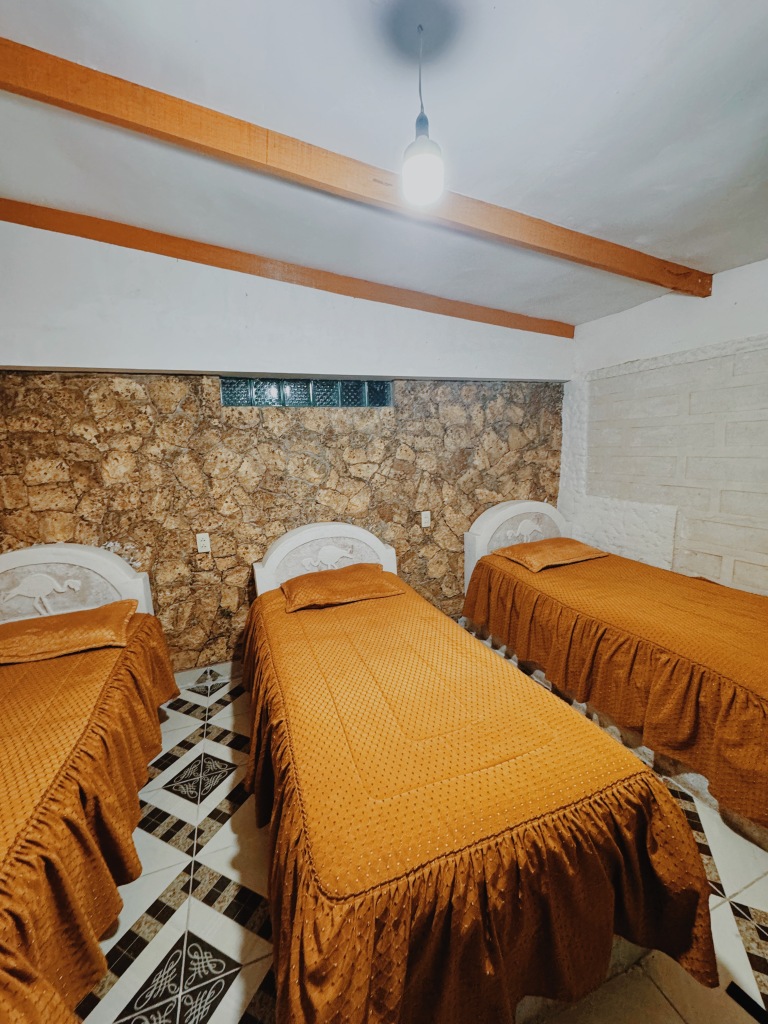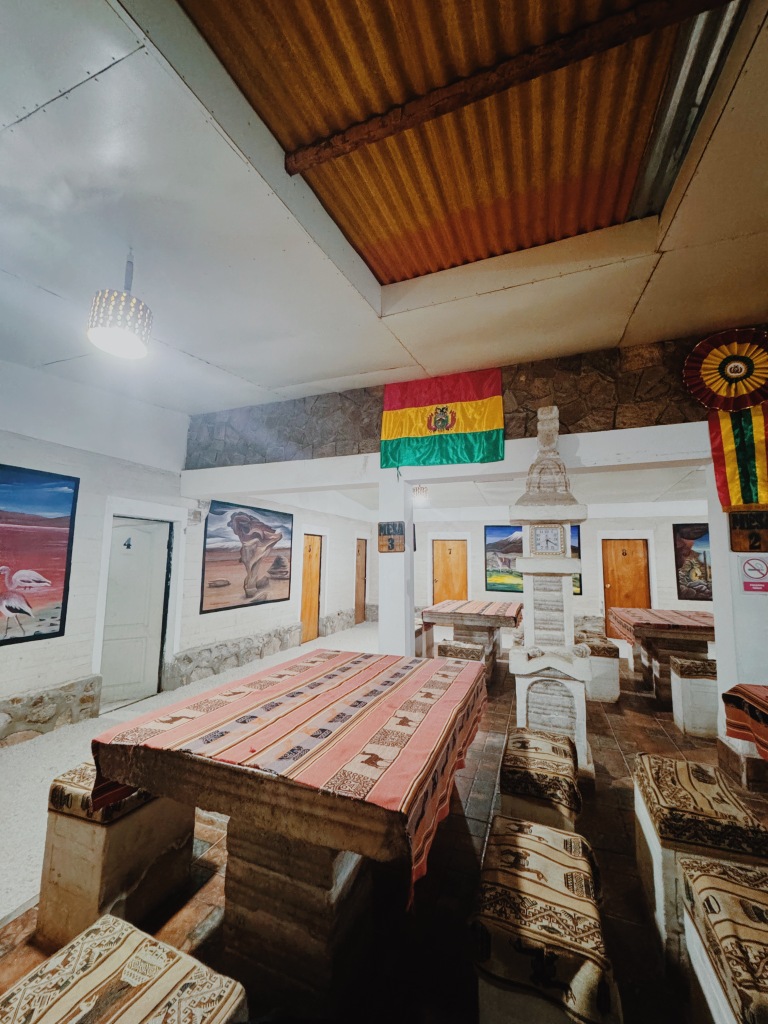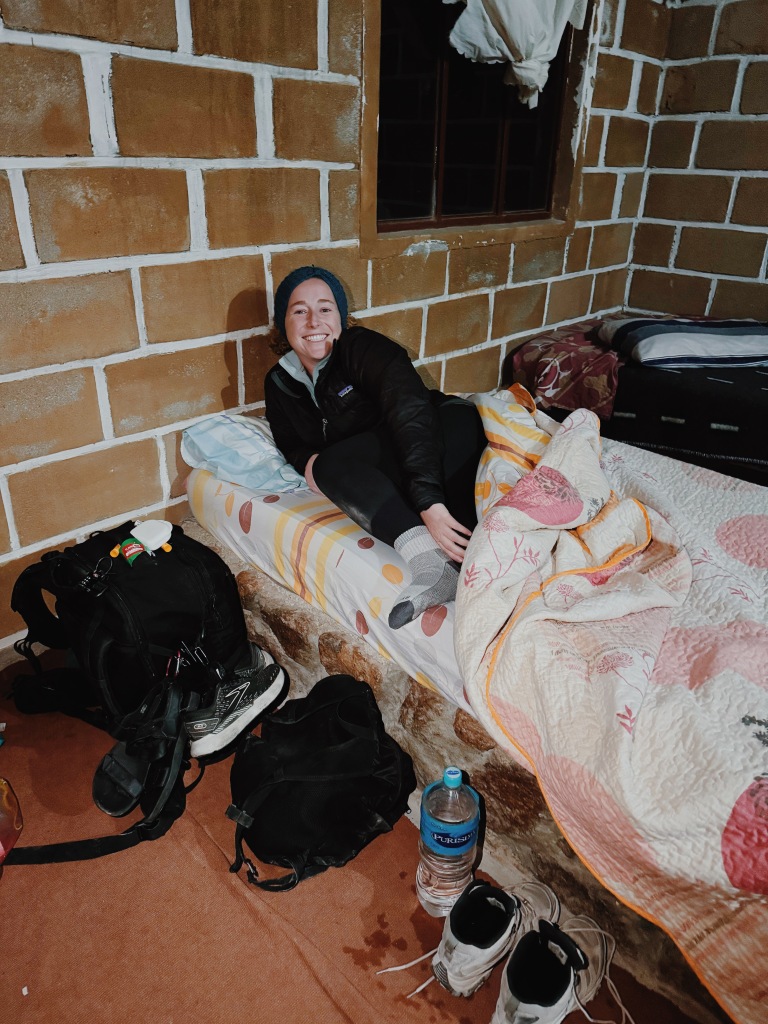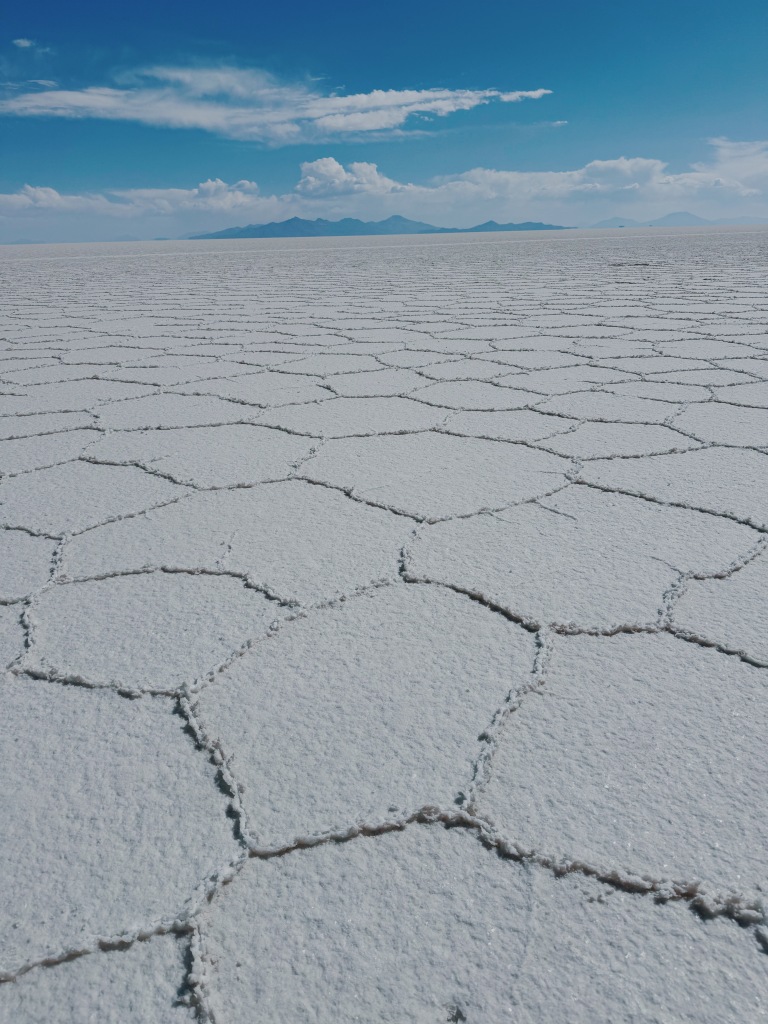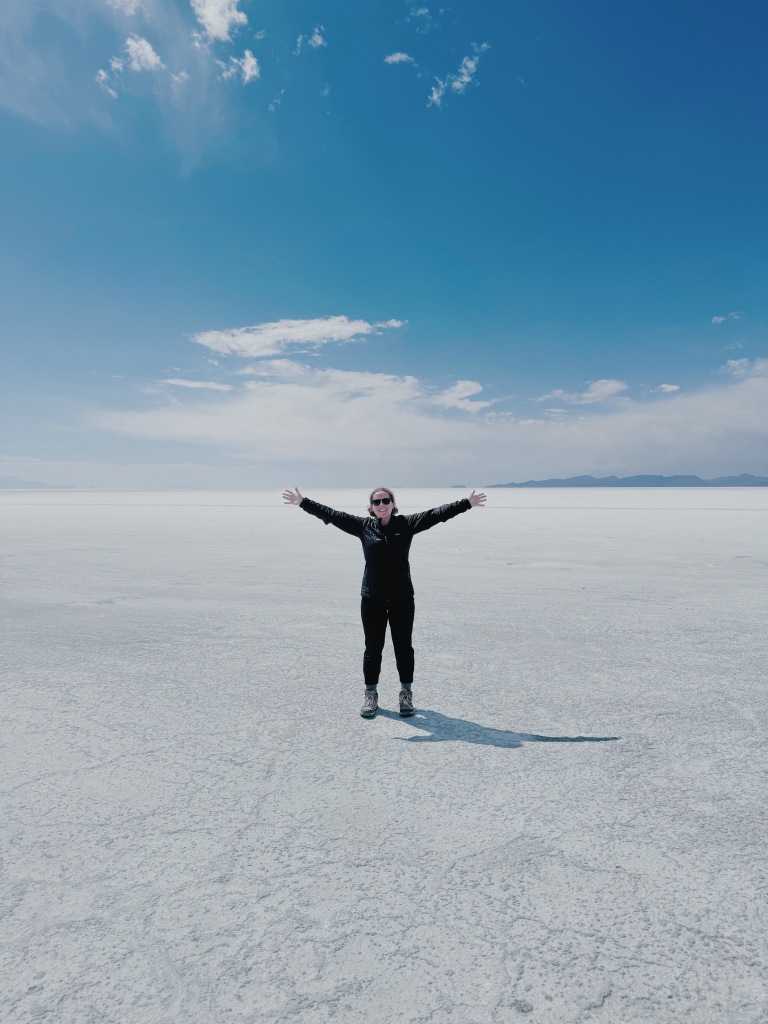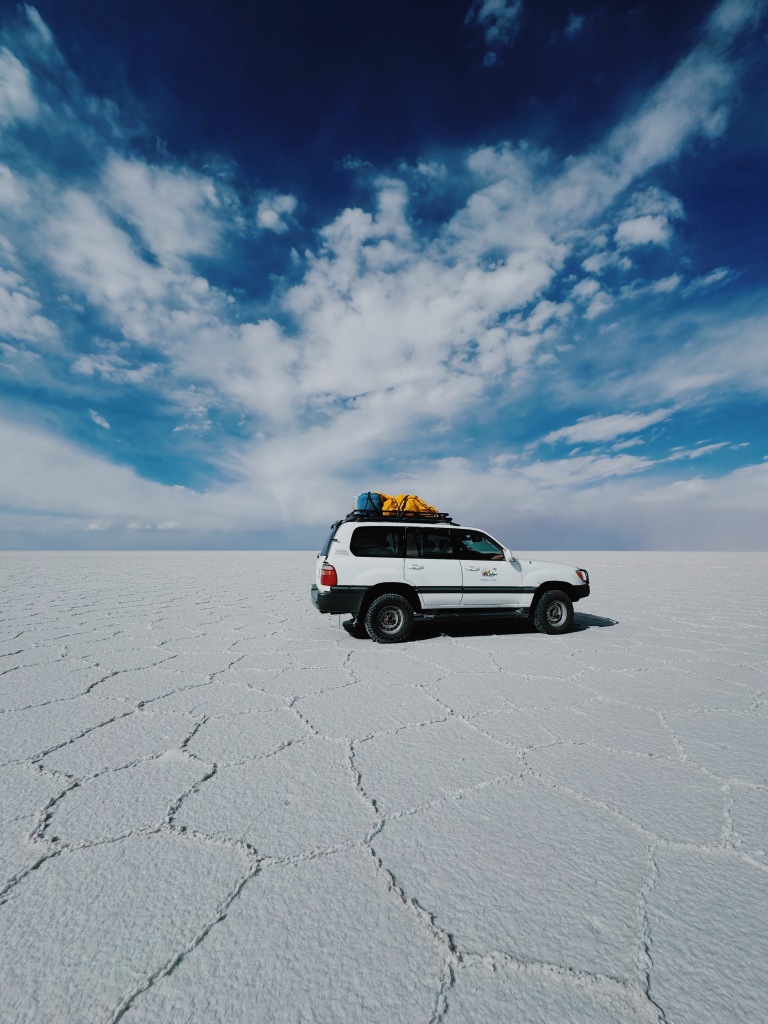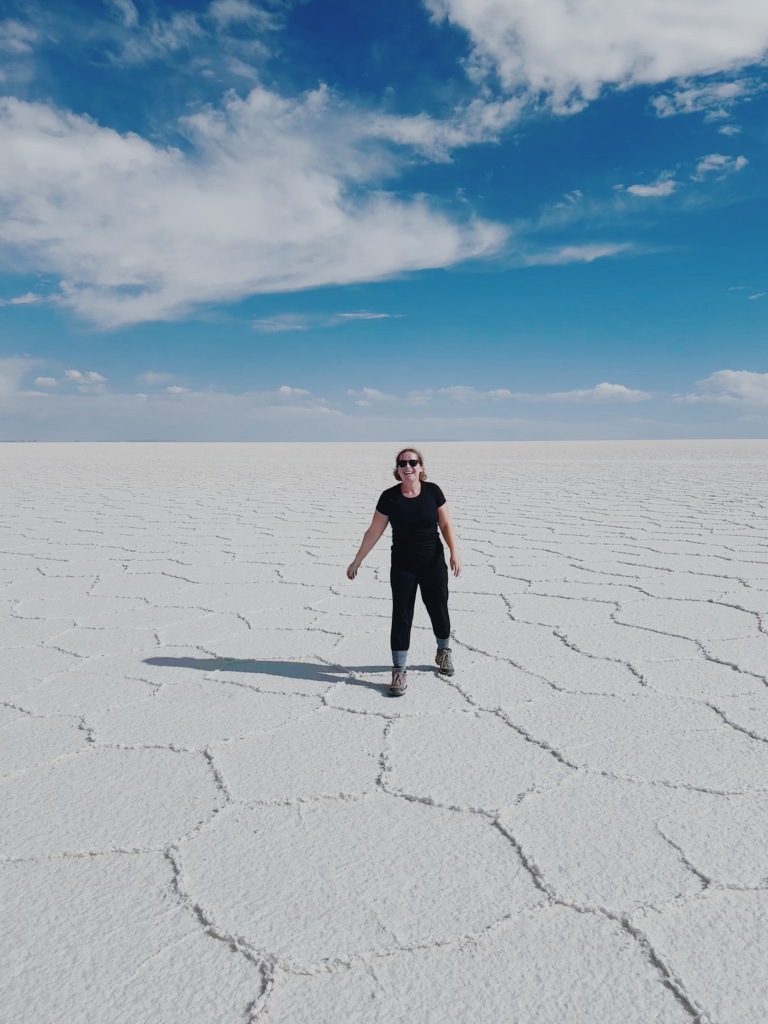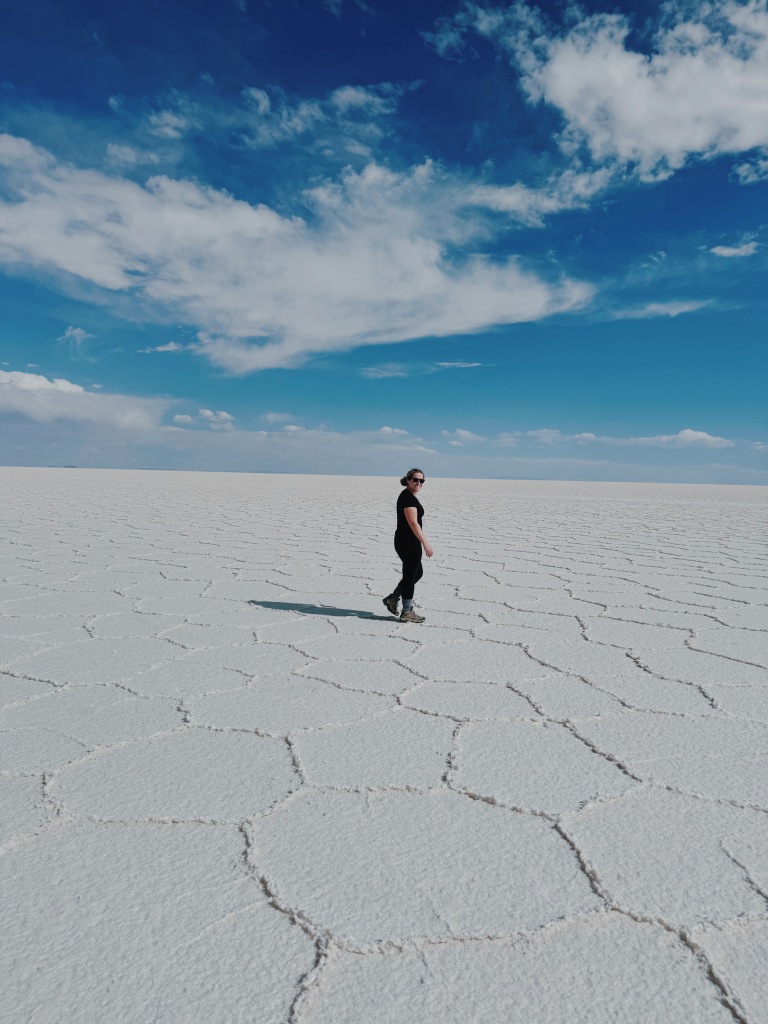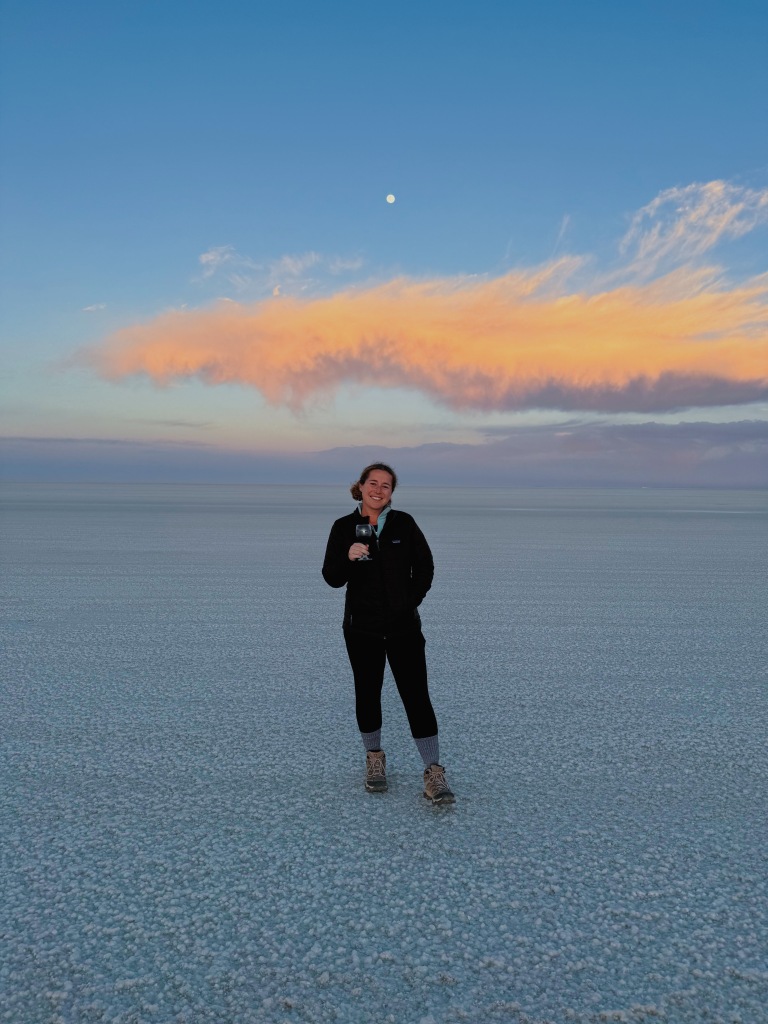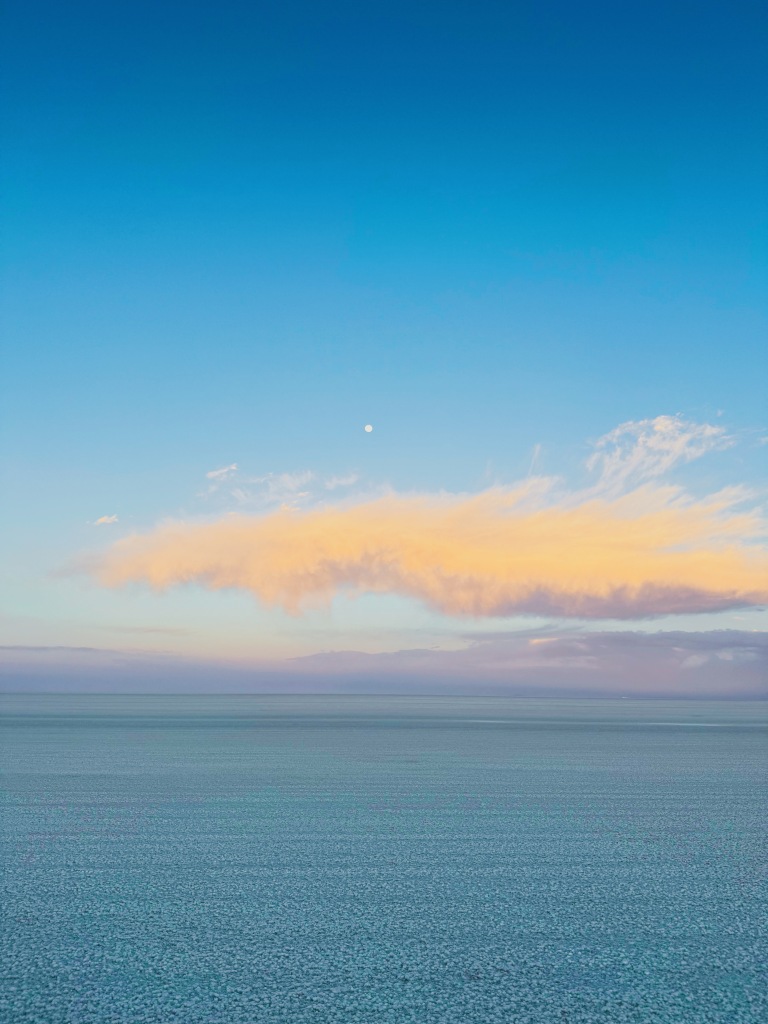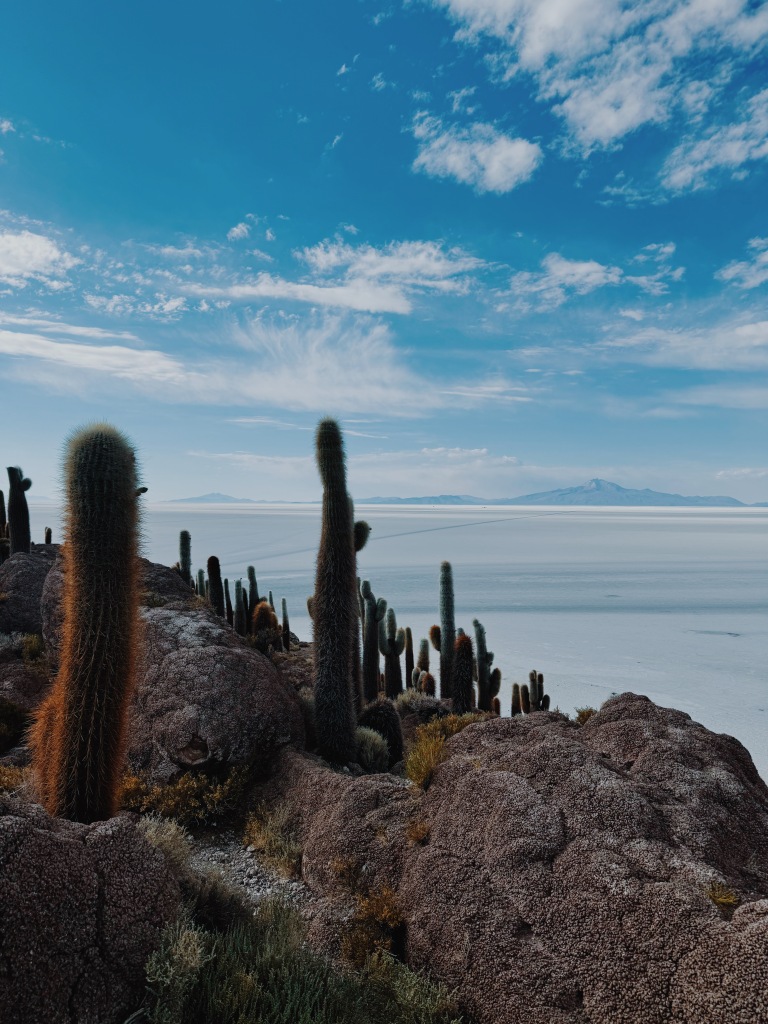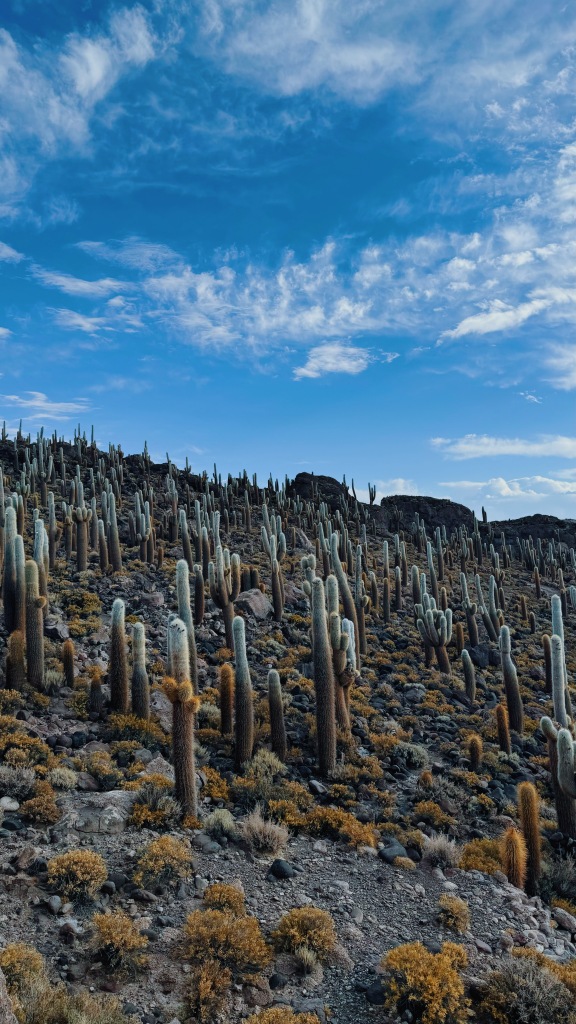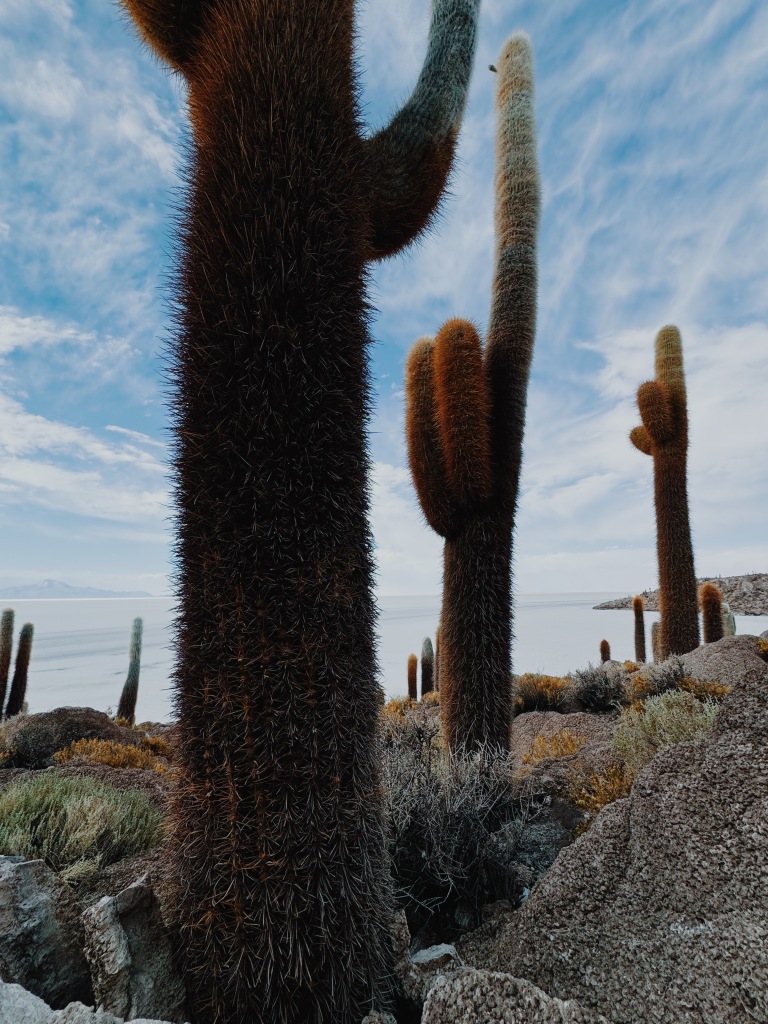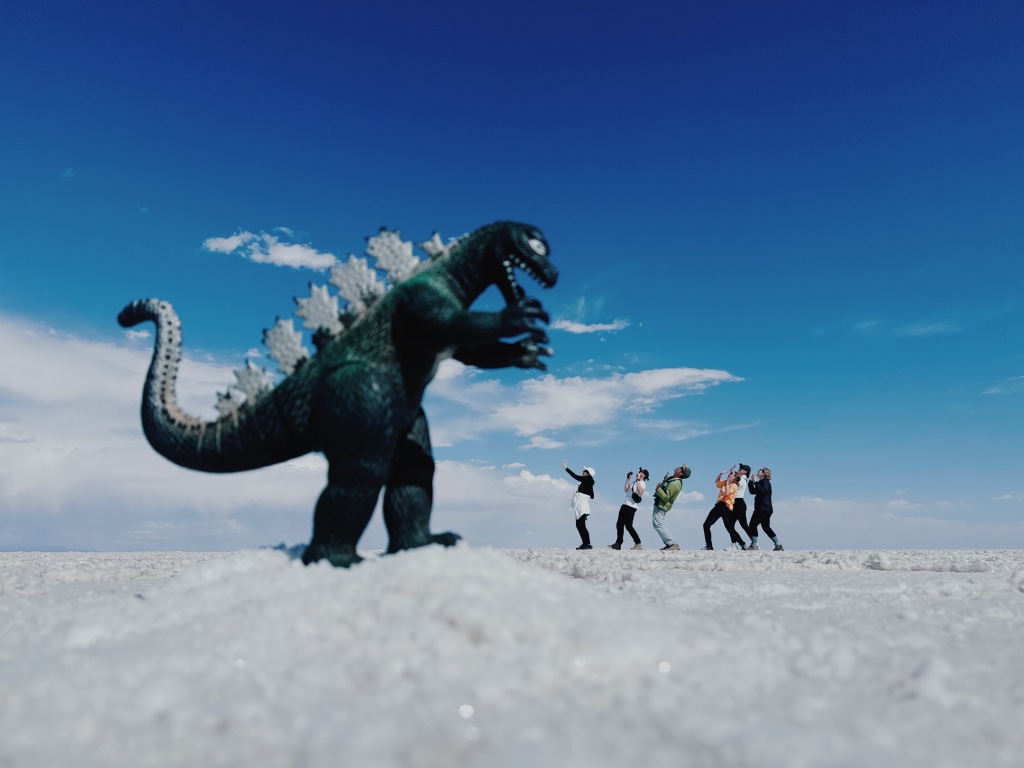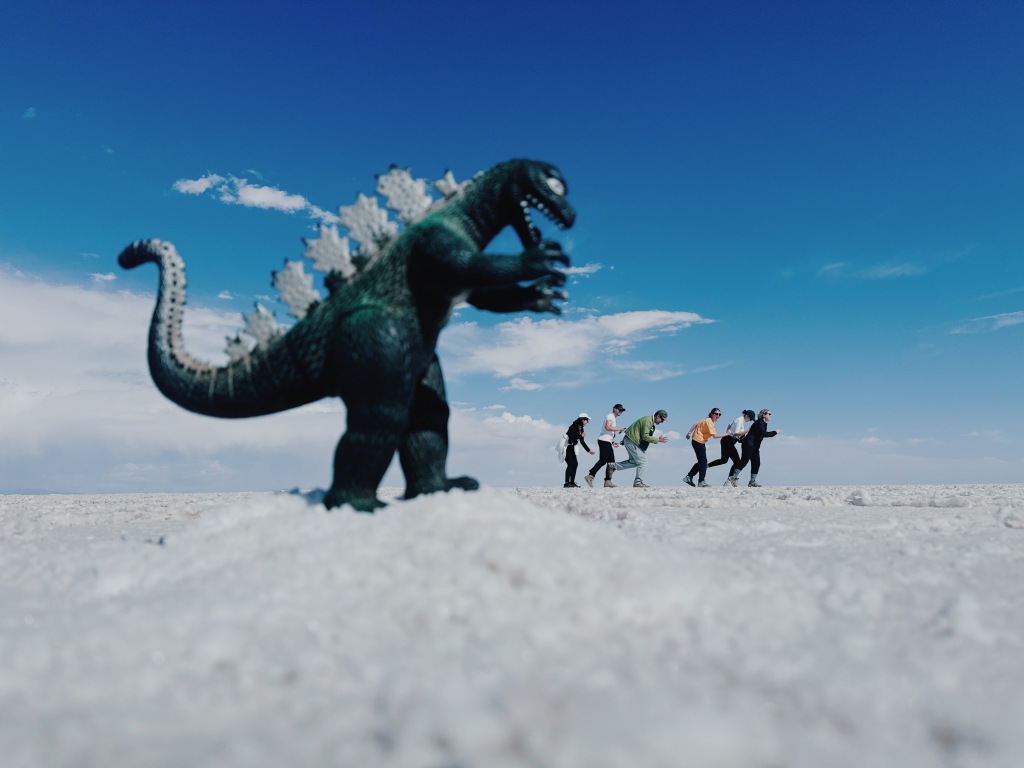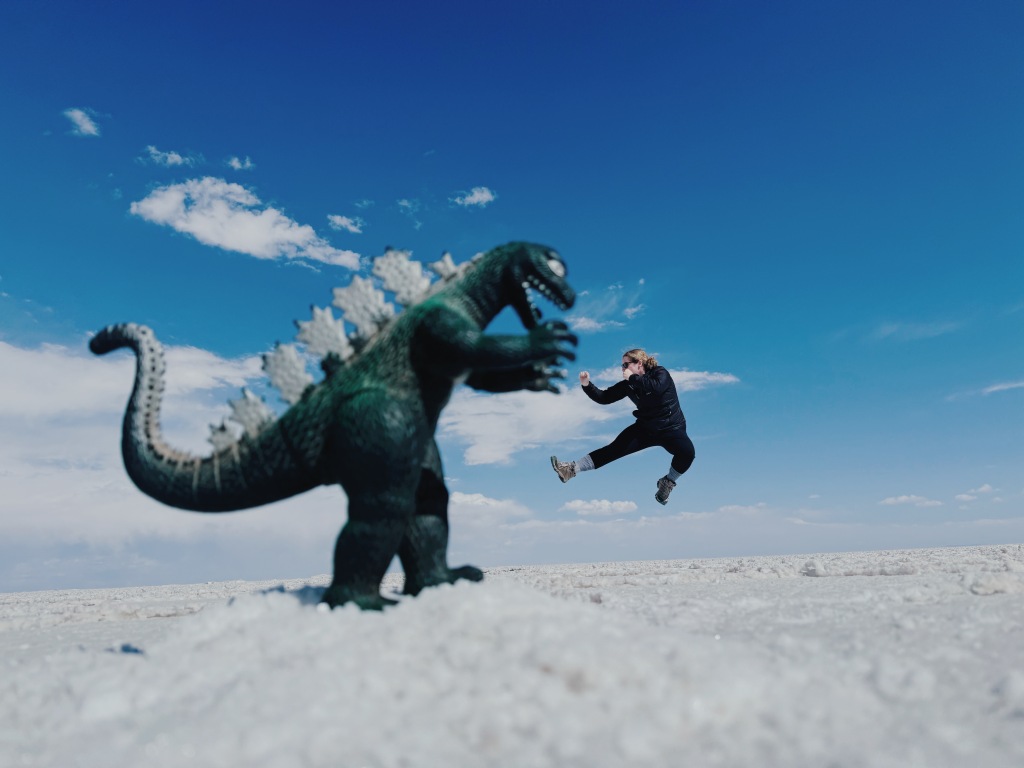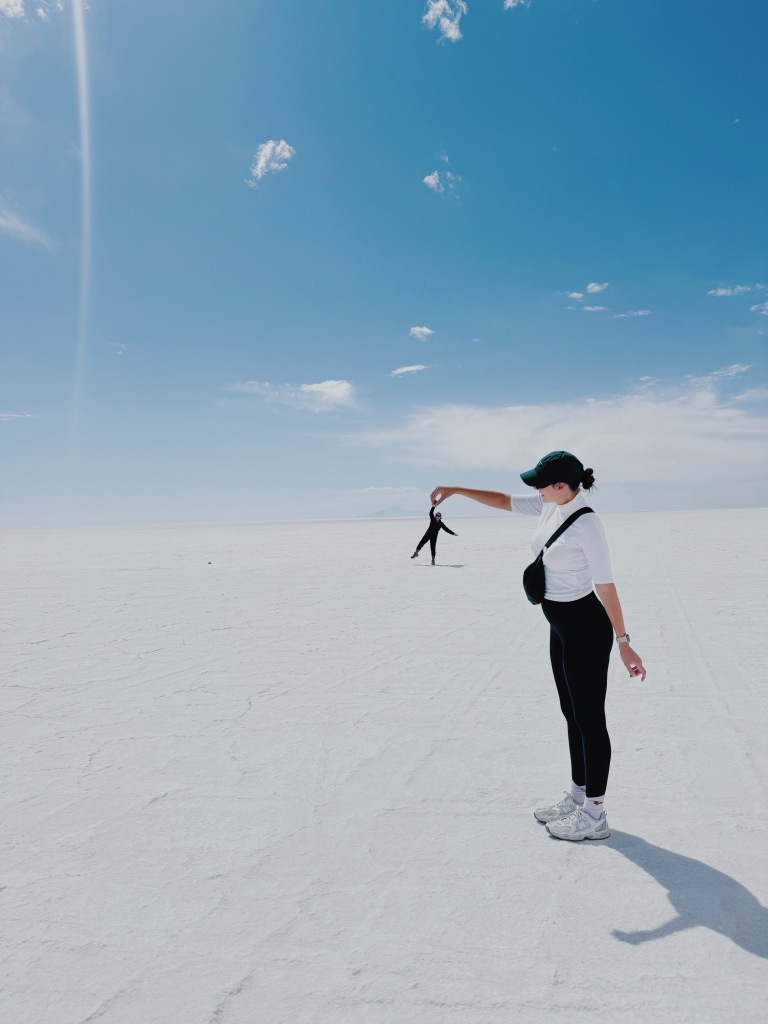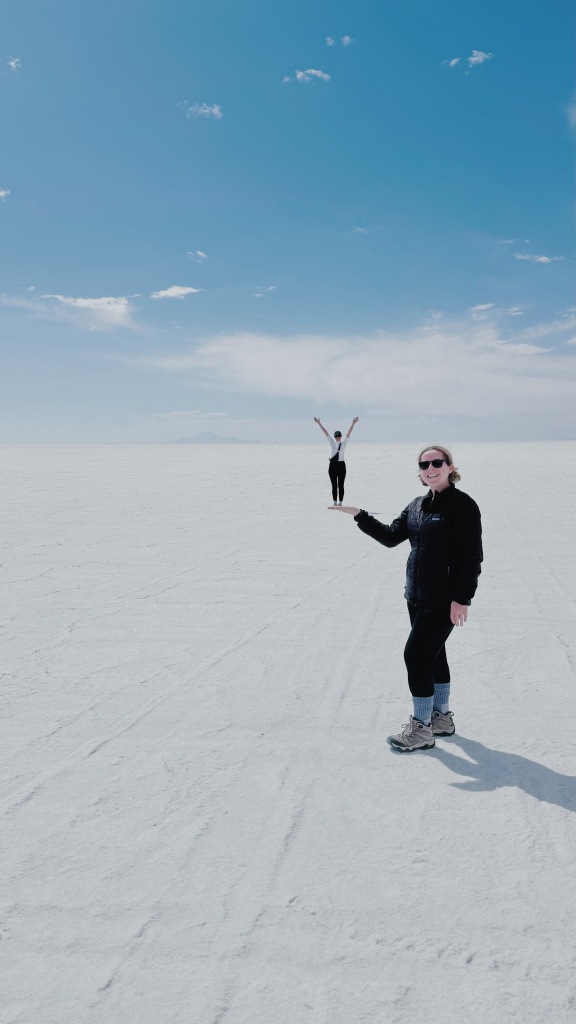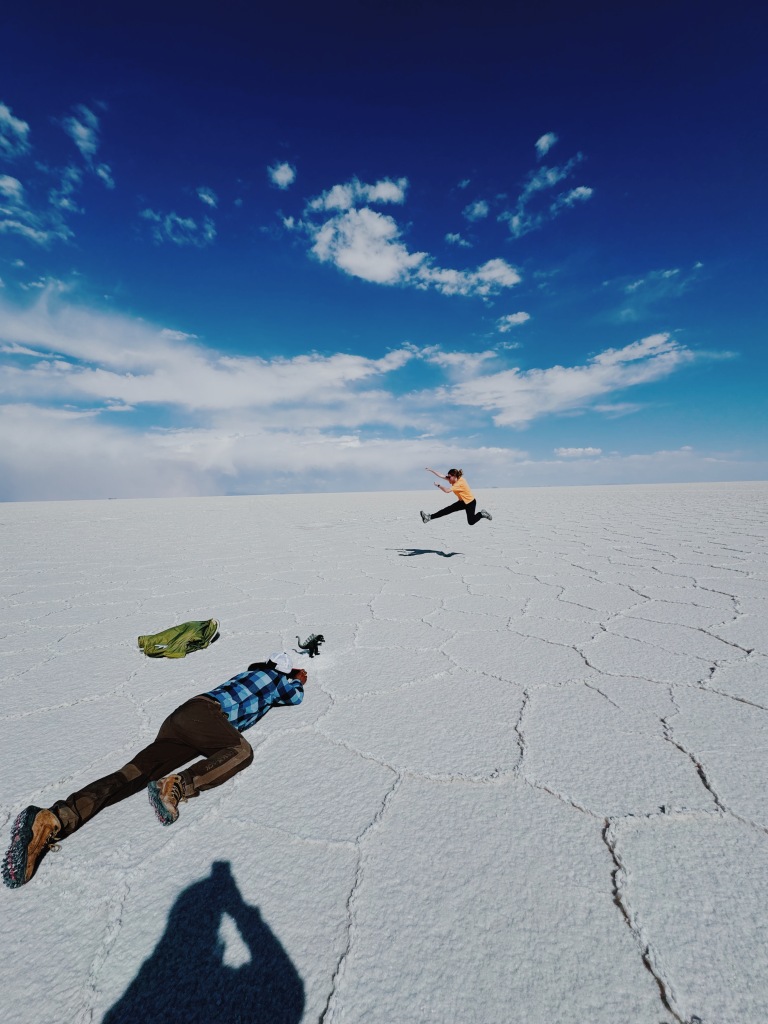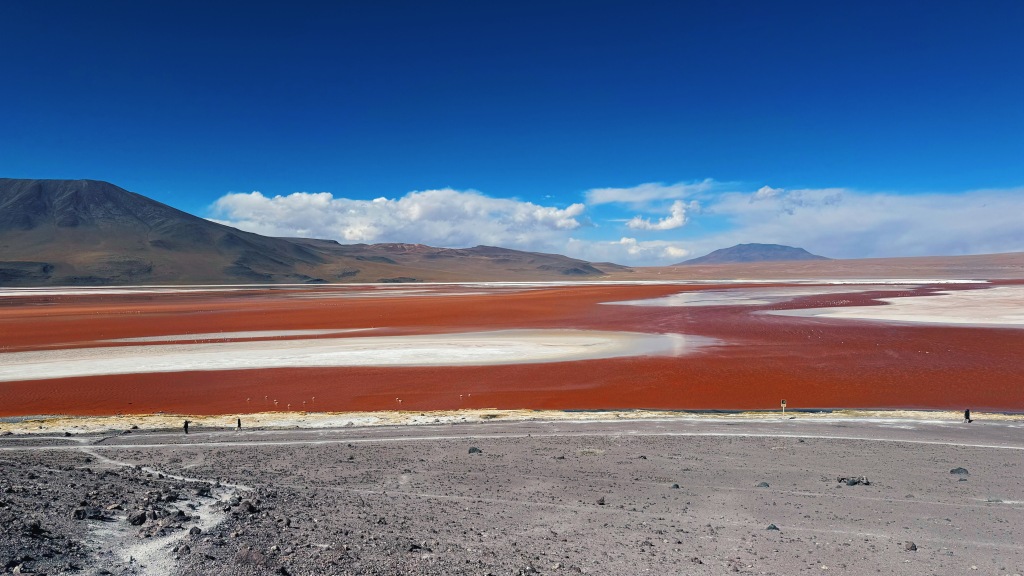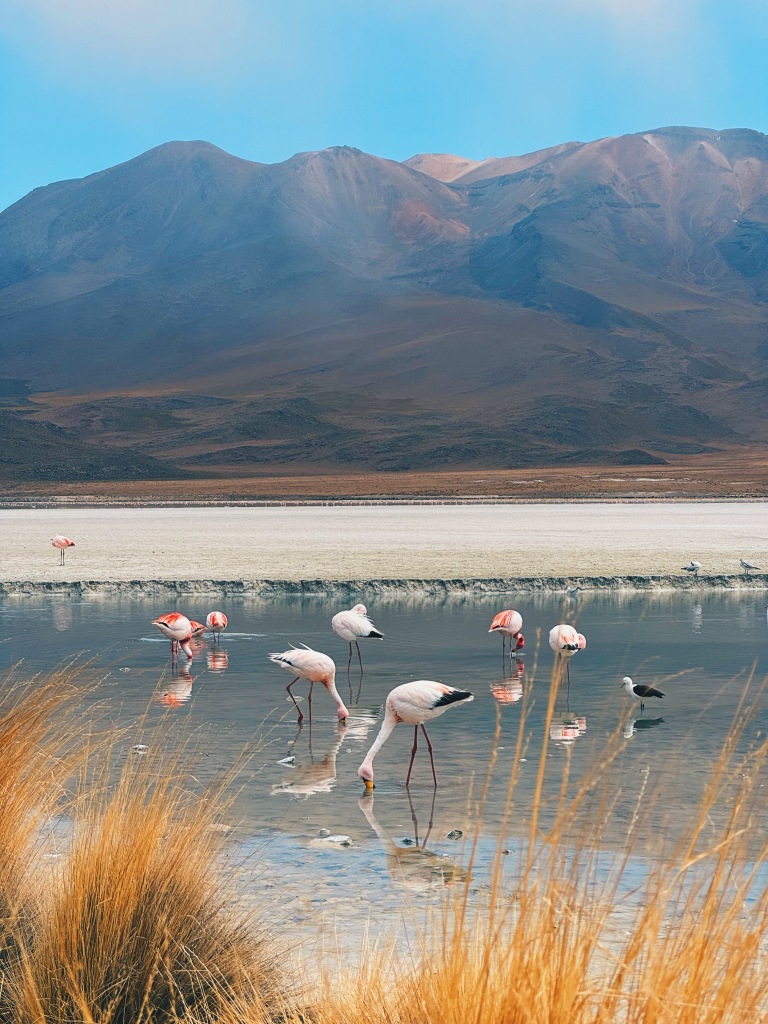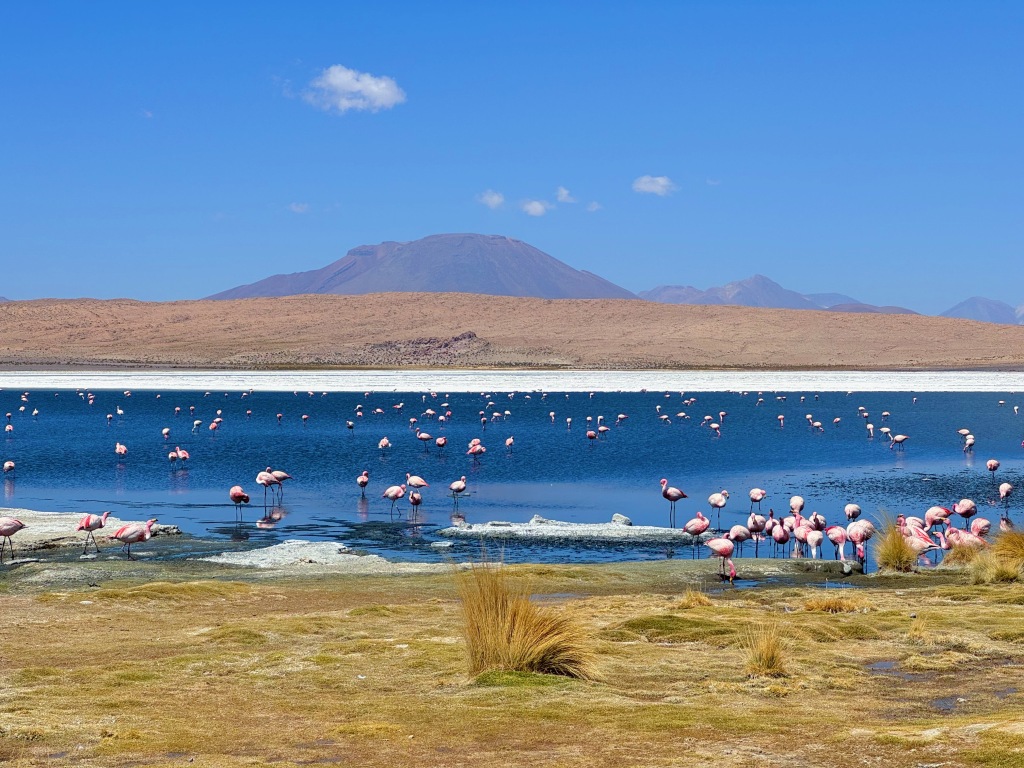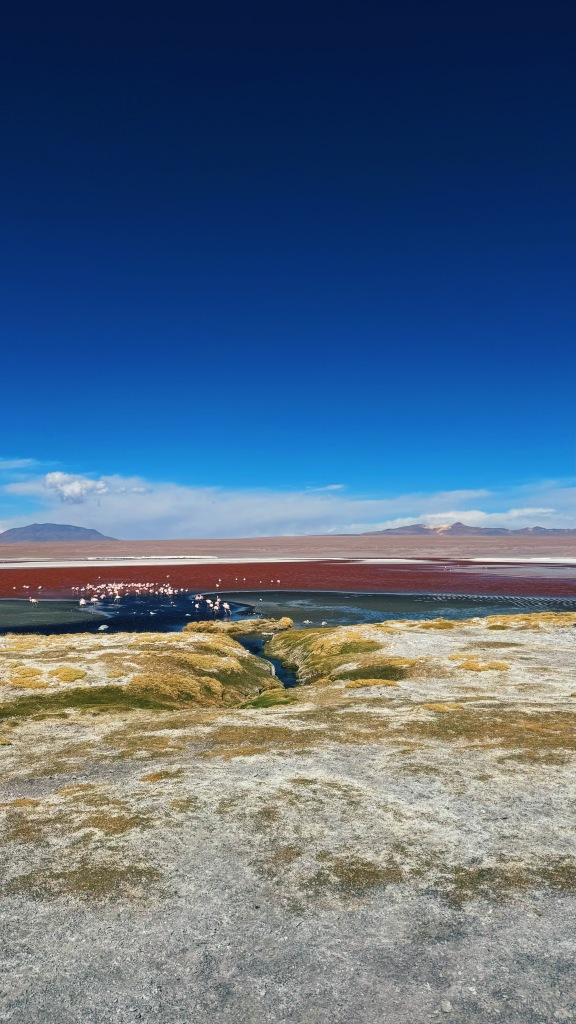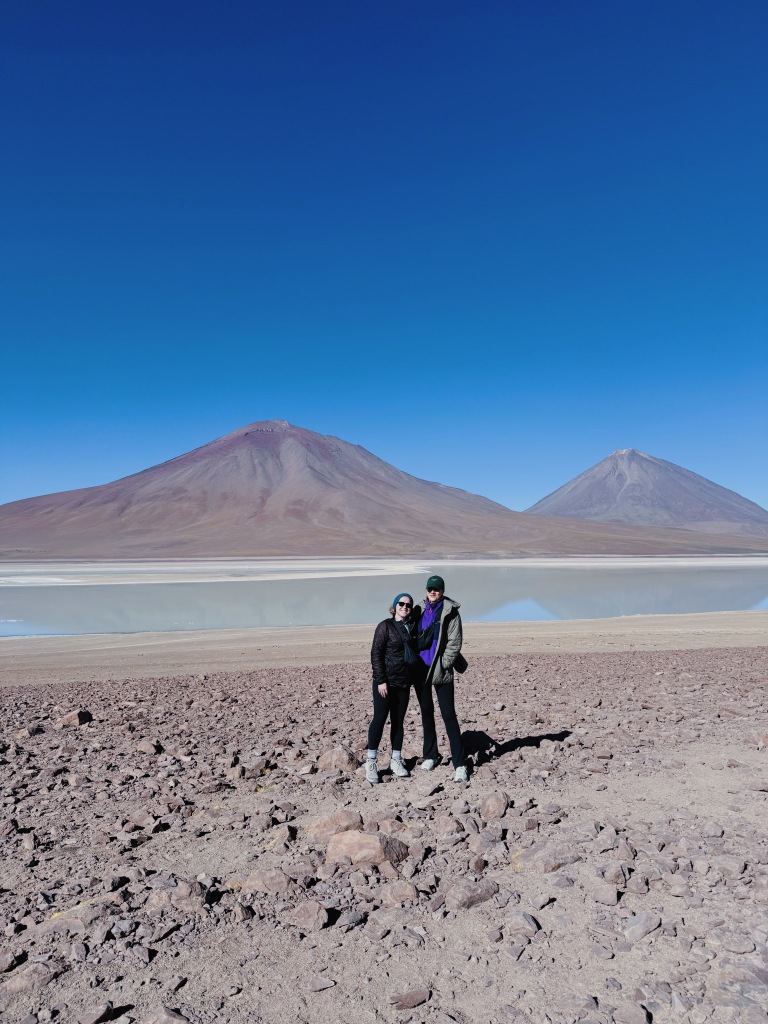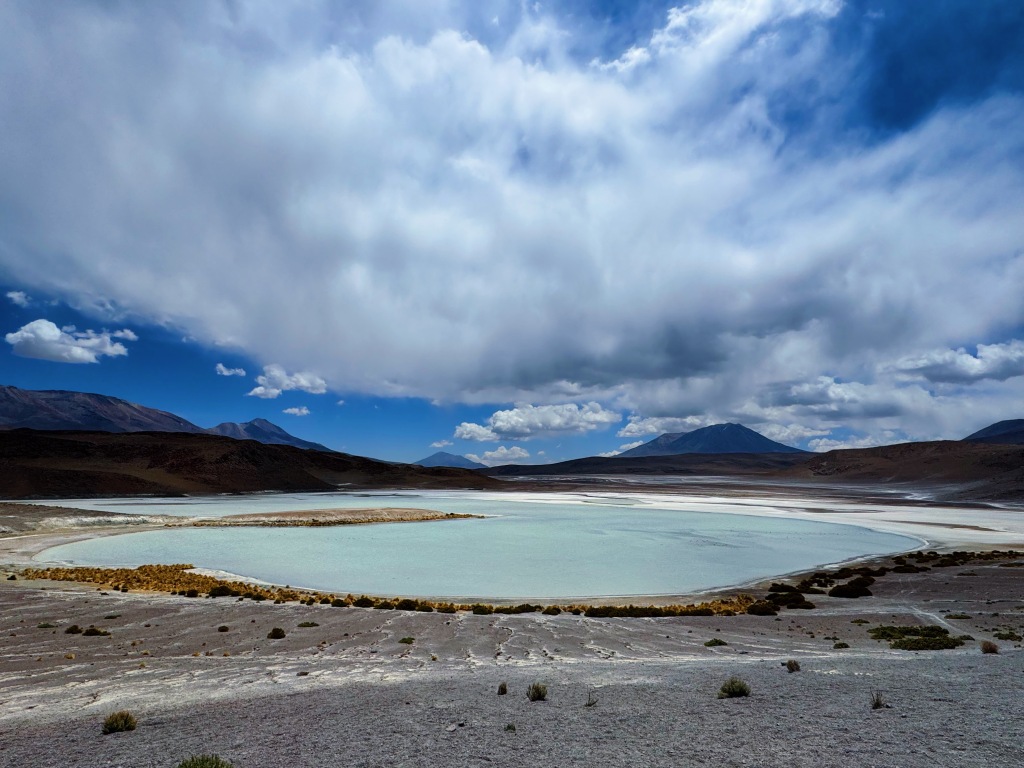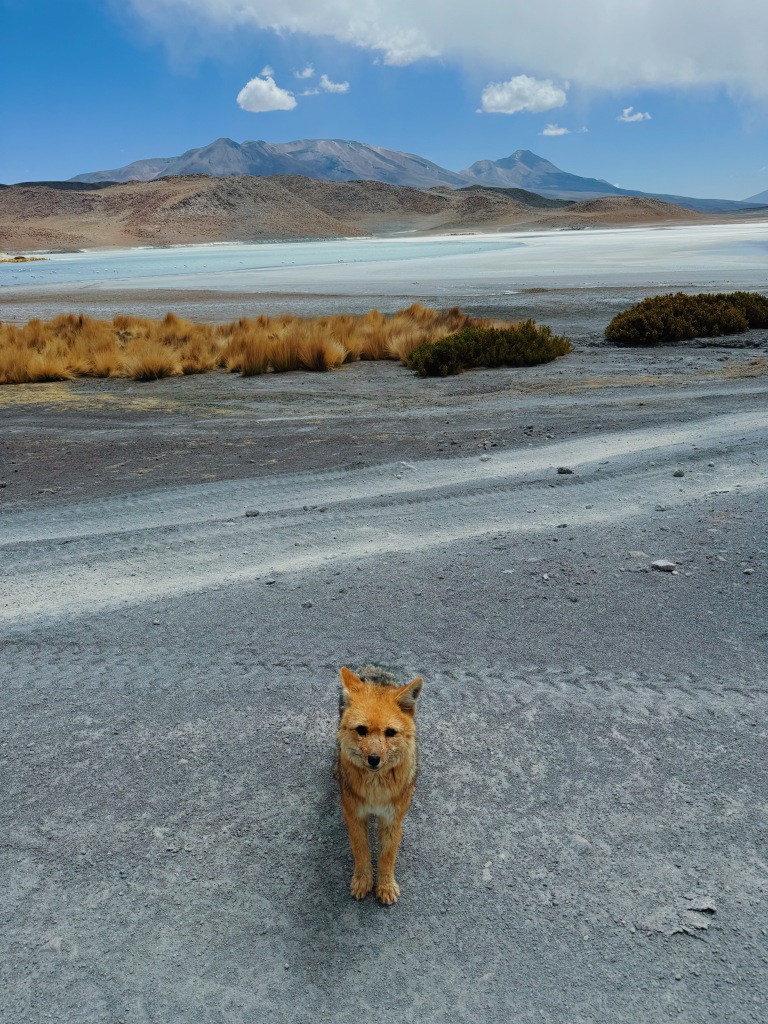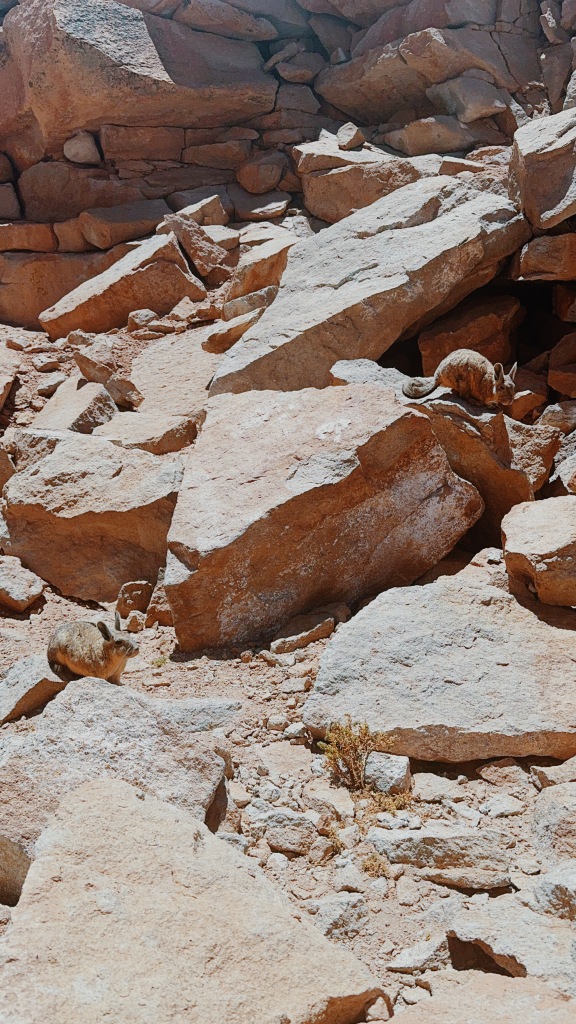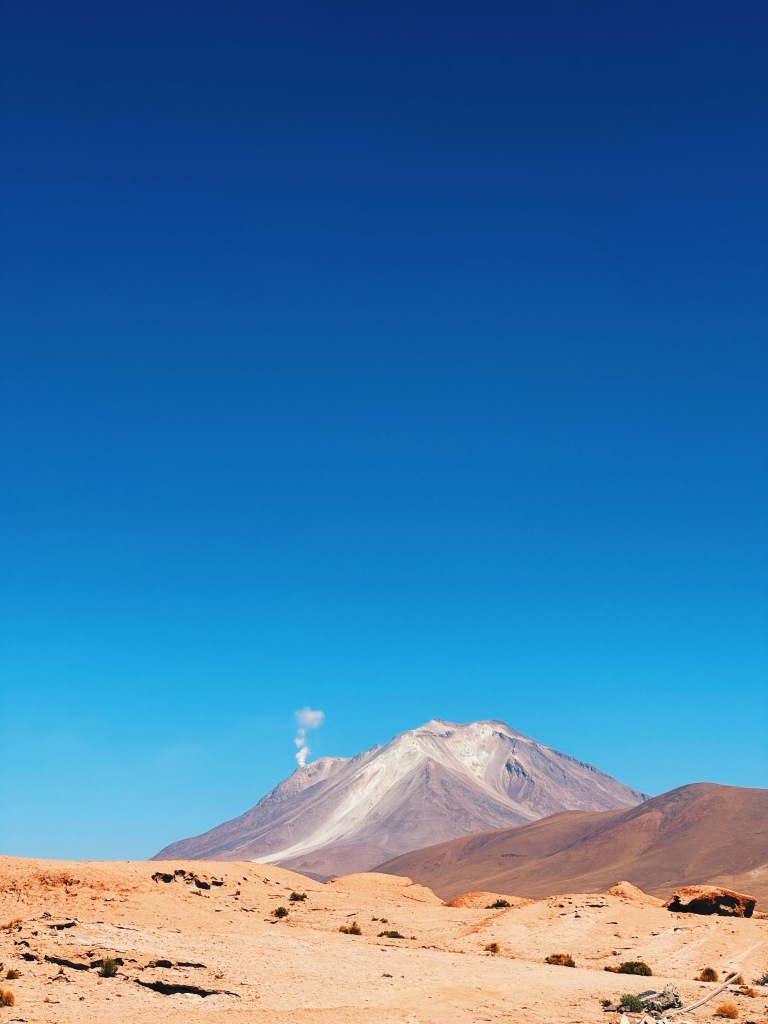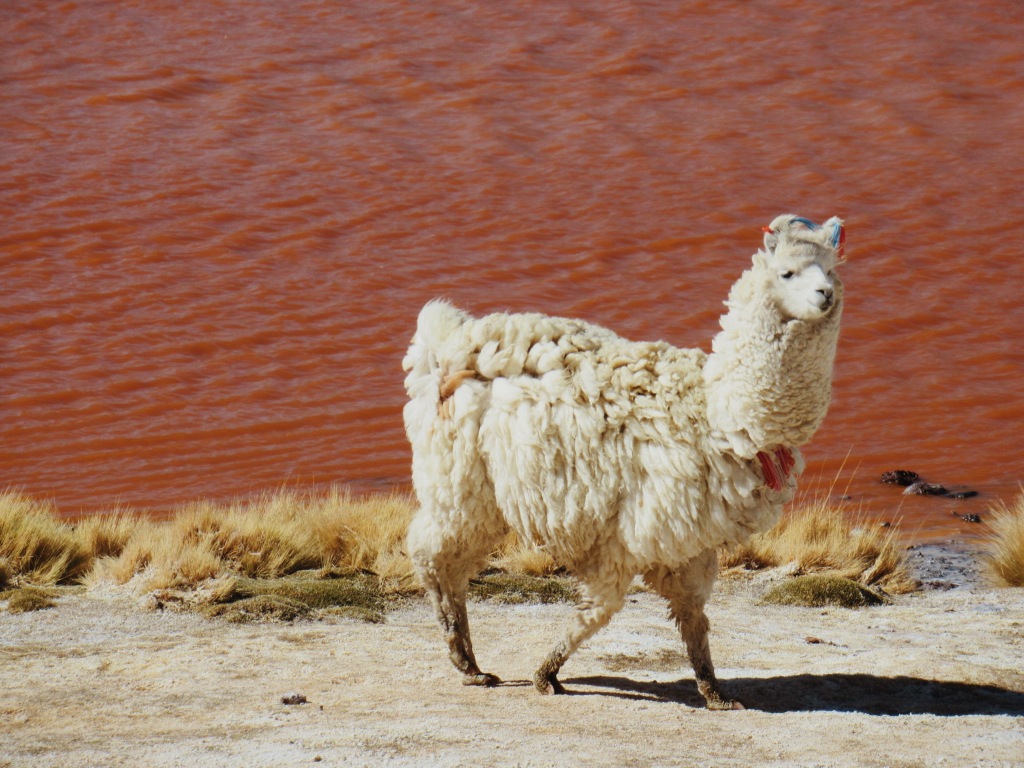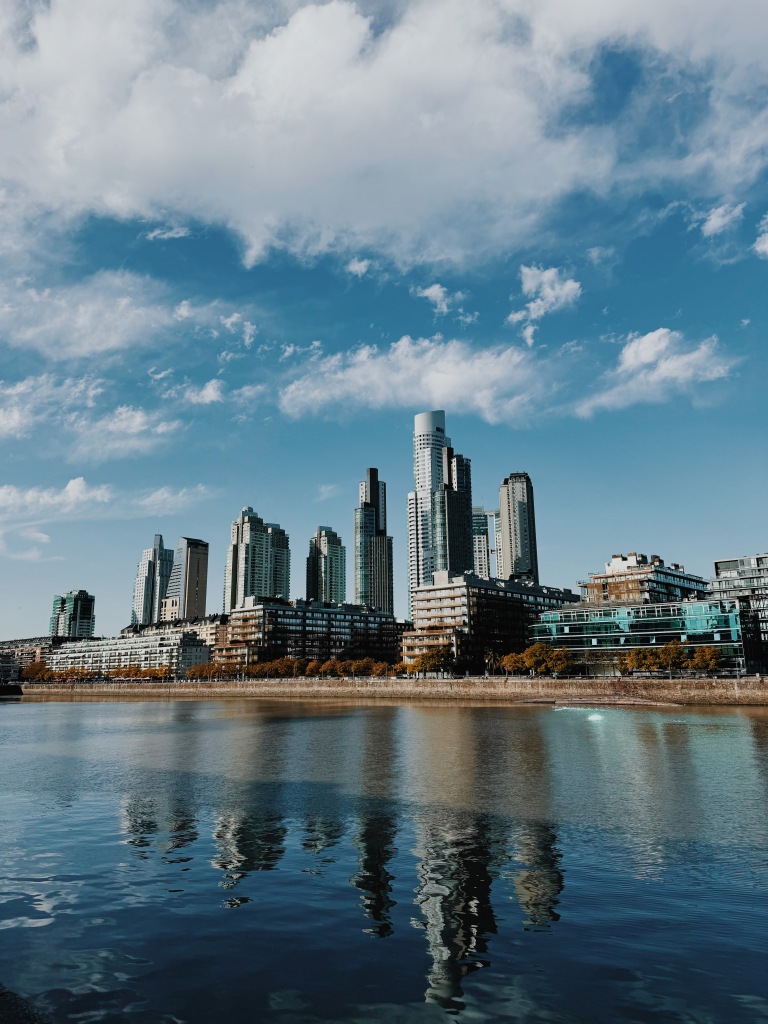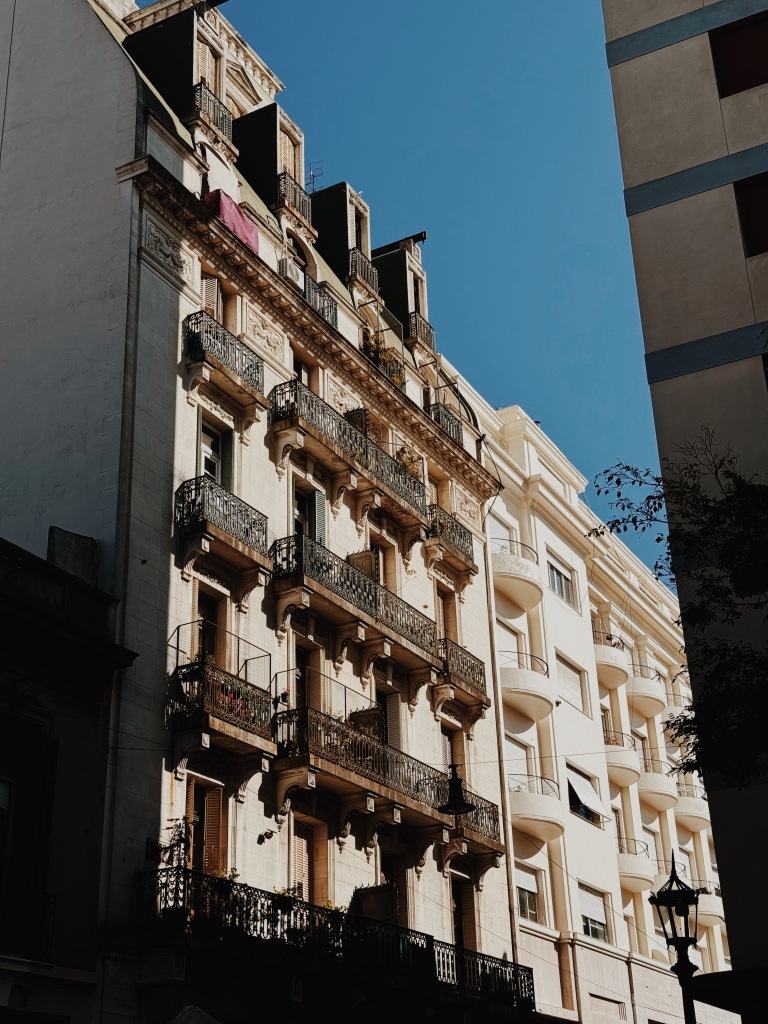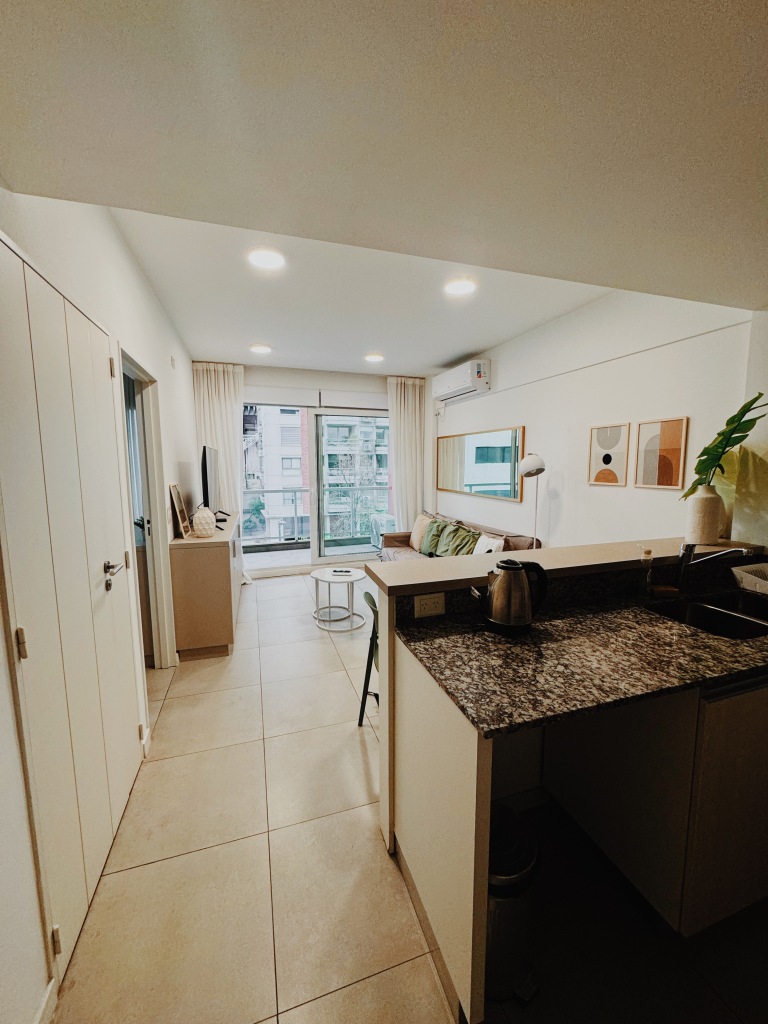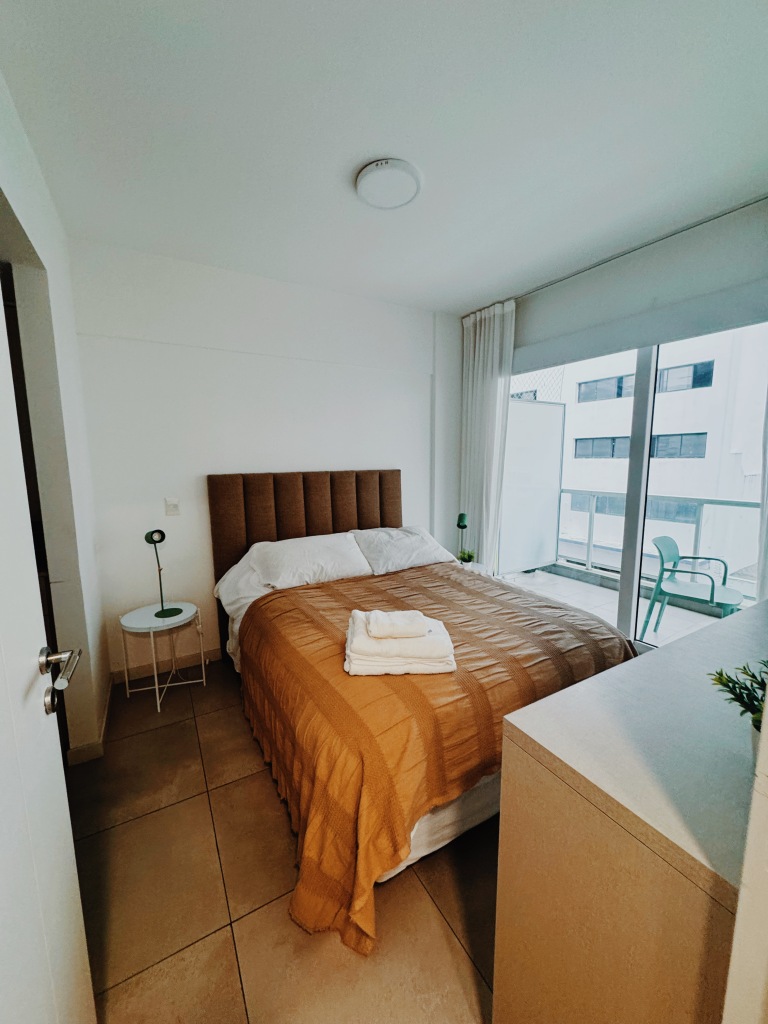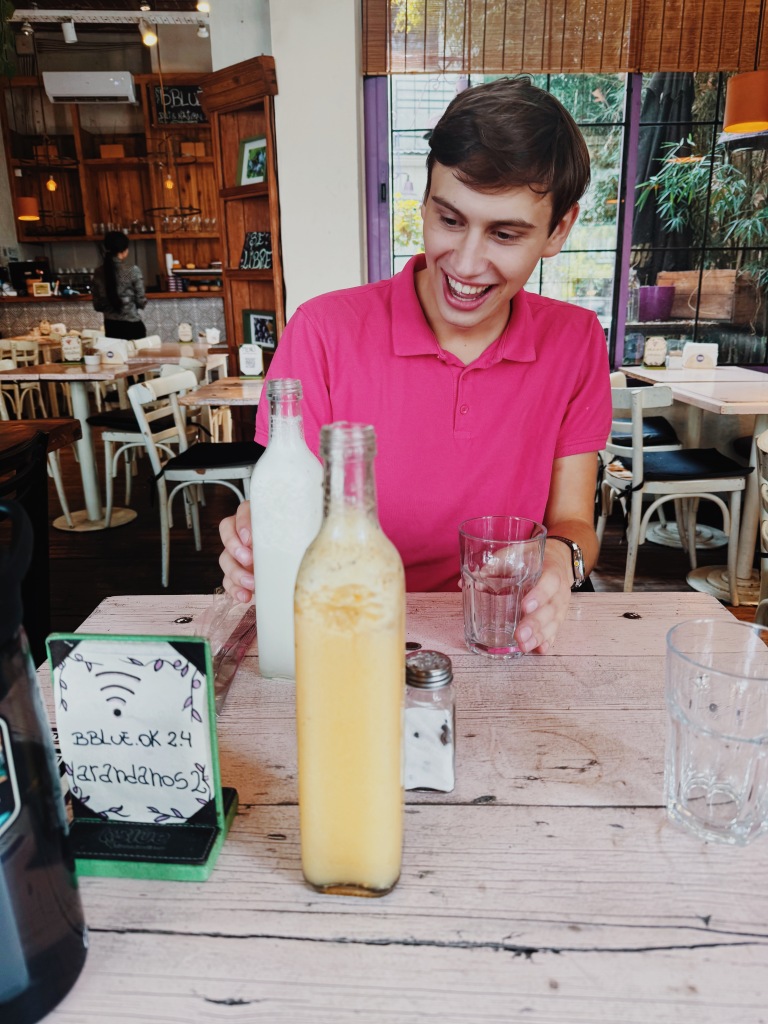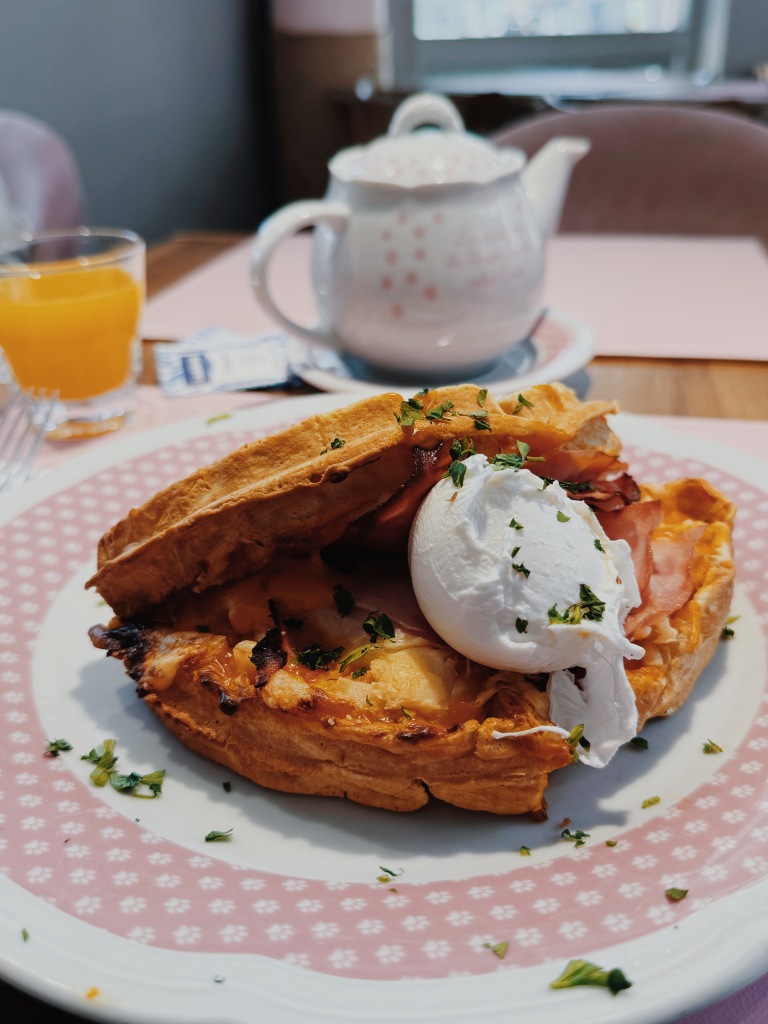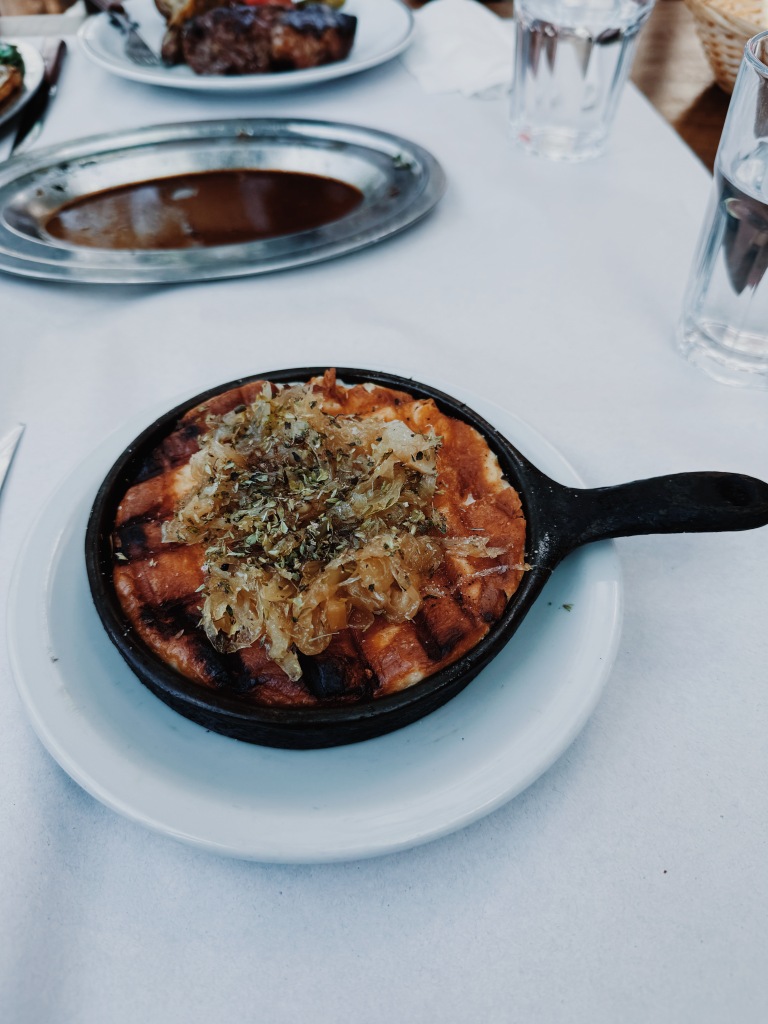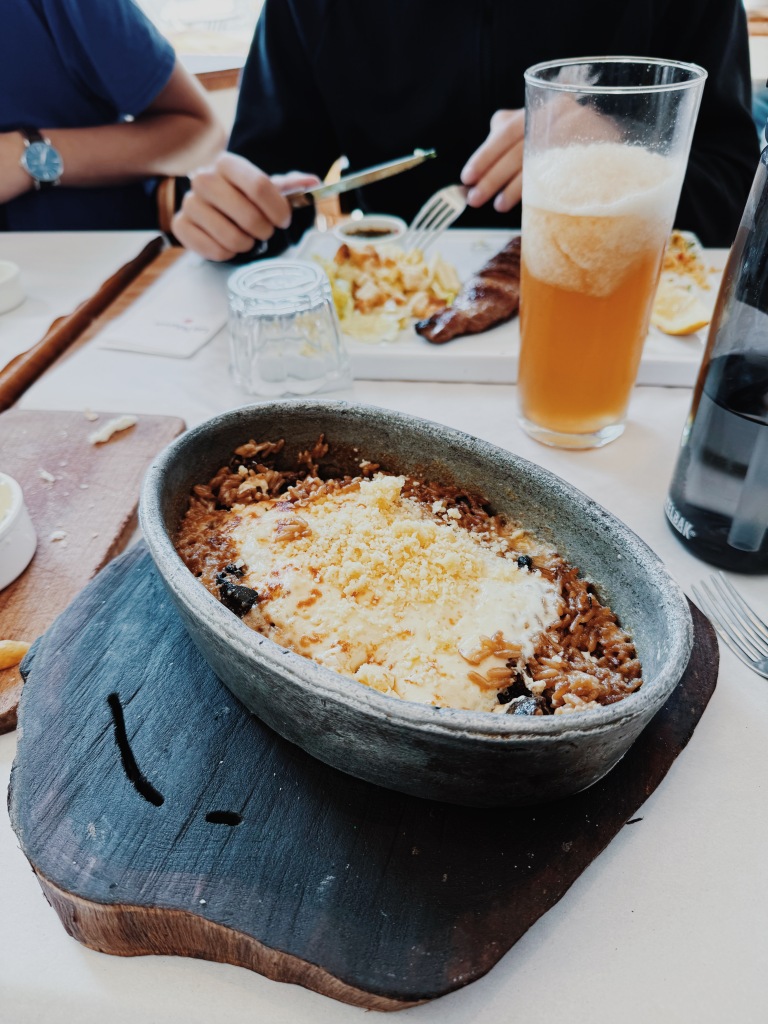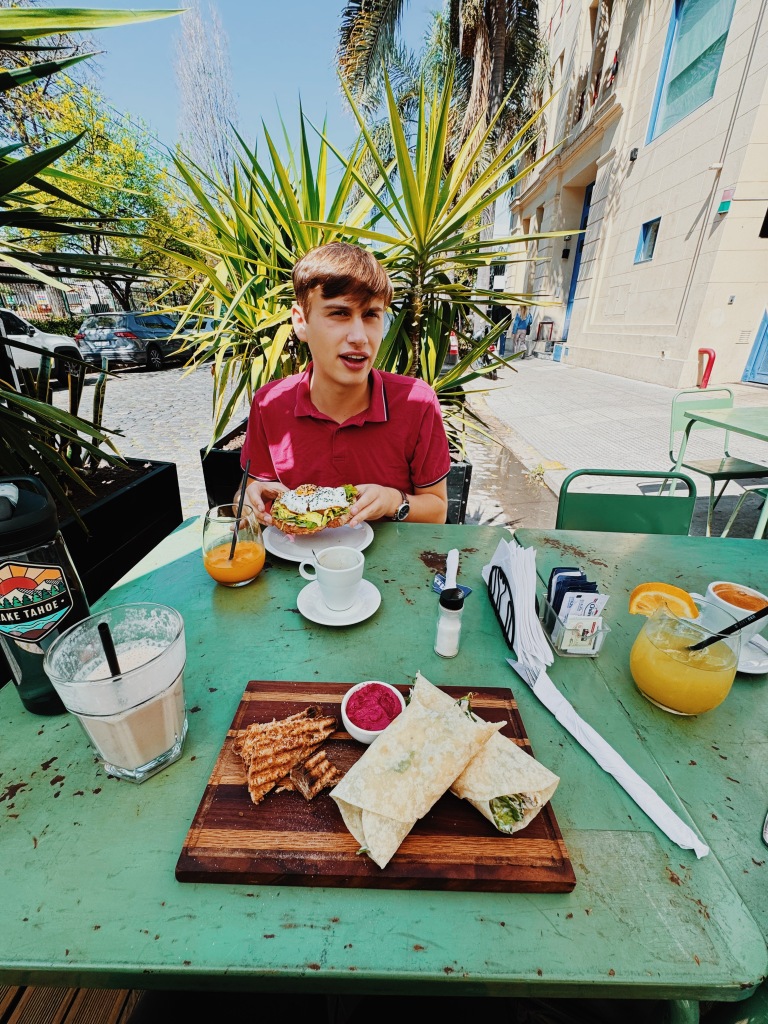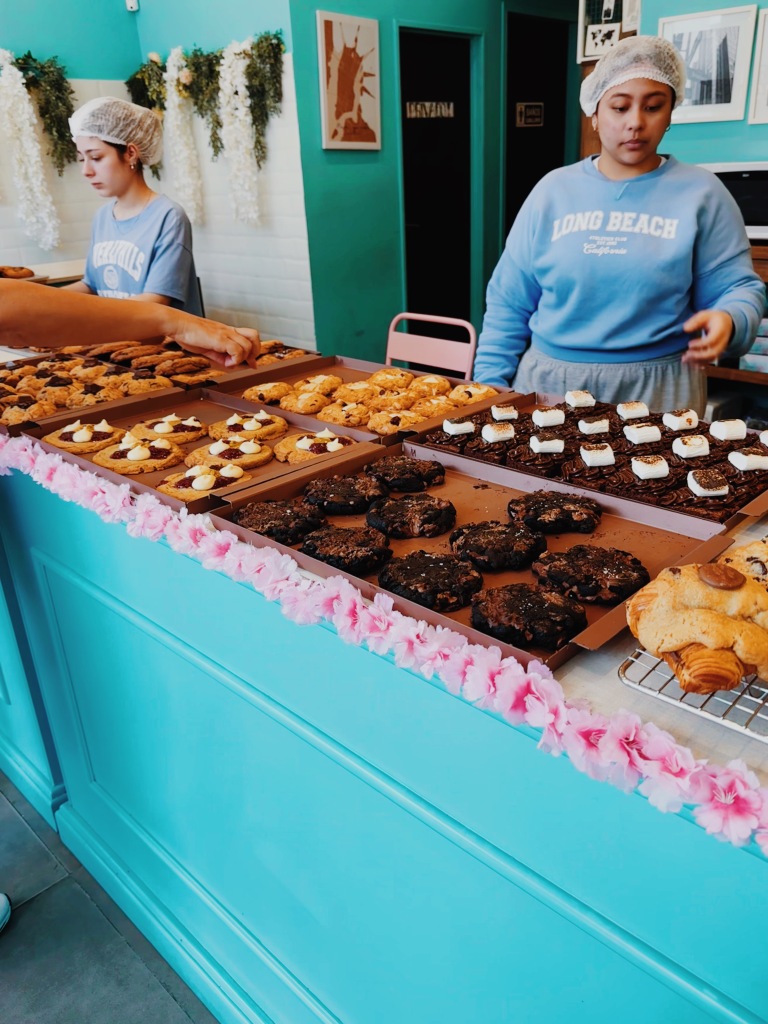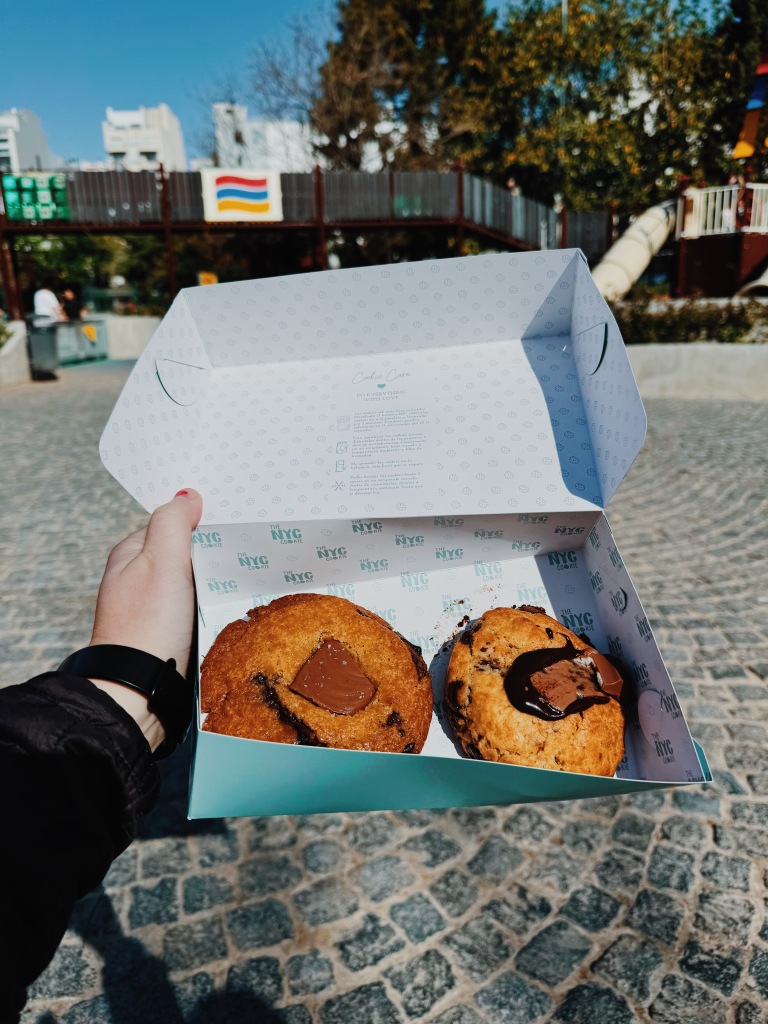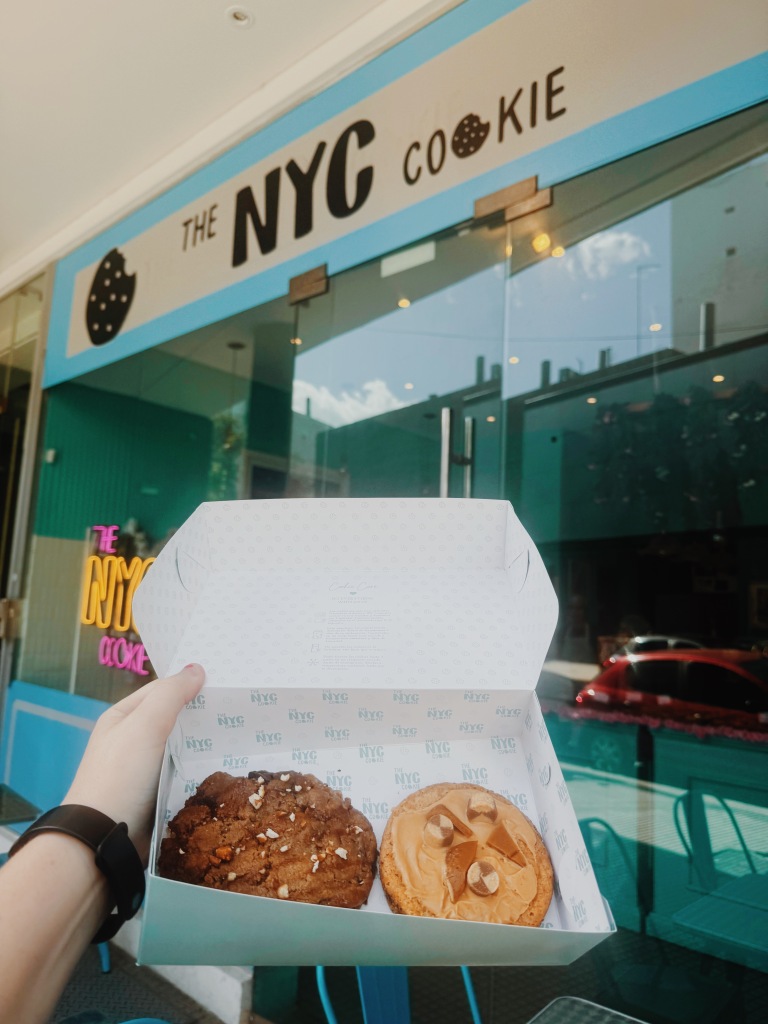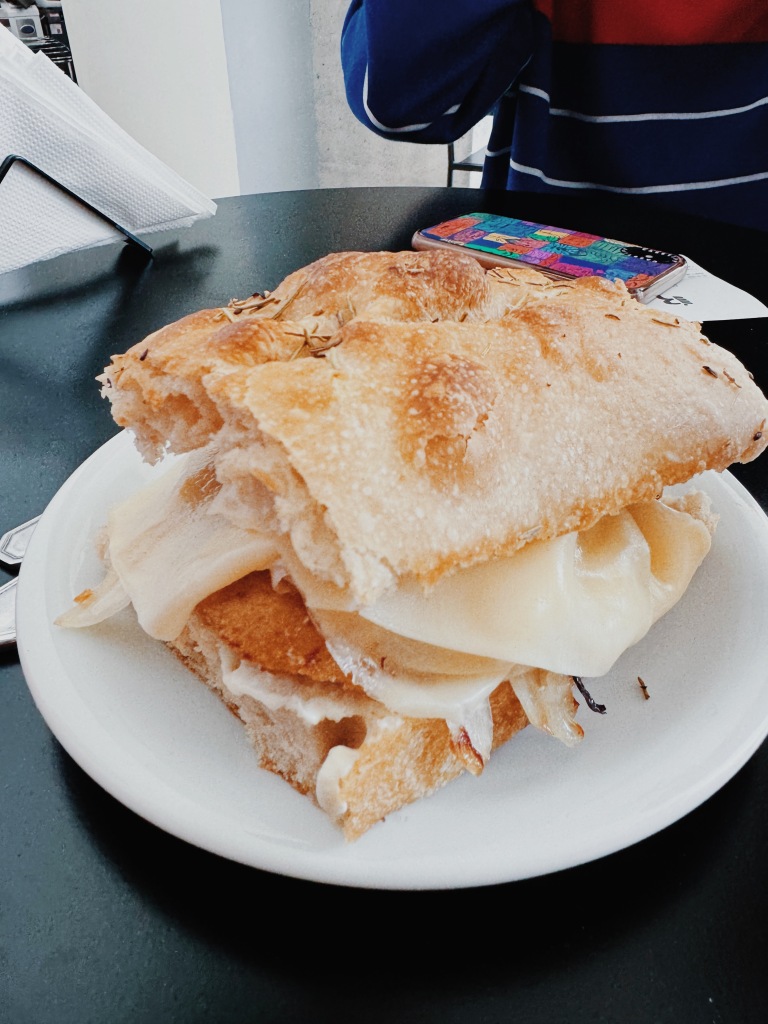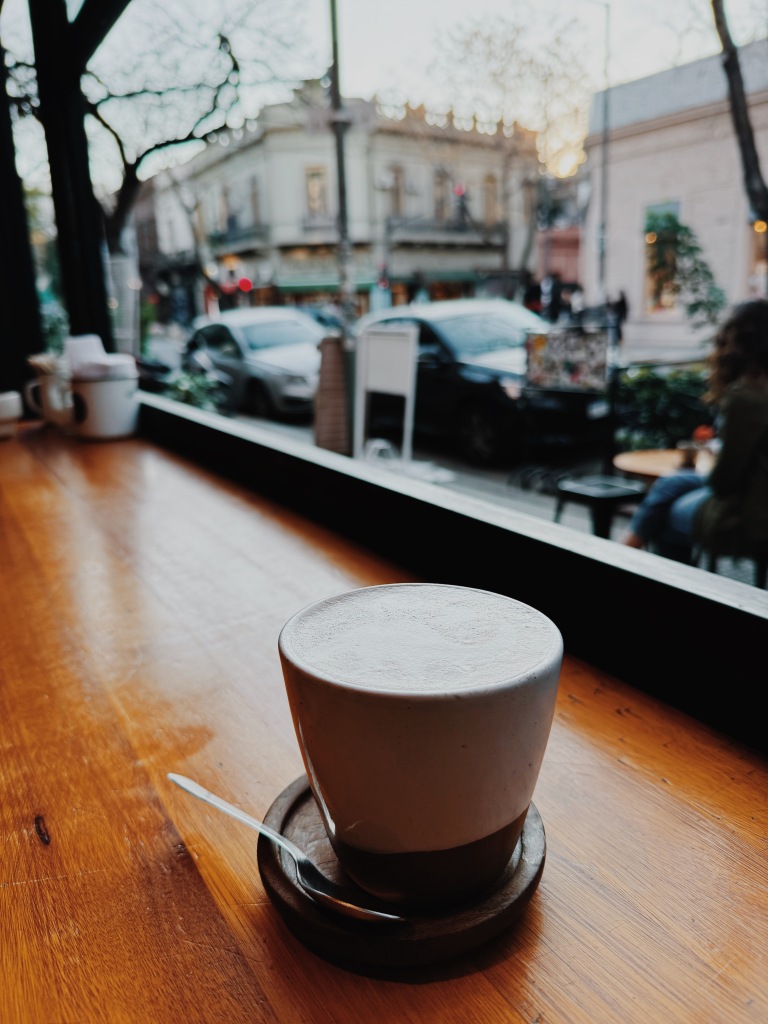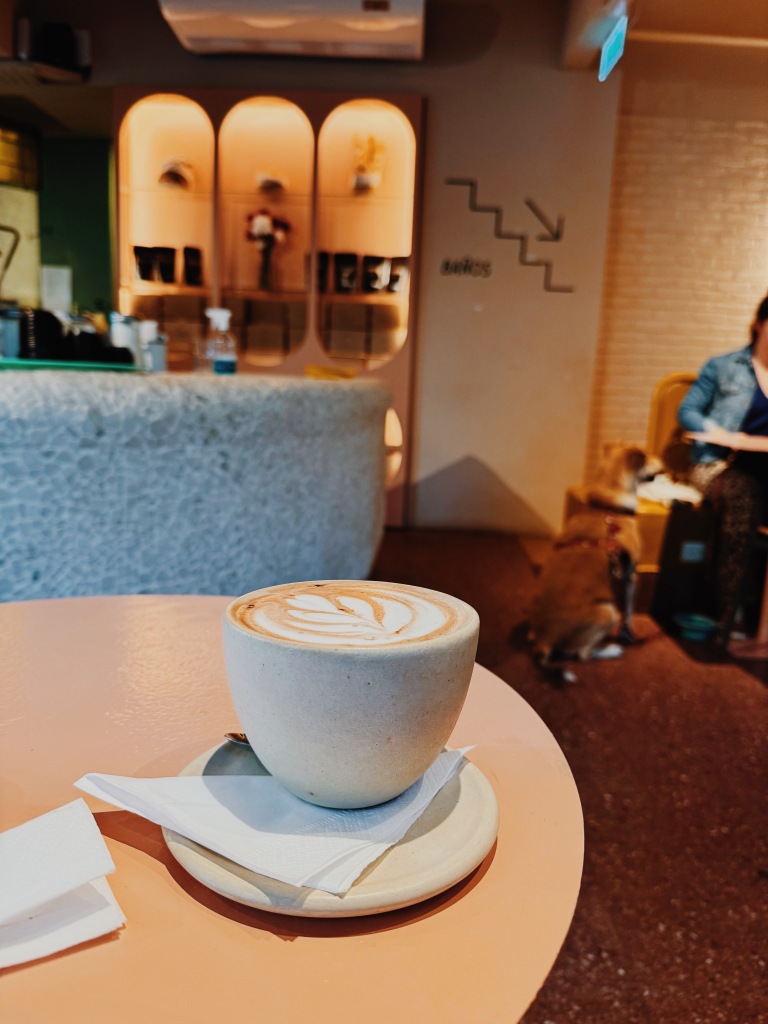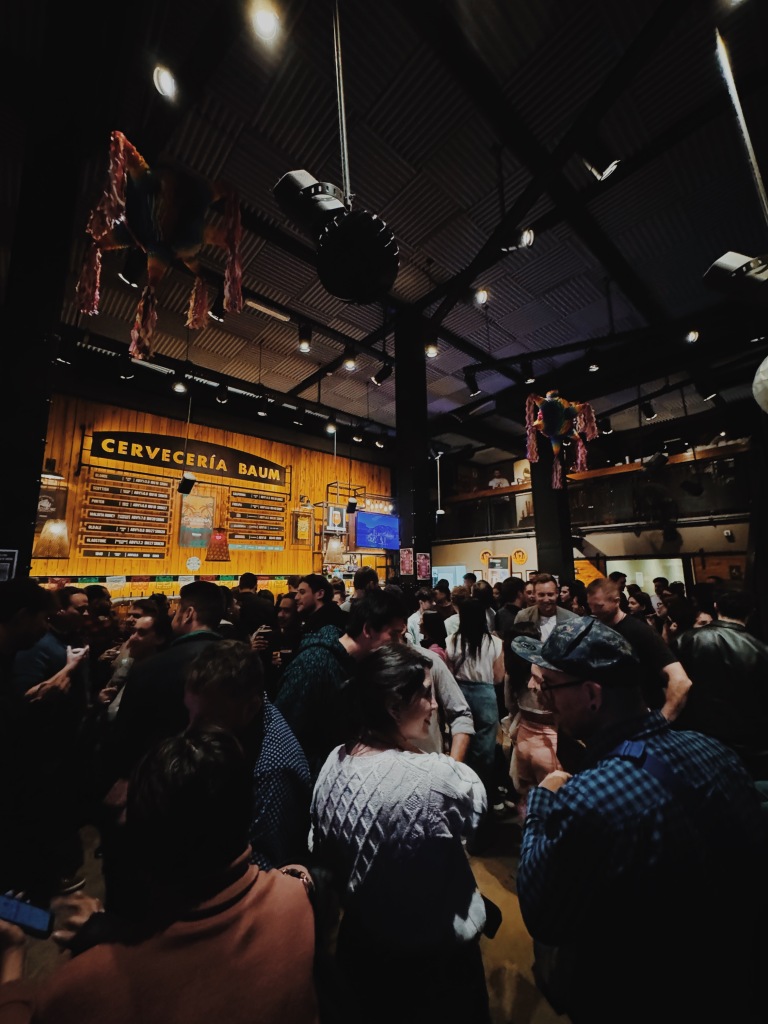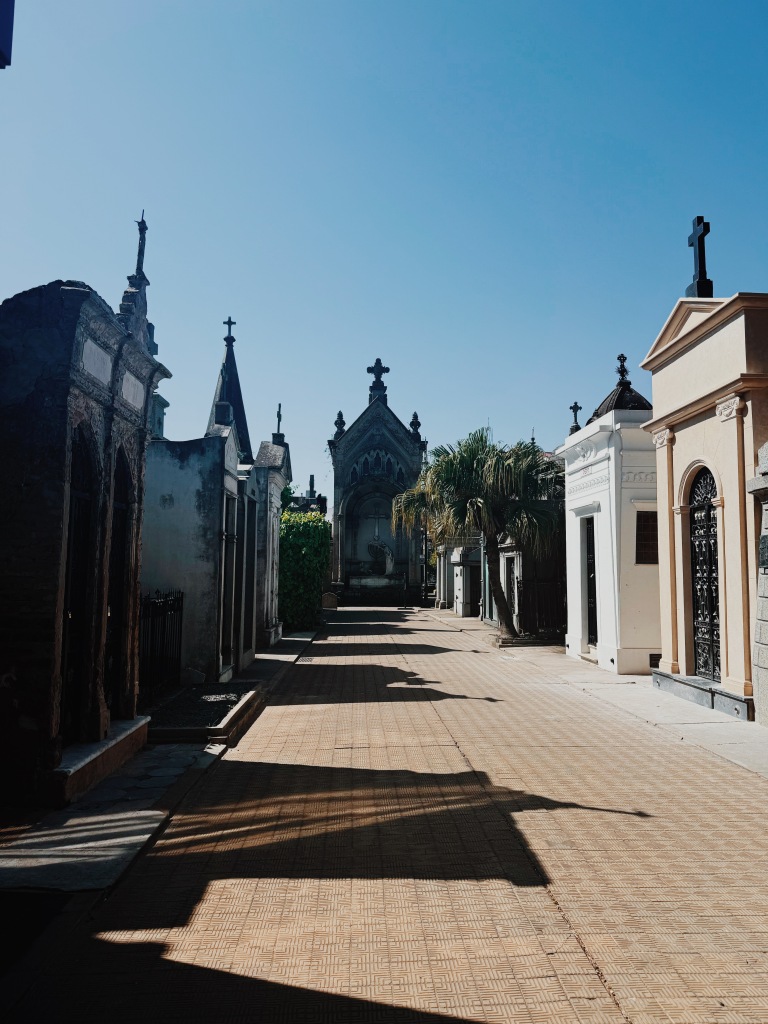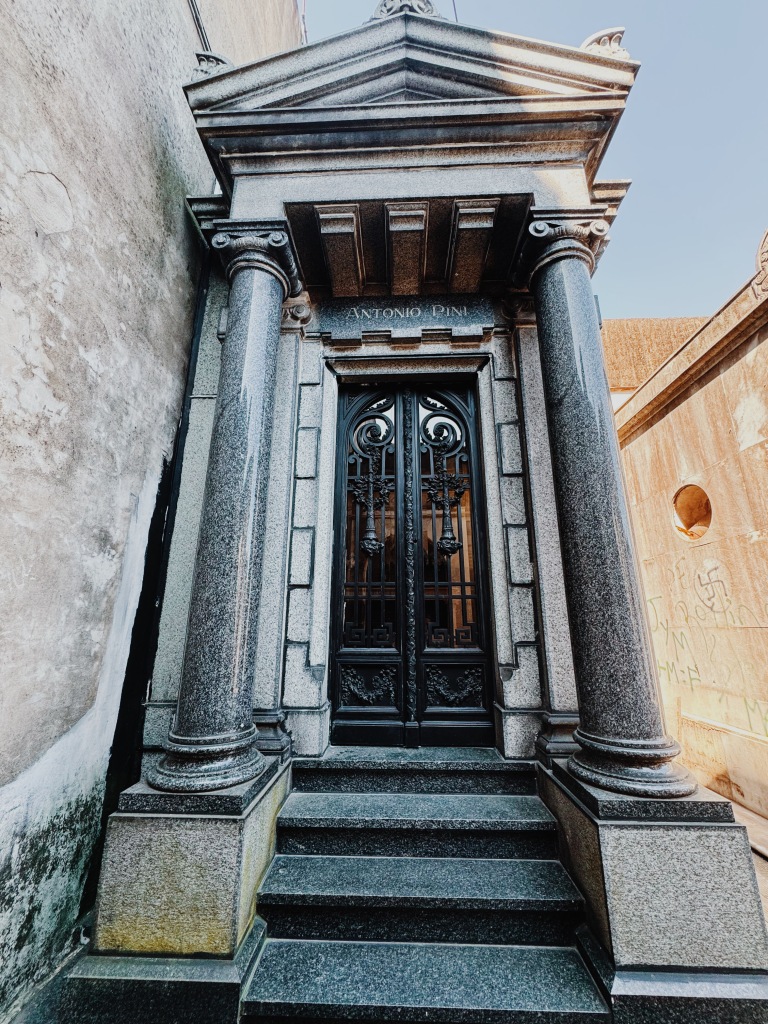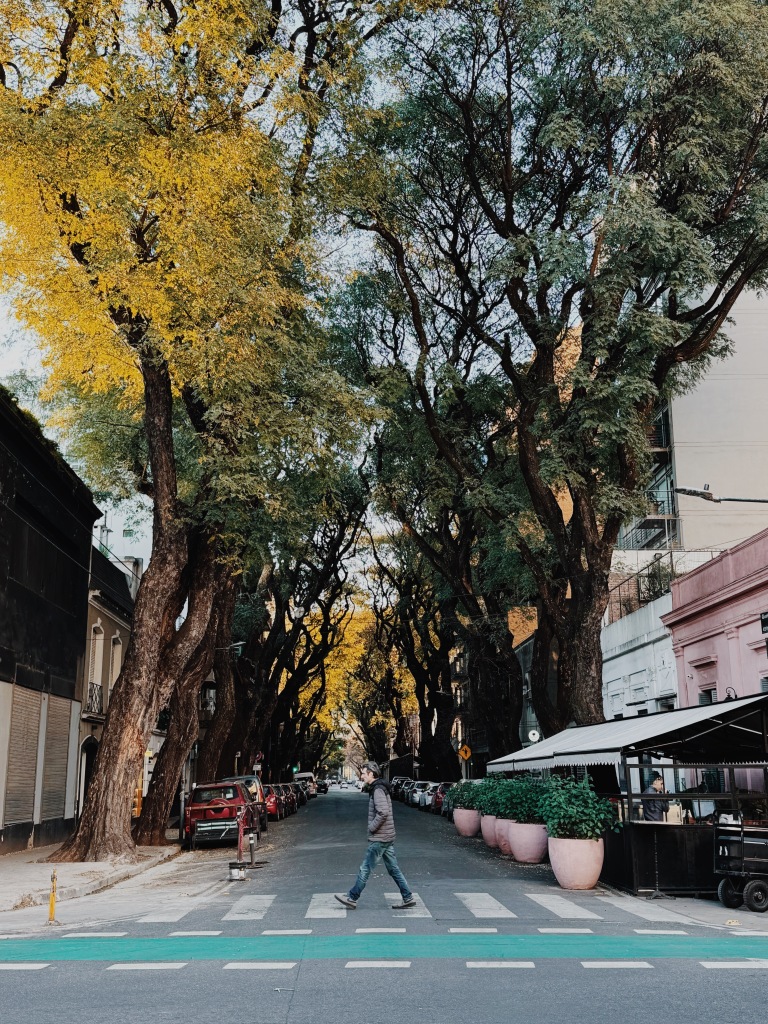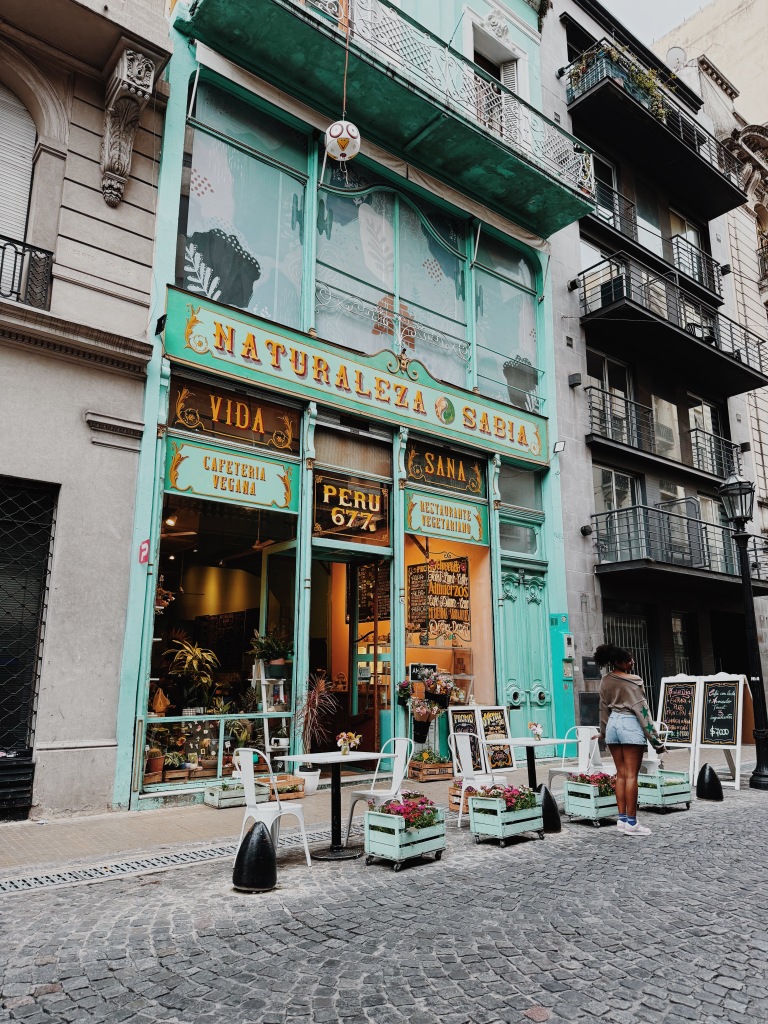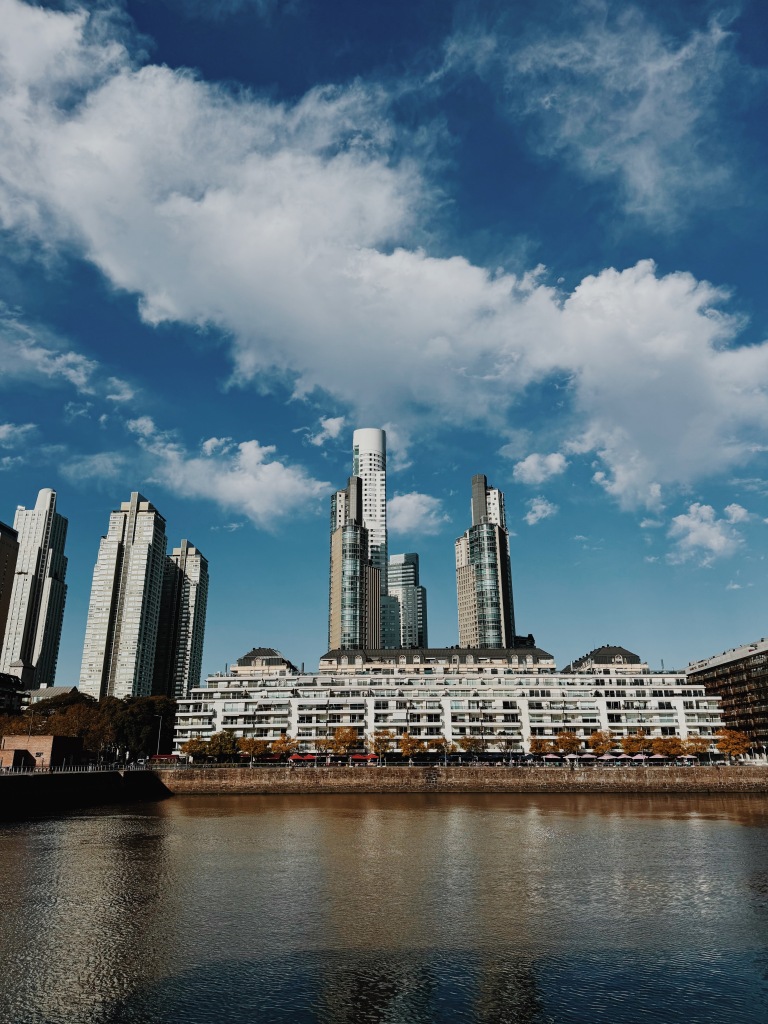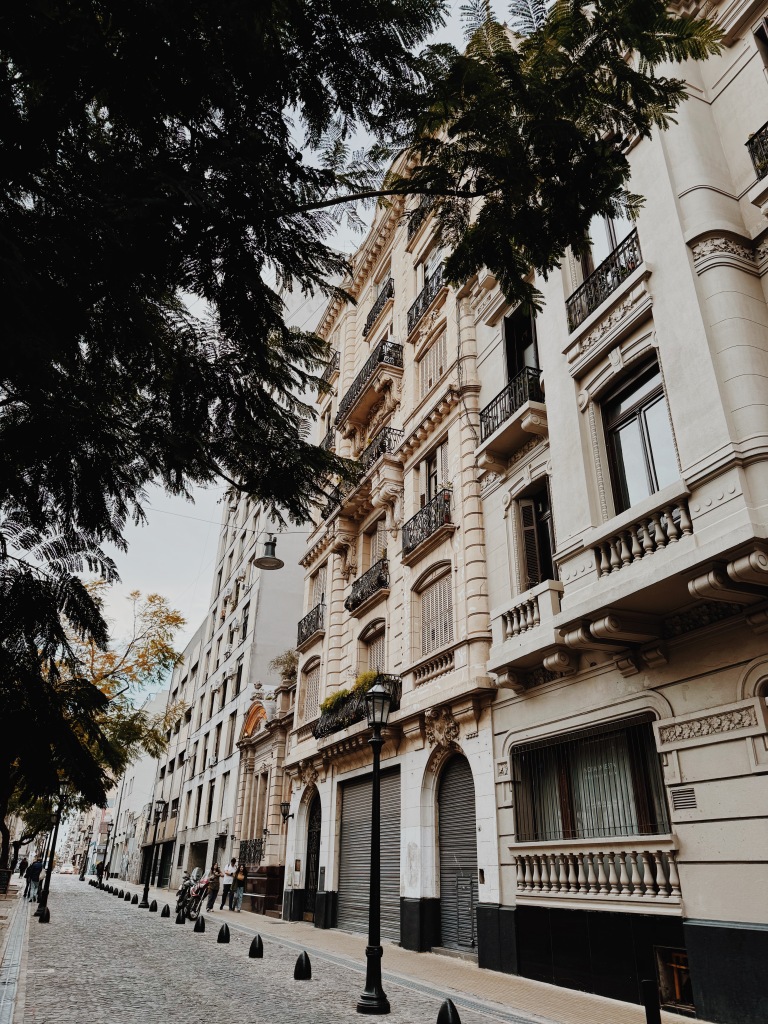Pro tips:
- Currency is not complicated here (unlike Argentina or Bolivia). You can pay by credit card most places and to get cash, just use any ATM. FYI ATM fees can be pricy (but doesn’t matter if you have a debit card that reimburses ATM fees like mine does).
- When you cross the border into Chile, you will receive a slip of paper called the PDI. DO NOT LOSE IT. You need it to leave the country!
- Chile is definitely a more expensive South American country, but the infrastructure is generally better.
- In South America, domestic flights tend to be much, much cheaper than international ones so if you can try to fly domestically and then do border crossings by bus, you can often save money. For example, we fly from Santiago down to Patagonia but stay on the Chilean side (Puerto Natales). Then we will take a bus to El Calafate (Argentinean side) and will do the border crossing by bus. Then we fly to Ushuaia from there, successfully avoiding any international flights.
CITY: San Pedro de Atacama
HOW LONG: 5 Nights
ACCOMMODATION:
I loved my hostel here! When I began searching for the right spot, every review of Hostal Mamatierra mentioned how clean it was. It lived up to its reputation! It was so cozy, clean and had the best hostel breakfast I’ve had in a while. Pancakes, fruit, & eggs in addition to cereal & yogurt. Very easy to meet people and it’s small enough that you actually end up talking to almost everyone over breakfast or in one of the hammocks. Easy to book tours through the front desk as well. Beds were comfy and the rooms were cleaned every day! Overall a 10/10, can’t recommend enough!

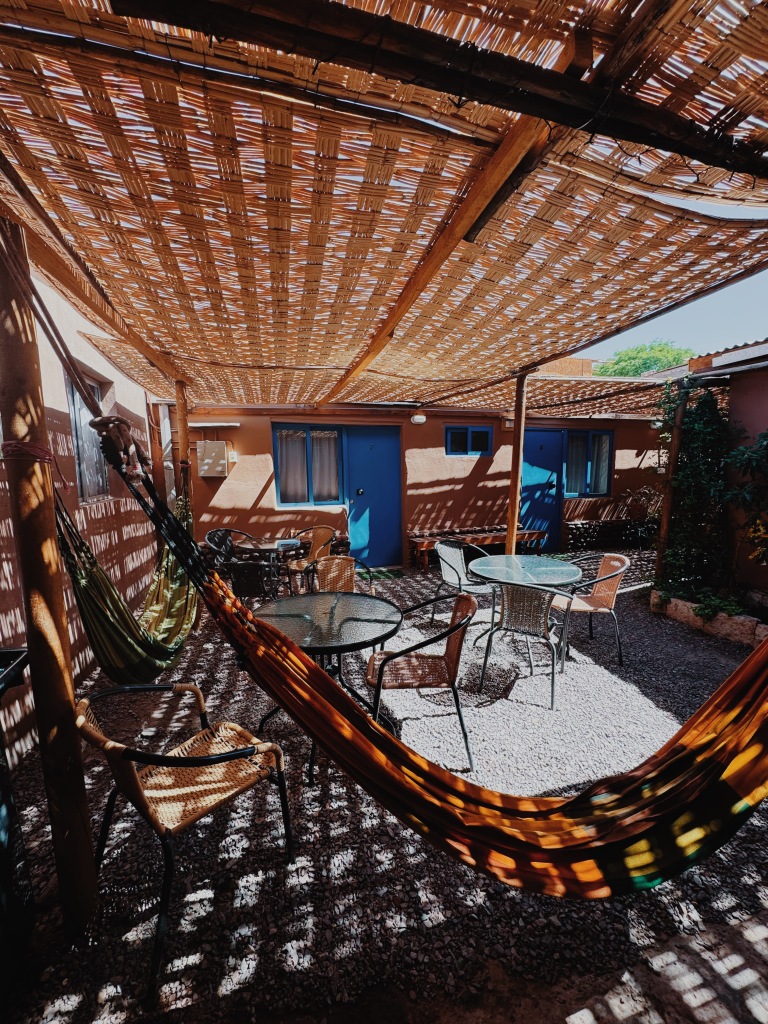
WHERE TO EAT:
- Franchuteria – cute cafe with outdoor seating. Two locations in town but I preferred the one with the outdoor seating. Delicious baguettes and sandwiches. Huge portions. I ate lunch and had enough leftover for dinner. Great spot to play cards or chat with new friends from the hostel. Definitely my favorite place in San Pedro.
- Adobe – pretty expensive but very cute restaurant. Live music and food was delicious. I had a cheese, mushroom, and onion quesadillas. Again, I had a lovely experience but the price comes from it being touristy, rather than exceptional food.
- Ckunna – lovely spot slightly out of the main touristy bit. Pasta was delicious and my friends raved about their steaks. Great outdoor patio to enjoy dinner.
- Roots Cafe Pizza – Went here for brunch/lunch & some monopoly deal with my new friends. Very cute outdoor space in the back. Really enjoyed it.
- Astro Burger – A great burger in a kinda funky space. You don’t go for the ambiance 😉
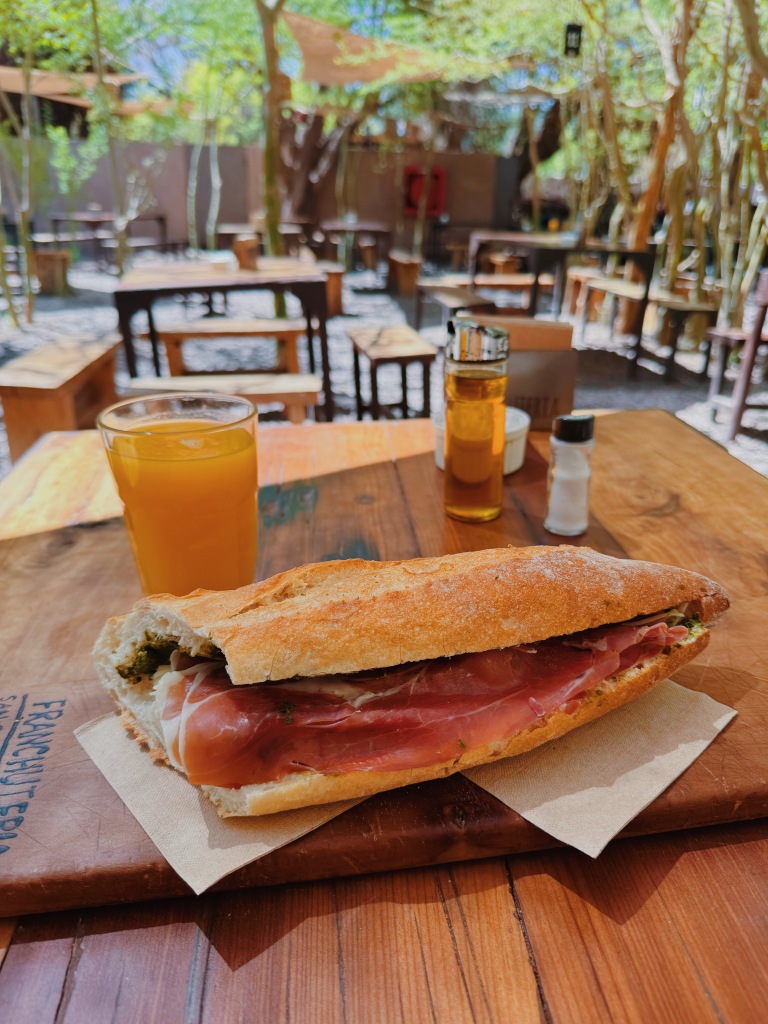
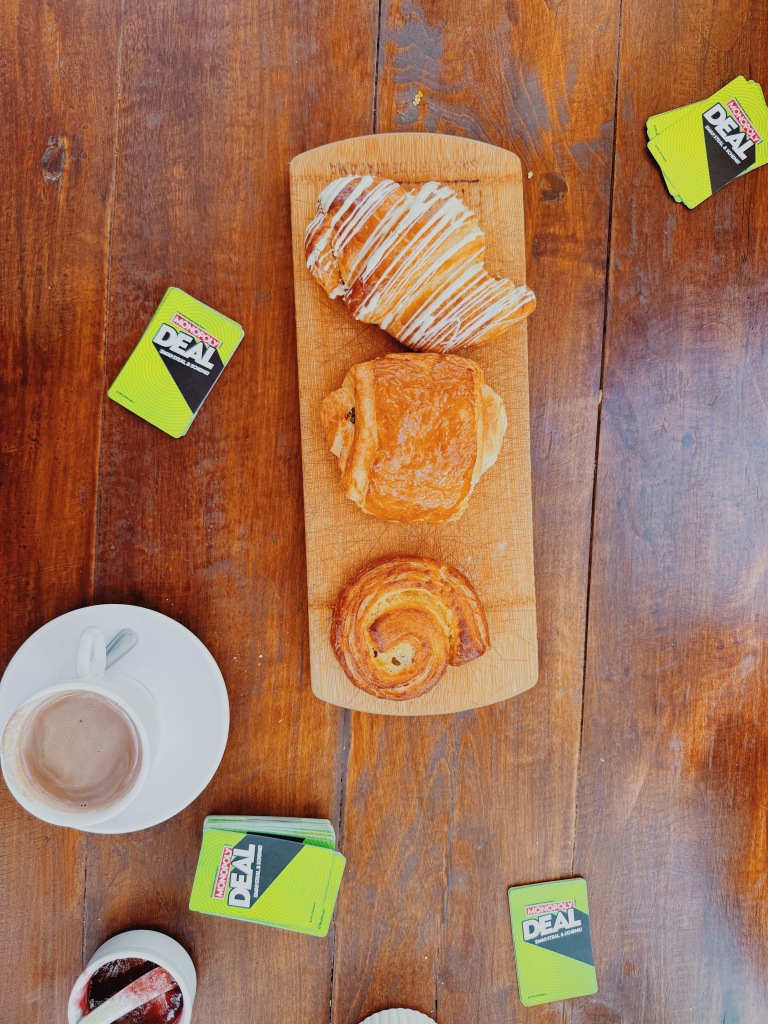

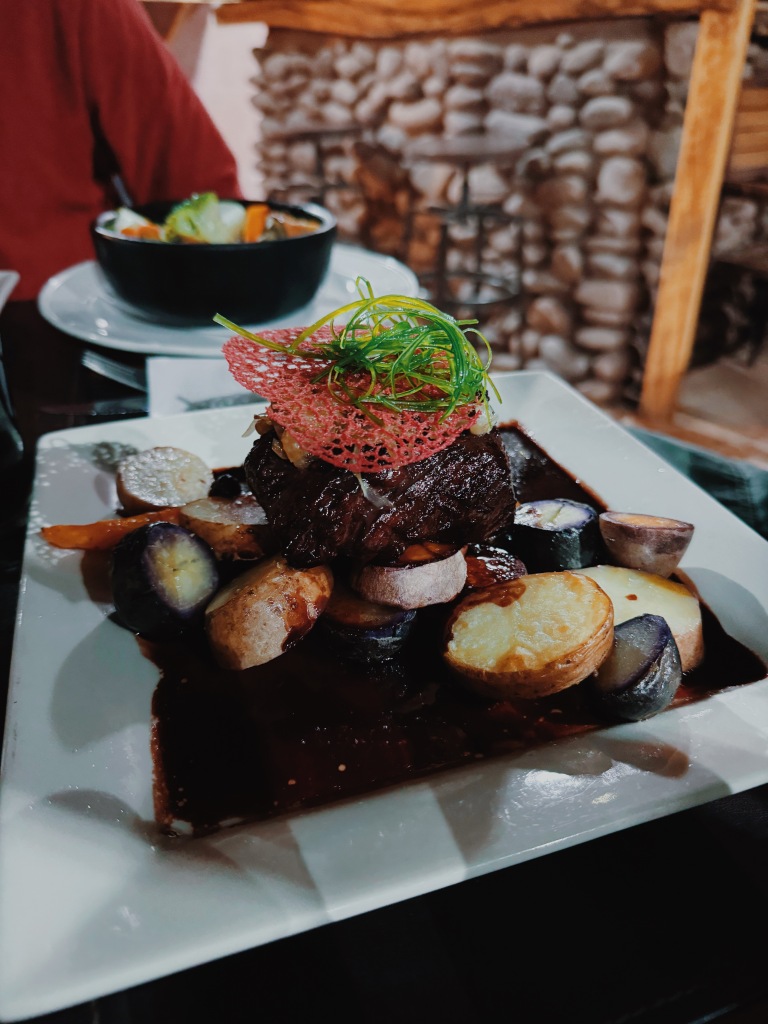
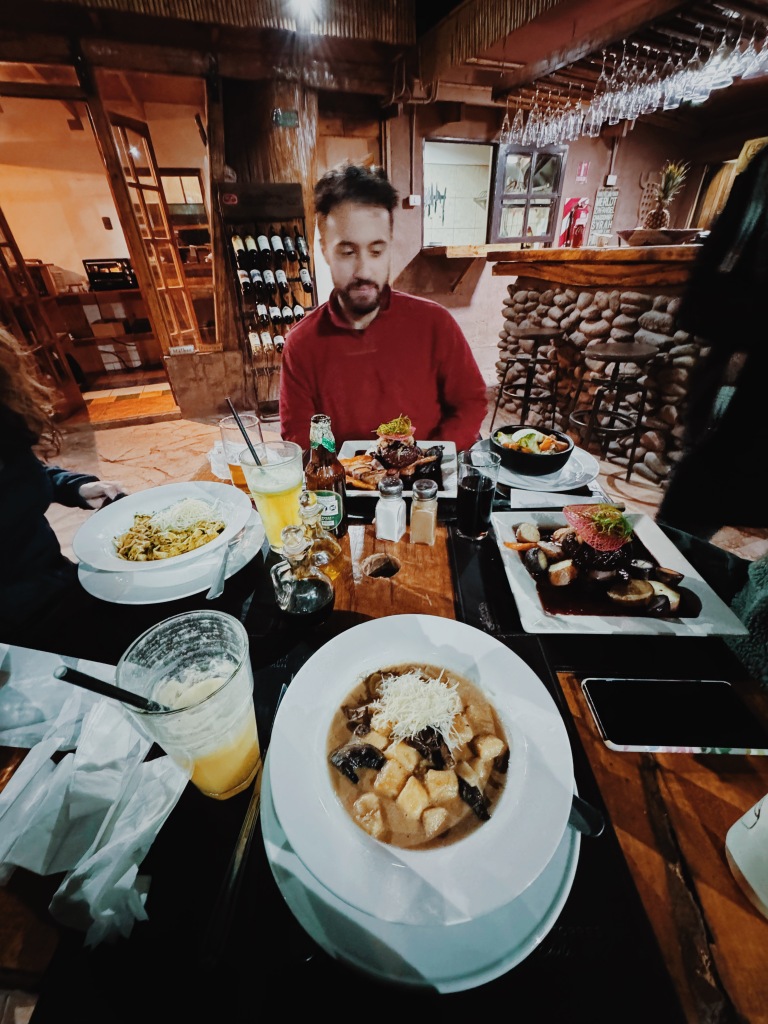

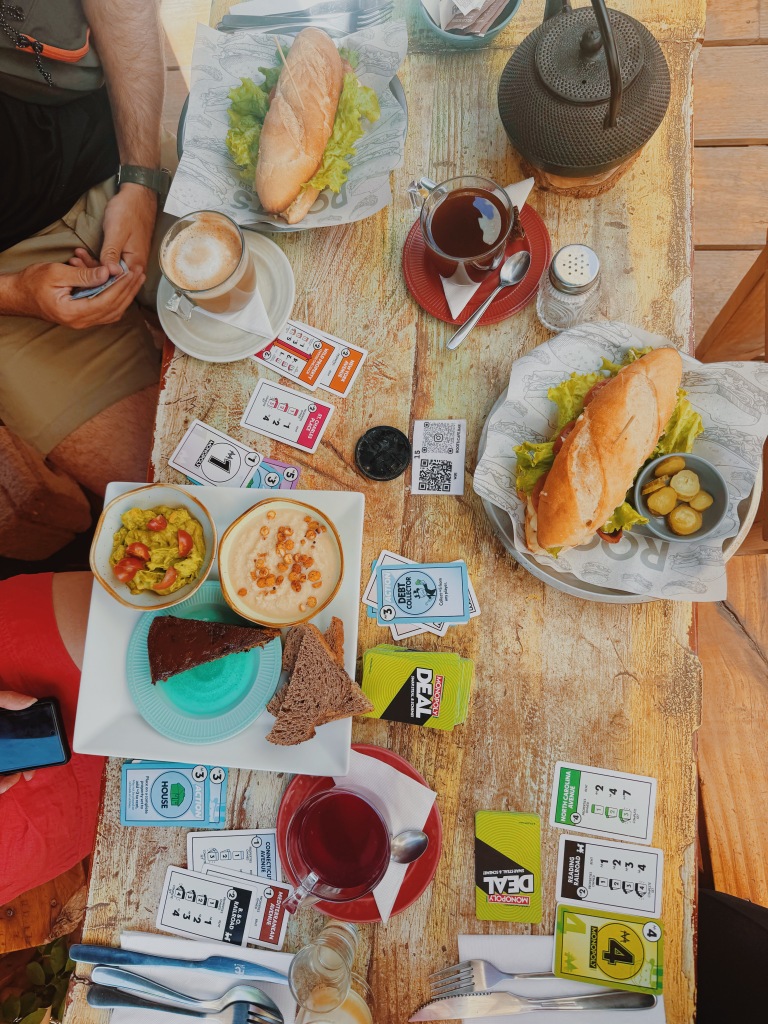
WHAT TO DO:
There are sooooo many tours & activities in San Pedro! Your accommodation will likely have a booklet or packet for you to peruse with all the options. Also it felt like almost every other business in town was a travel agency who are happy to book you onto one of their tours.
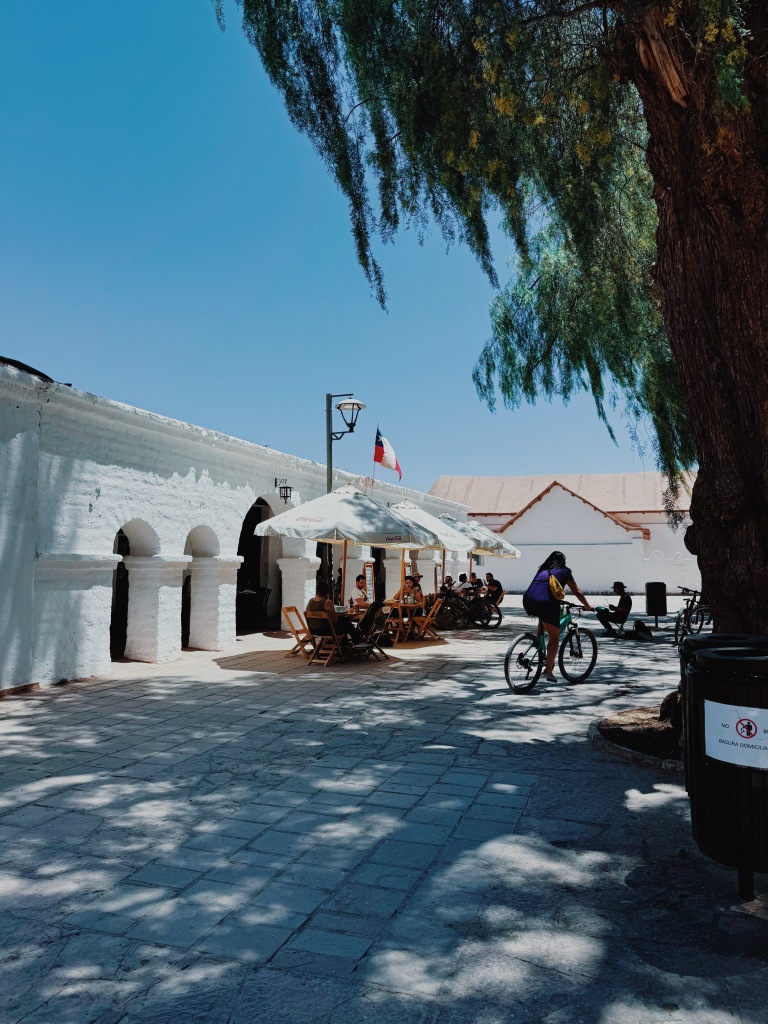
Because the landscape is quite similar to that of Southern Bolivia, I opted to skip some of the (sometimes) pricy tours. The two I chose to do:
- Valle de la Luna – was declared a Nature Sanctuary in 1982 for its natural environment and strange lunar landscape, from which its name is derived. It definitely has a Mars-like feel to it. It has various stone and sand formations which have been carved by wind and water. This tour usually includes a sunset stop + a little picnic which is fun. Pro tip: Make sure your tour will have an English speaking guide. I forgot to ask and my tour was in Spanish – whoops!
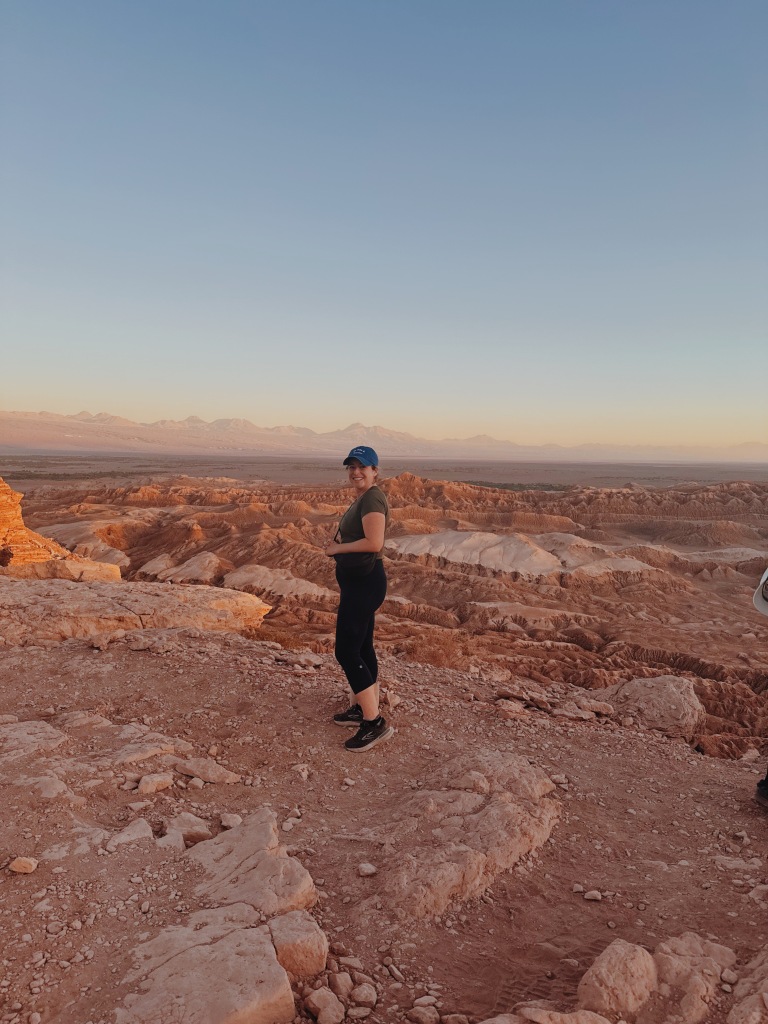
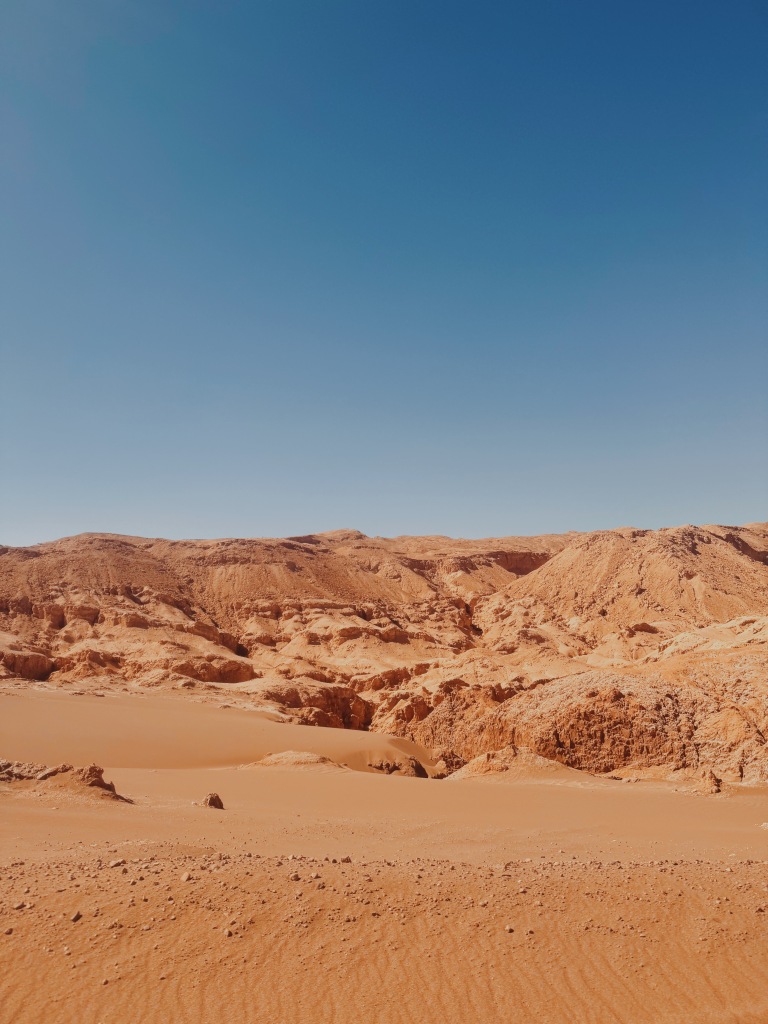
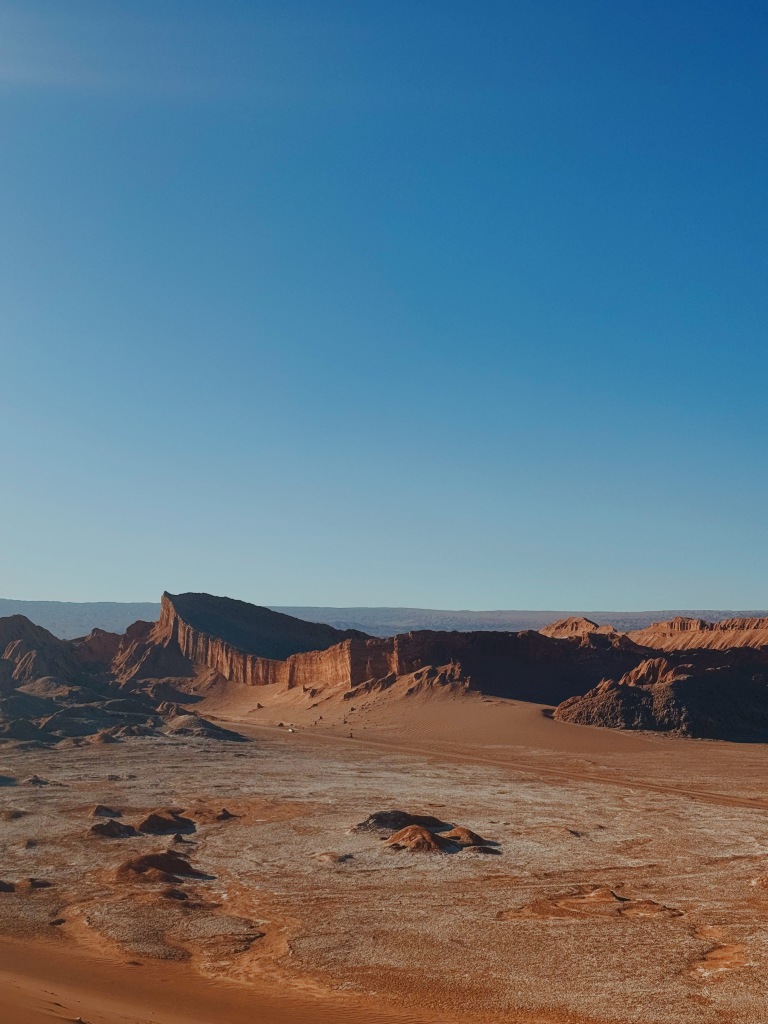

- Astronomy Tour (Stargazing) – The Atacama Desert is one of the few locations on the globe with over 300 days of clear skies per year. When you add no light pollution and its high altitude, you have might have the best place for stargazing in the world. Do not skip this tour. We had a blast! It included a short film about astrology, naked eye stargazing, snacks + warm drinks, & stargazing through incredible telescopes! Pro tip: Pay attention how big/bright the moon will be and try to time your tour when it will be less obstructive.
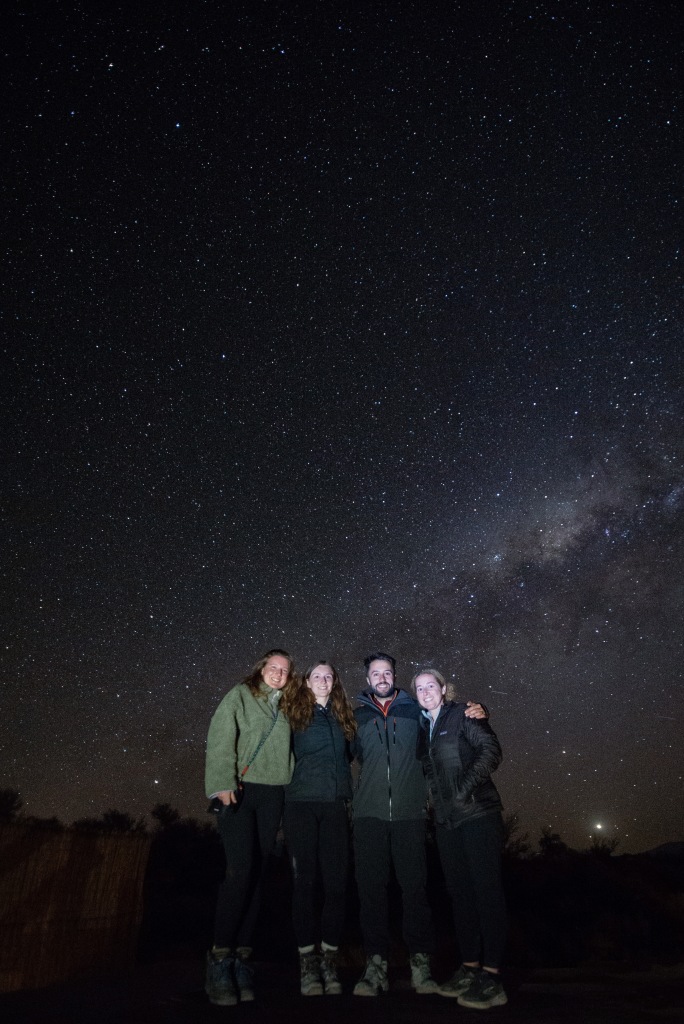
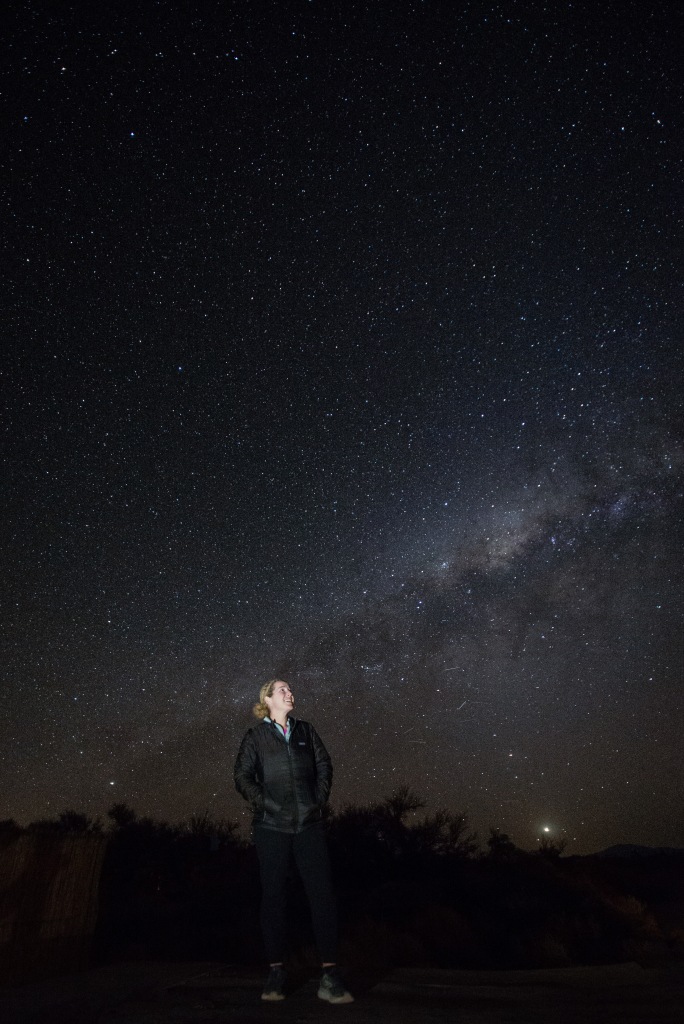
There are many, many other tours like floating in a salty lagoon, hot springs, geysers and more. See here for a comprehensive overview of your options or just ask your hostel/hotel when you arrive 🙂
OVERALL THOUGHTS:
Atacama is a very cute, but touristy spot in the north of Chile. It’s fairly expensive, but I really enjoyed it. It was a fabulous spot to spend 5 days, soaking up the warmth & sun after the cold mountains in Bolivia. I met fun travelers and loved my hostel. Highly recommend this on any Chile itinerary as the nature is stunning!
CITY: Santiago
HOW LONG: 6 Nights
ACCOMMODATION:
We cannot recommend Ventana Sur more if you stay in Santiago! It’s basically a home converted into a hostel, which makes it so cozy and incredibly easy to meet people. Free breakfast is yummy and everyone sits at one of two large tables so you get to know everyone. Each night people are hanging out, drinking socially and playing games. The neighborhood is wonderful and incredibly safe (huge perk). We loved being here and Ivan is a wonderful host!
WHERE TO EAT:
- Auténtiko French Takos – weird fusion but it was pretty dang delicious. I had a cordon blue with avocado and there are French fries inside all wrapped up in a grilled tortilla. My friends didn’t love theirs but I quite enjoyed mine haha.
- Bemvindo Cafe – cute cozy spot to work with a hot drink
- In Pasta – Fabulous Italian restaurant. We had yummy mushroom pasta and fun drinks.
- La Tranquera Pastelería – yummy empanadas with seating in front to watch the world go by
- Ciudadano – delicious pizza. We ate here twice. It was great for eating 1/2 for dinner and then taking 1/2 for the bus ride the next day.
- Mala Mia – vegetarian brunch spots. Lots of plants and colorful, creative plants
- La Panadera – fabulous croissants for the morning or a long bus ride to your next destination
- Doña Empanada – quick, cheap, great empanada spot.
- Cafe de La Candelaria – cute indoor and outdoor seating. Fairly affordable cute brunch vibes
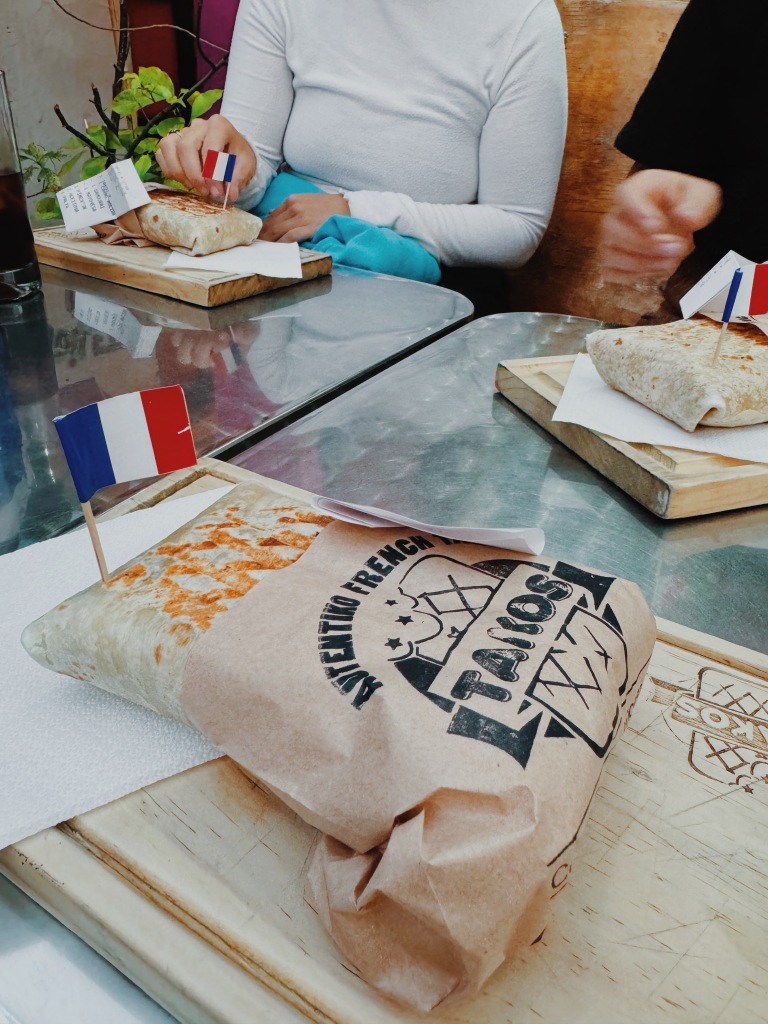
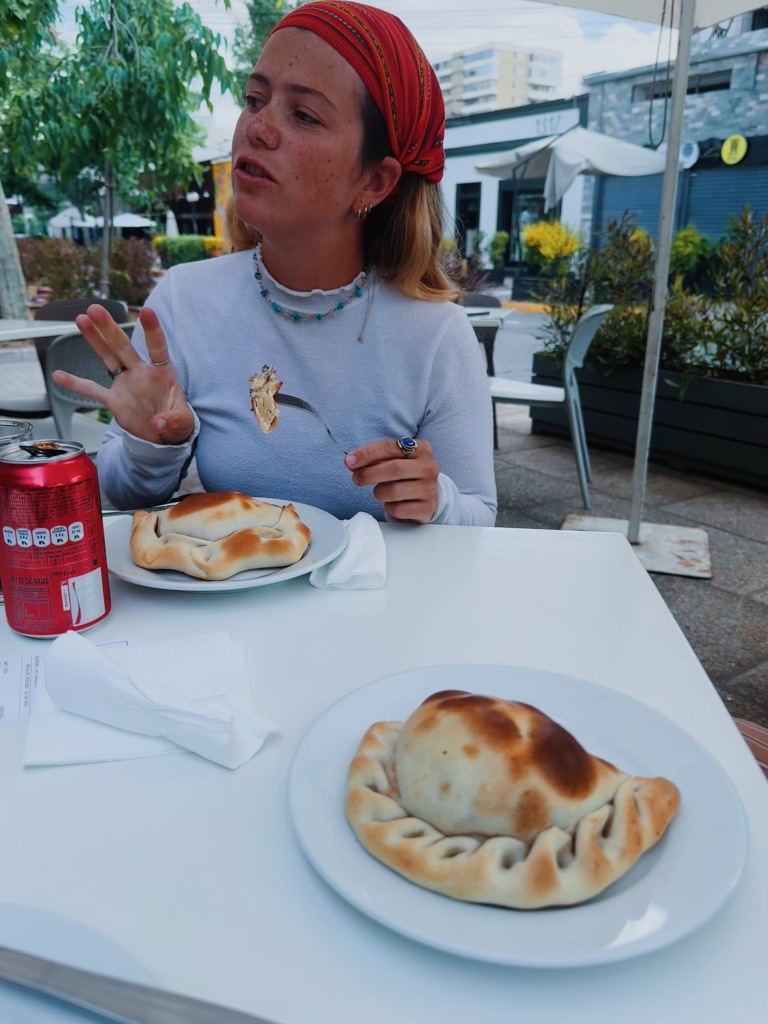
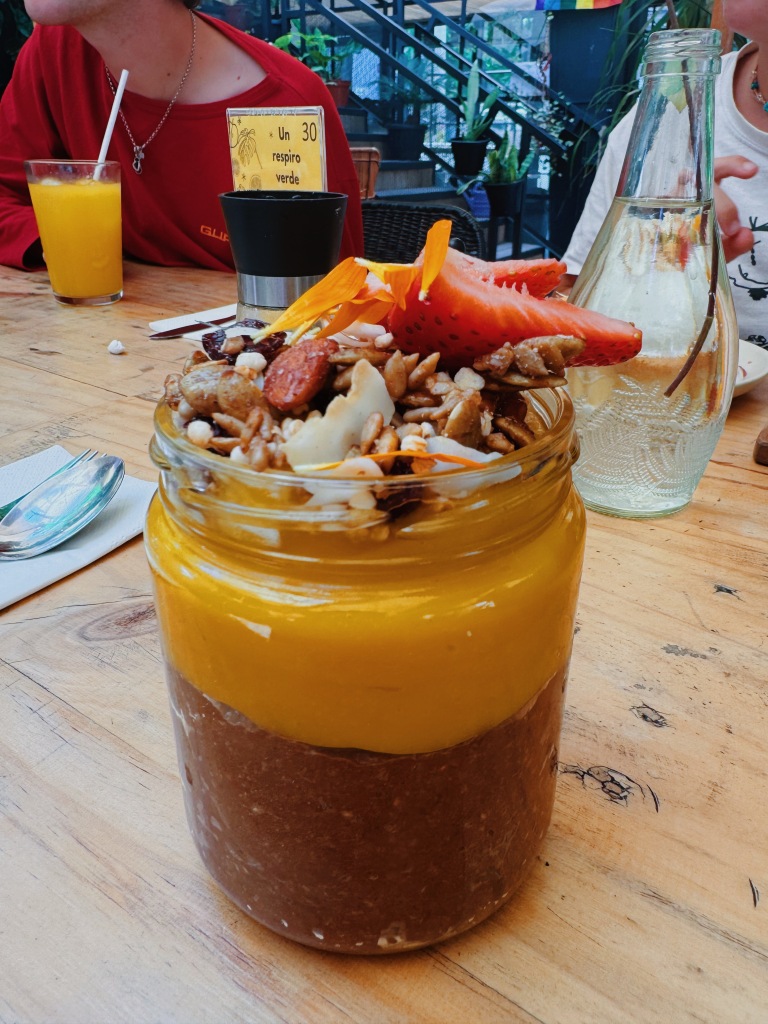
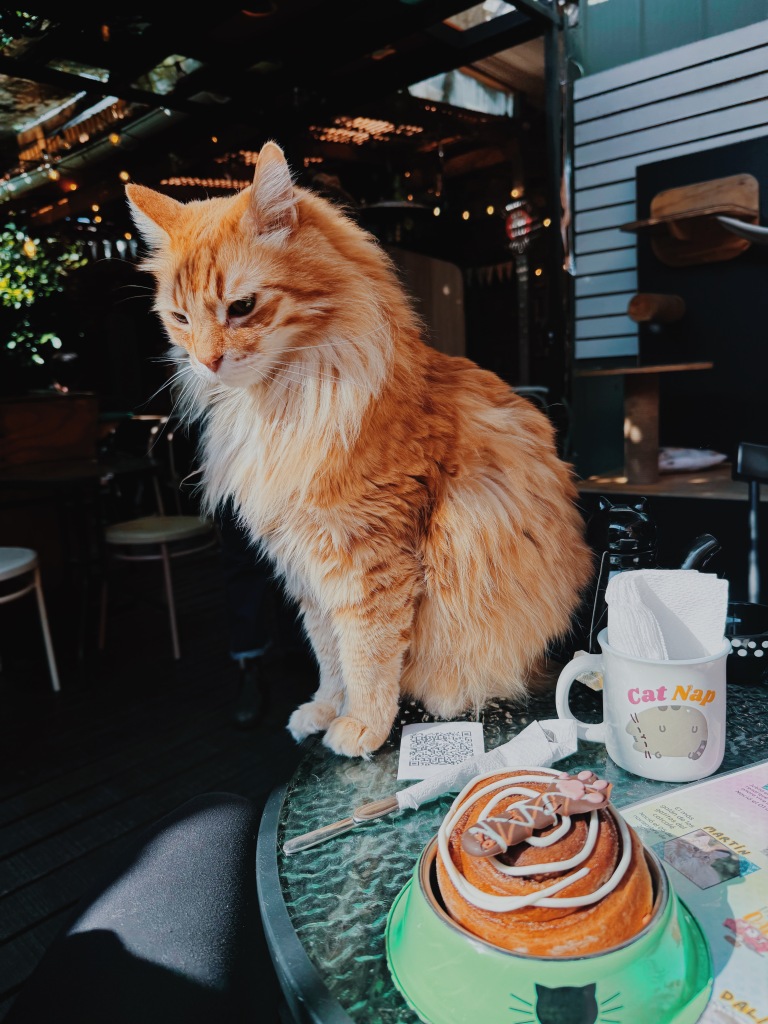



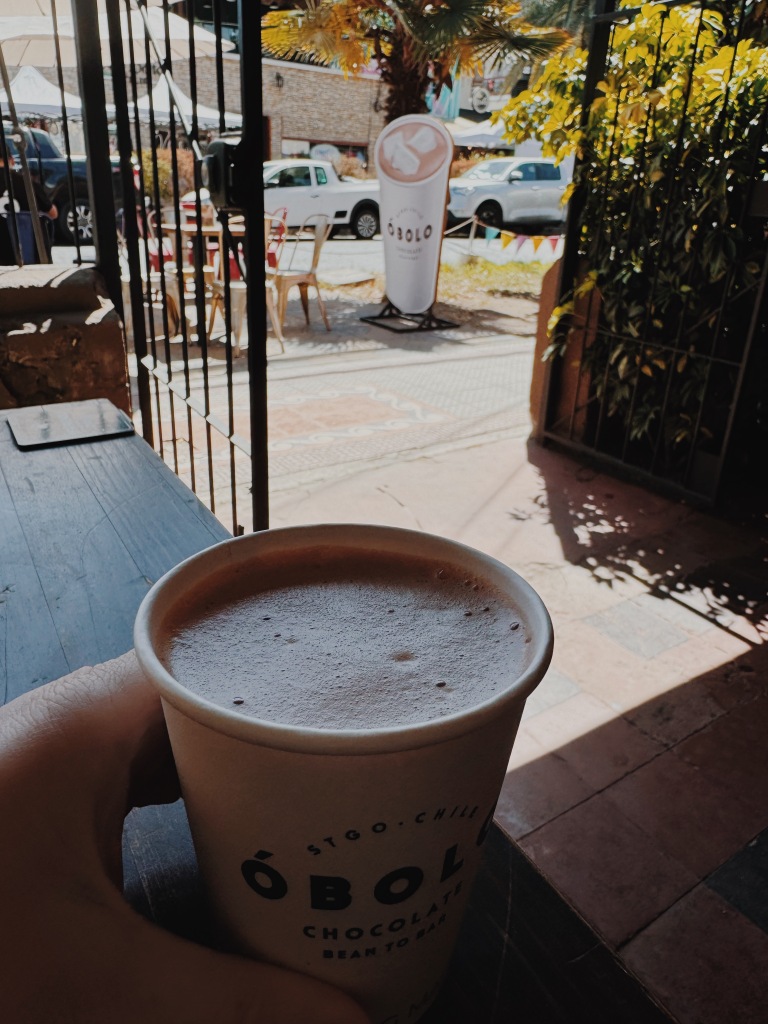
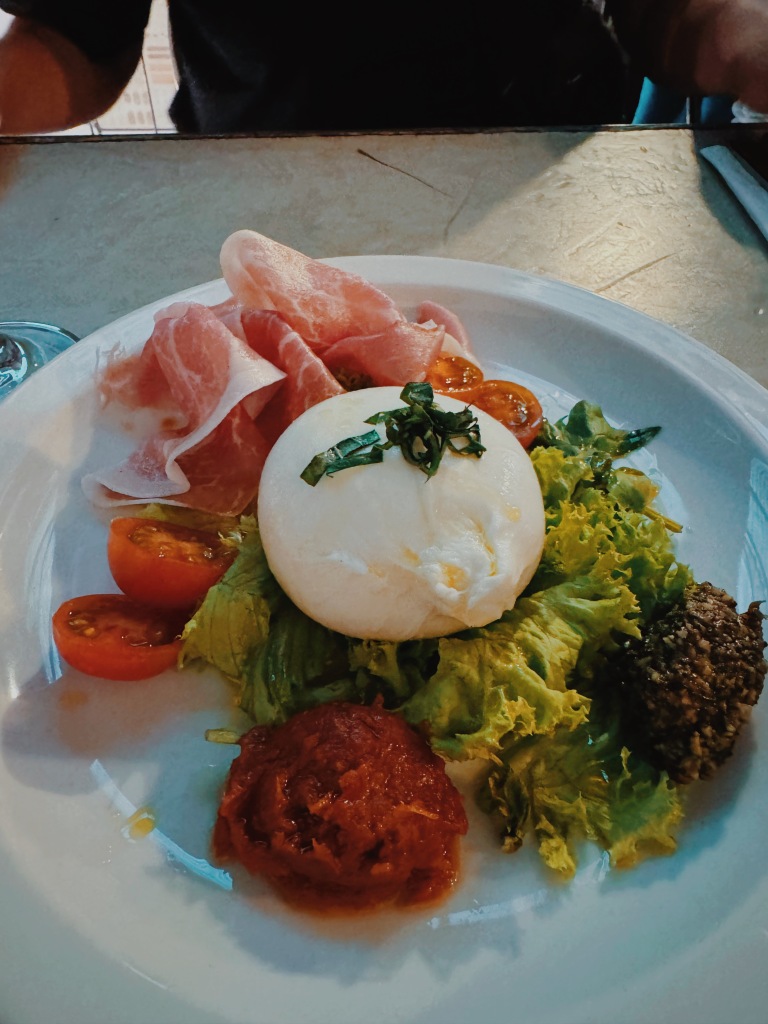

WHAT TO DO:
I had been to Santiago before so I honestly didn’t do much. Last time I was here I did a day trip to Valparaíso (Sonja did this while we were here), which is popular. We did do a walking tour with two women from our hostel, which is always a great option while in a big city to efficiently get a bit of history.
The highlight was accidentally stumbling upon Santa Lucia Hills. It’s a beautiful park with a peak offering 360 degree views of the city and surrounding mountains. Highly recommend visiting here.
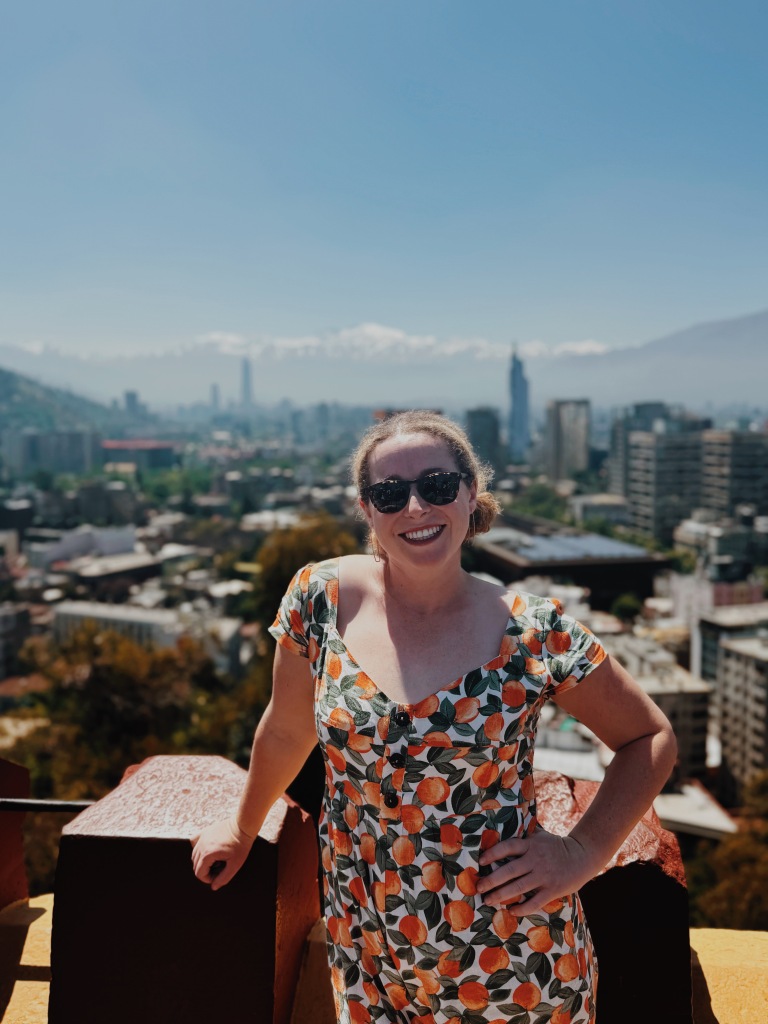
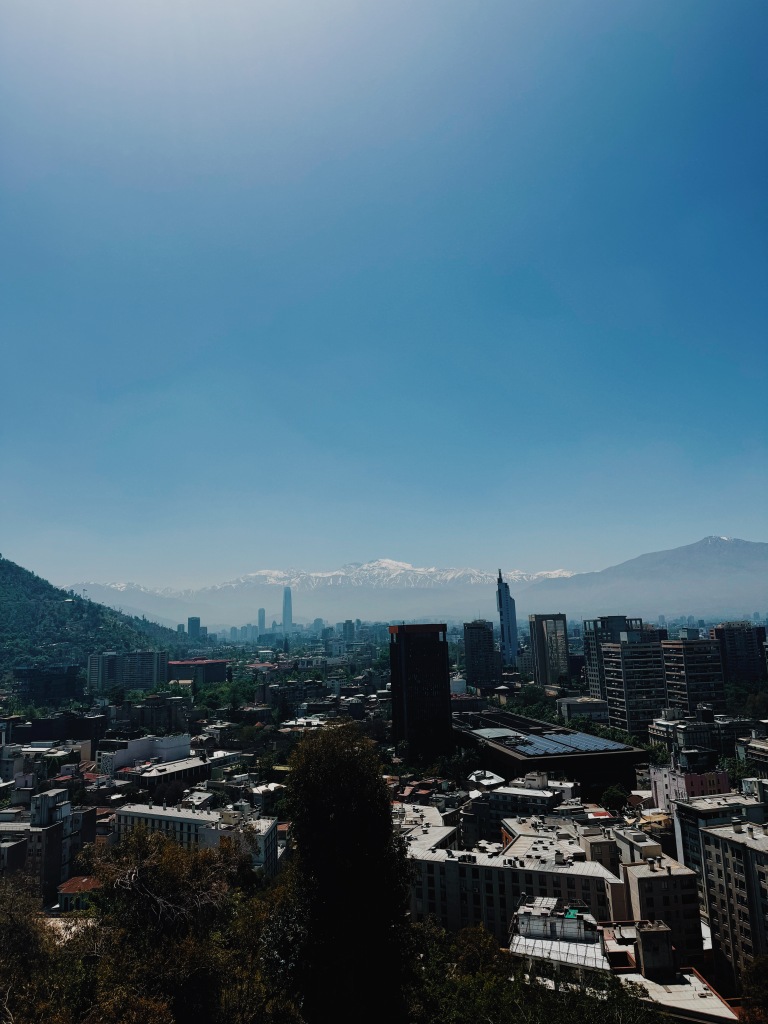

Other friends from the hostel went on a wine tasting here that they raved about so might be worth checking out if that’s your thing.
OVERALL THOUGHTS:
Santiago was not my favorite place the first time I came here 6 years ago. This time I had a blast, mostly because of the peaceful, cafe filled neighborhood we stayed in & because the hostel was perfect! We met so many wonderful humans here.
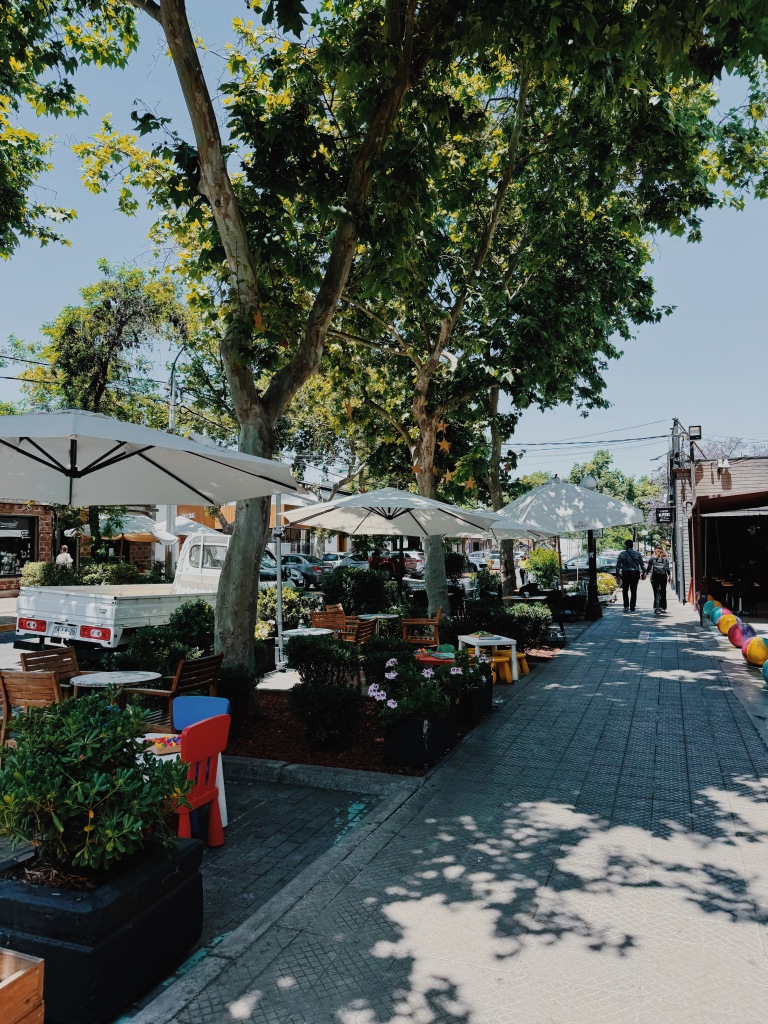
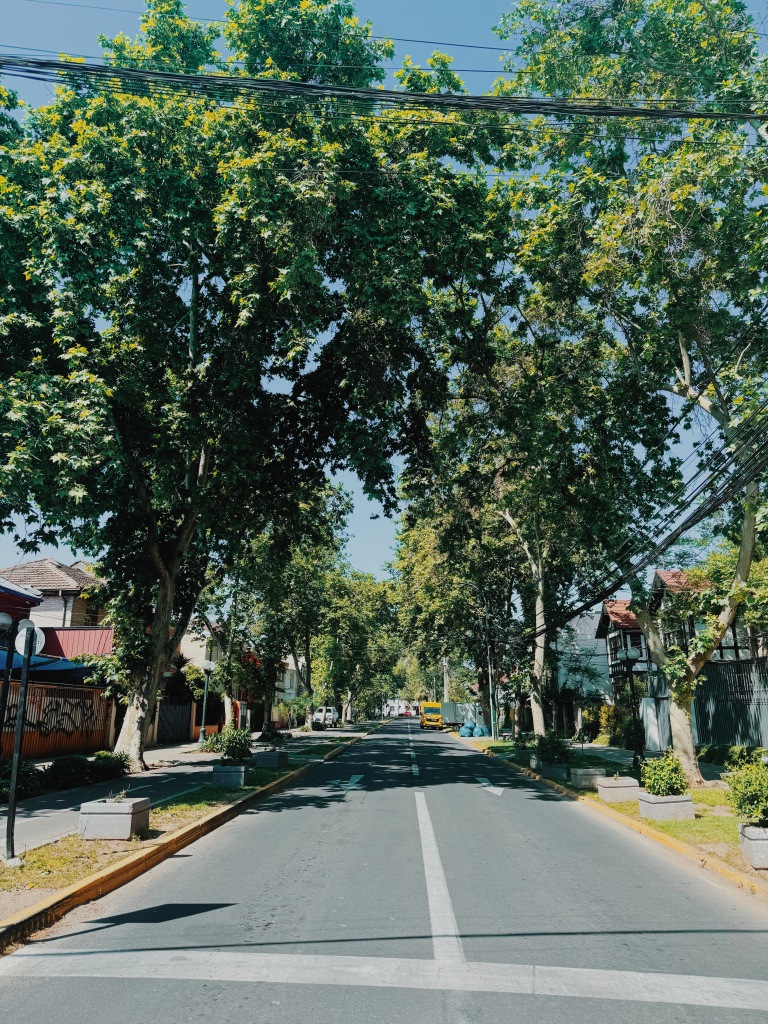
BUDGET FOR 11 DAYS IN CHILE:
Chile is definitely not a cheap country in South America.
Accommodation: $240 ($21.8 per night)
Food: $251
Groceries: $15
Activities: $86
Local Transportation: $98
Miscellaneous: $77 (includes some gifts)
Total: $767 (Daily average: $70)
Transportation to next destination: $35 (bus to Mendoza)



